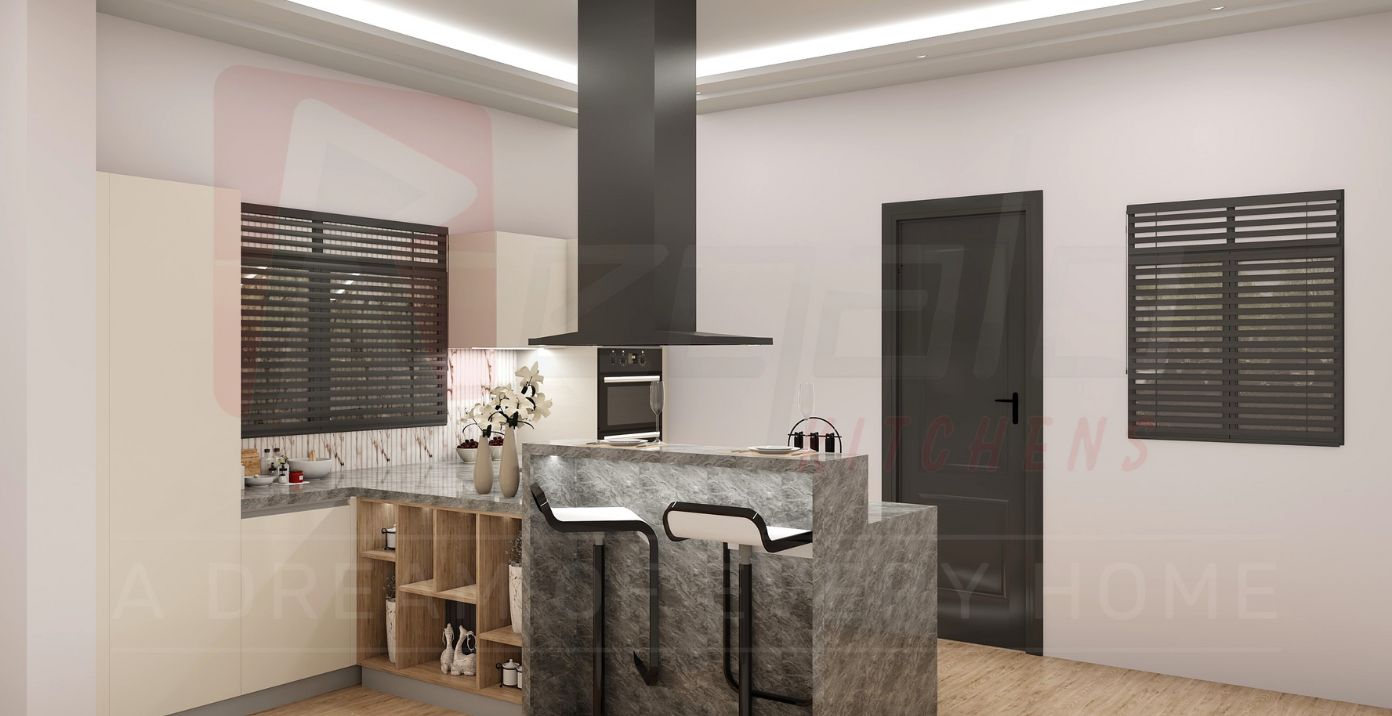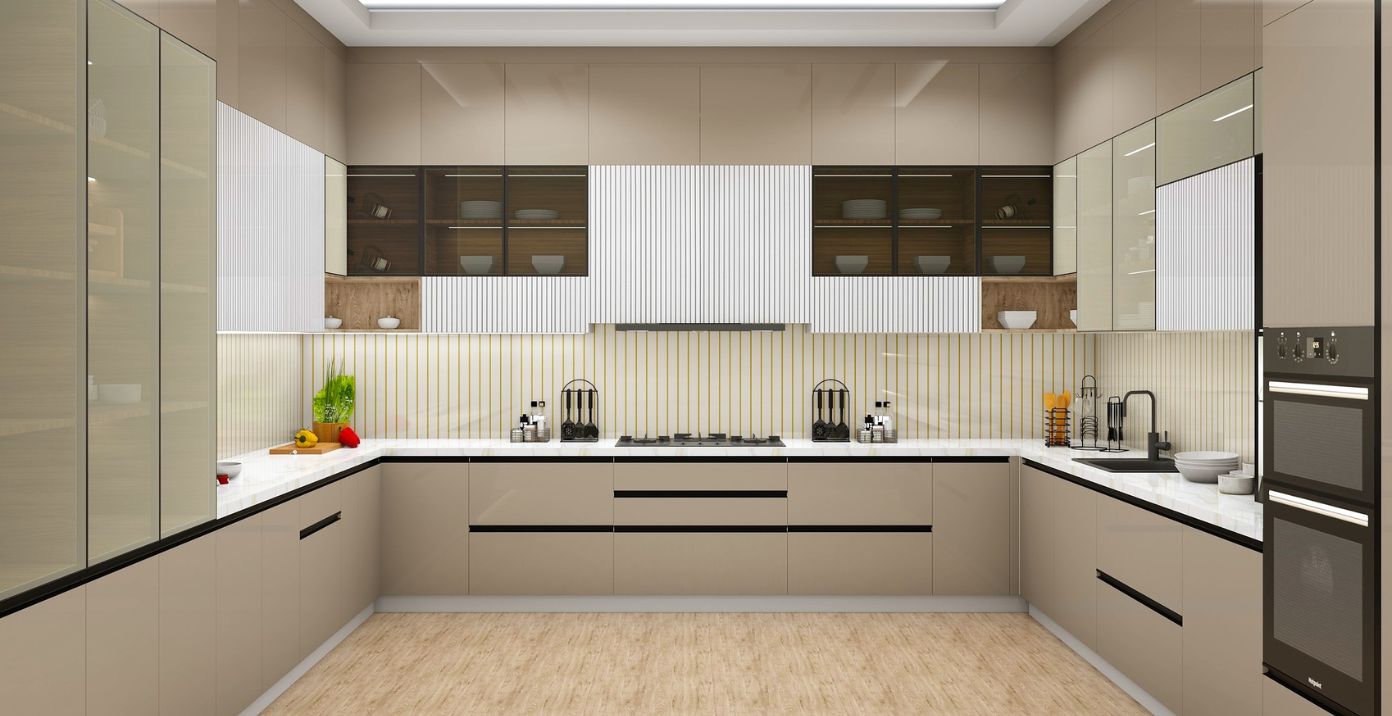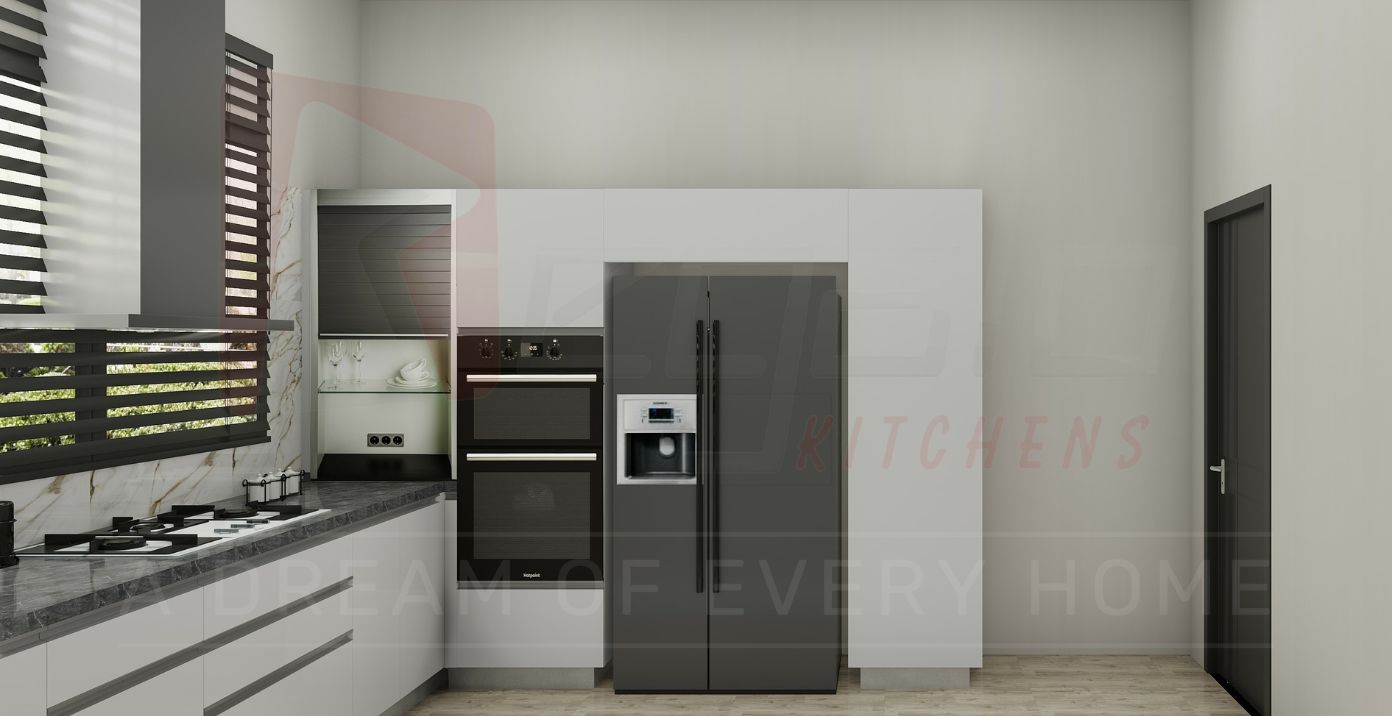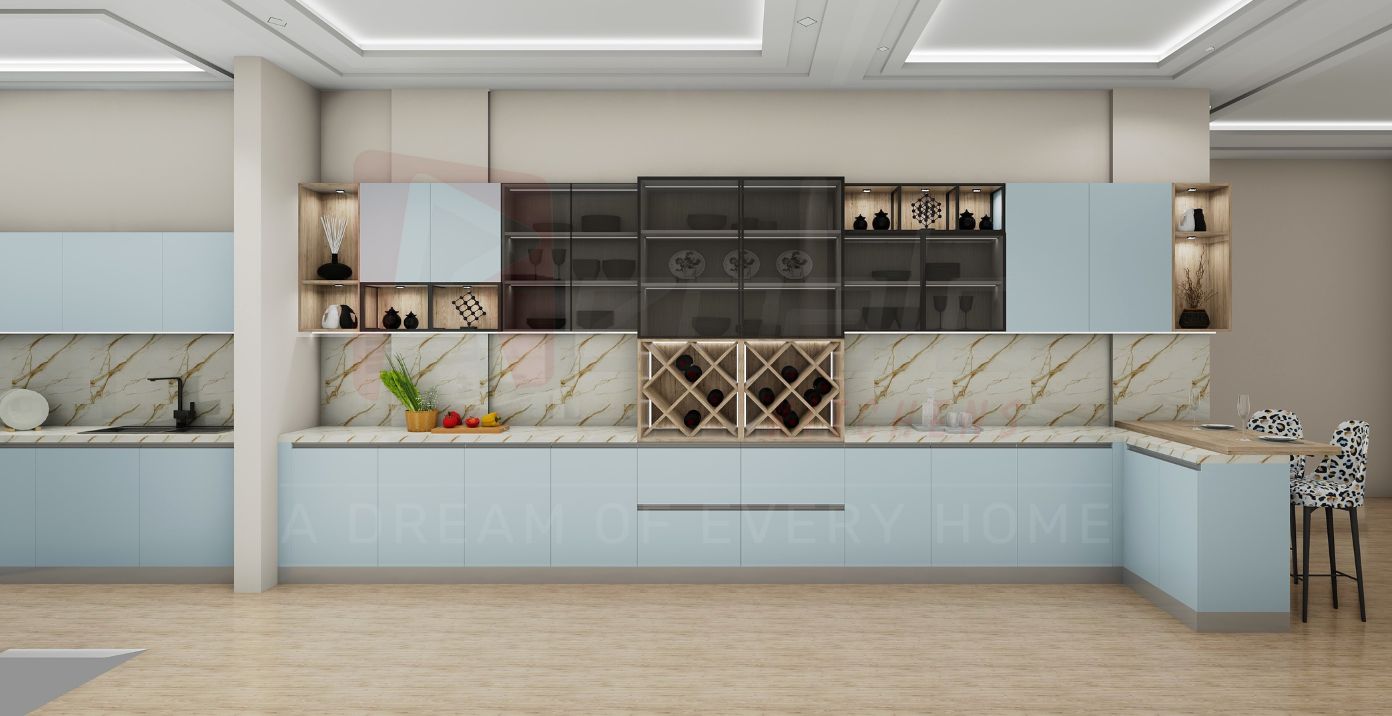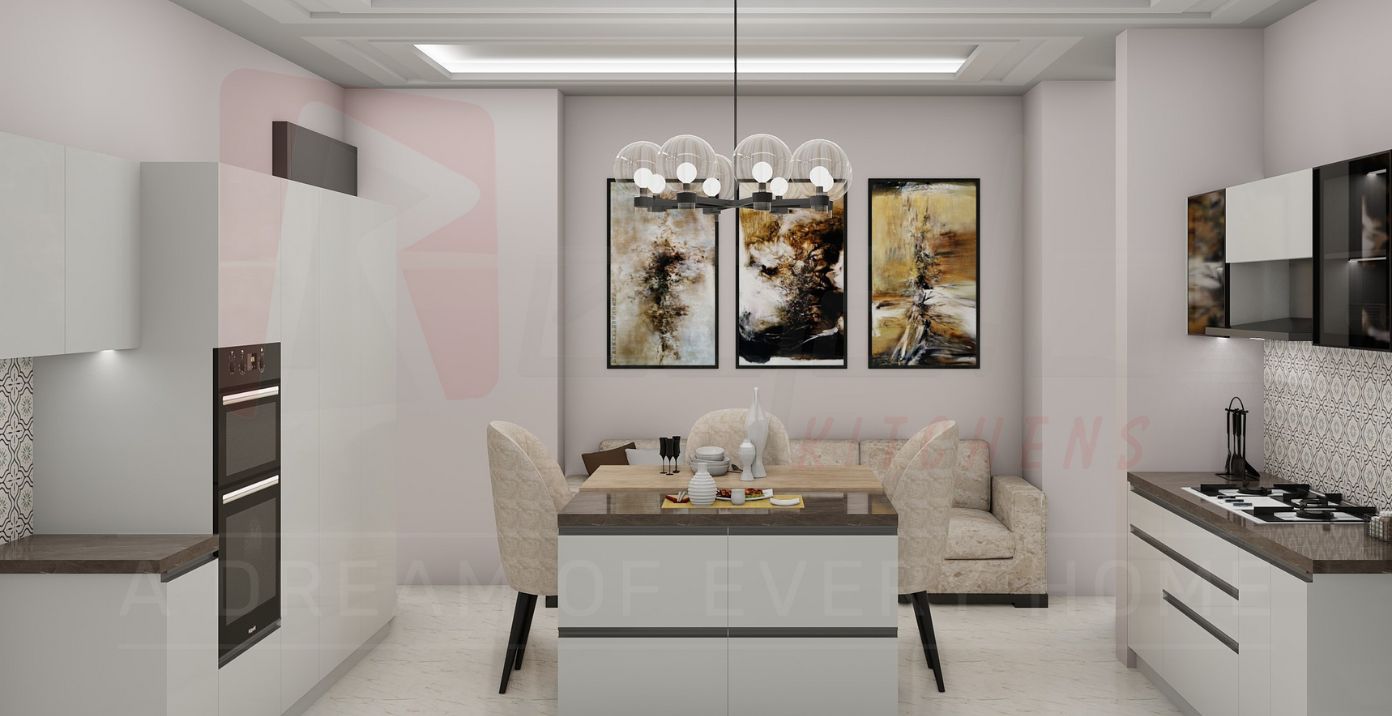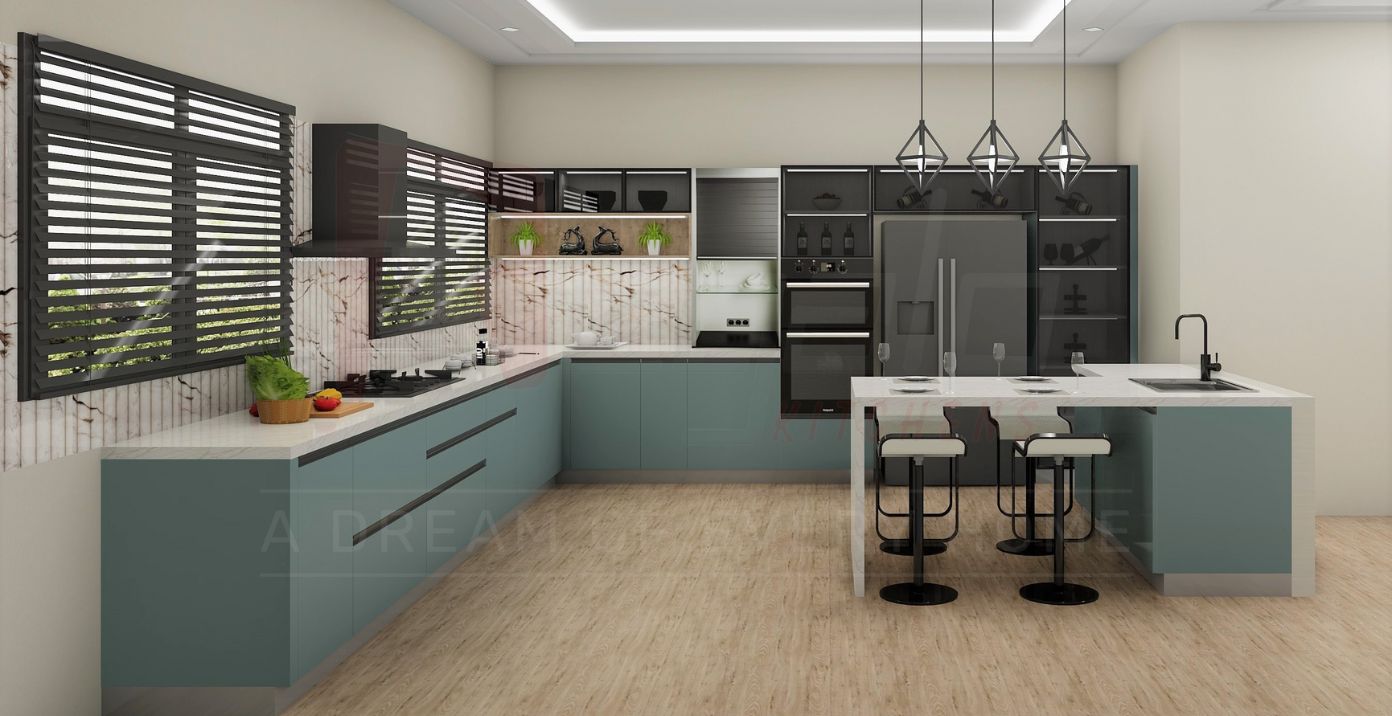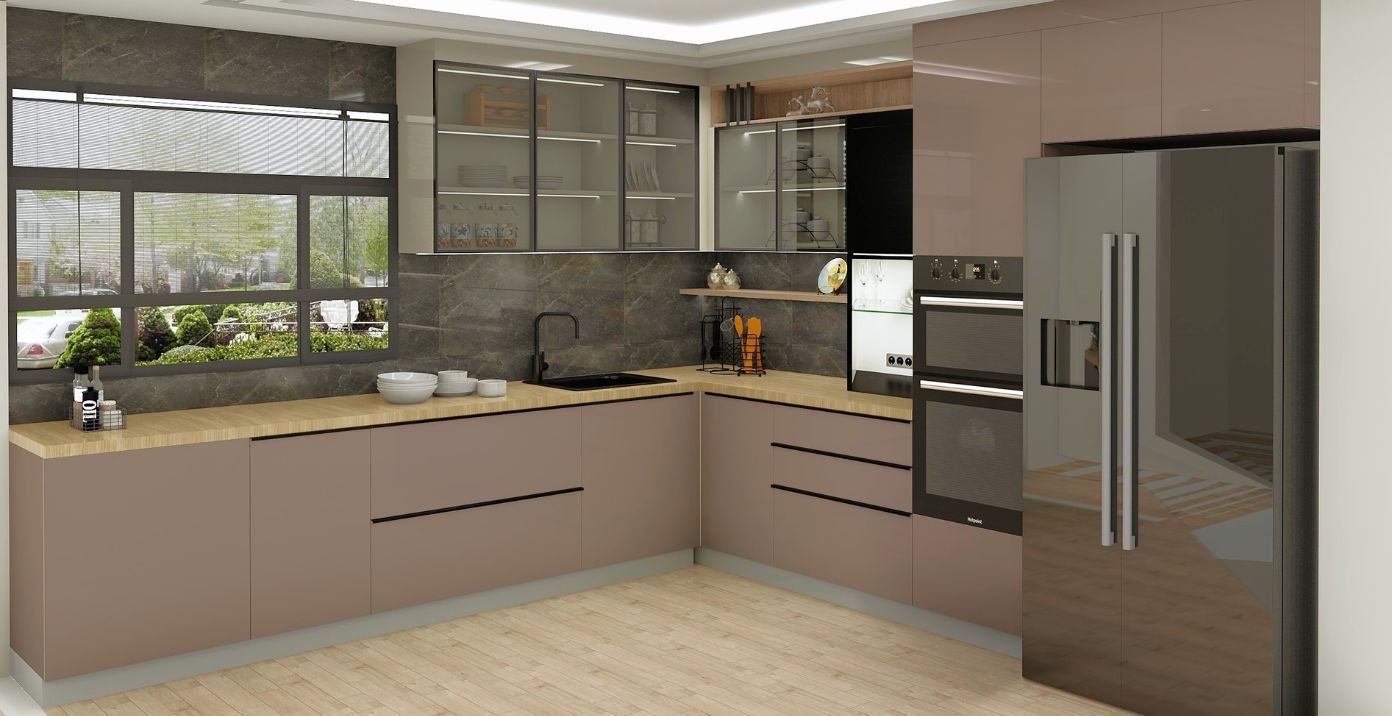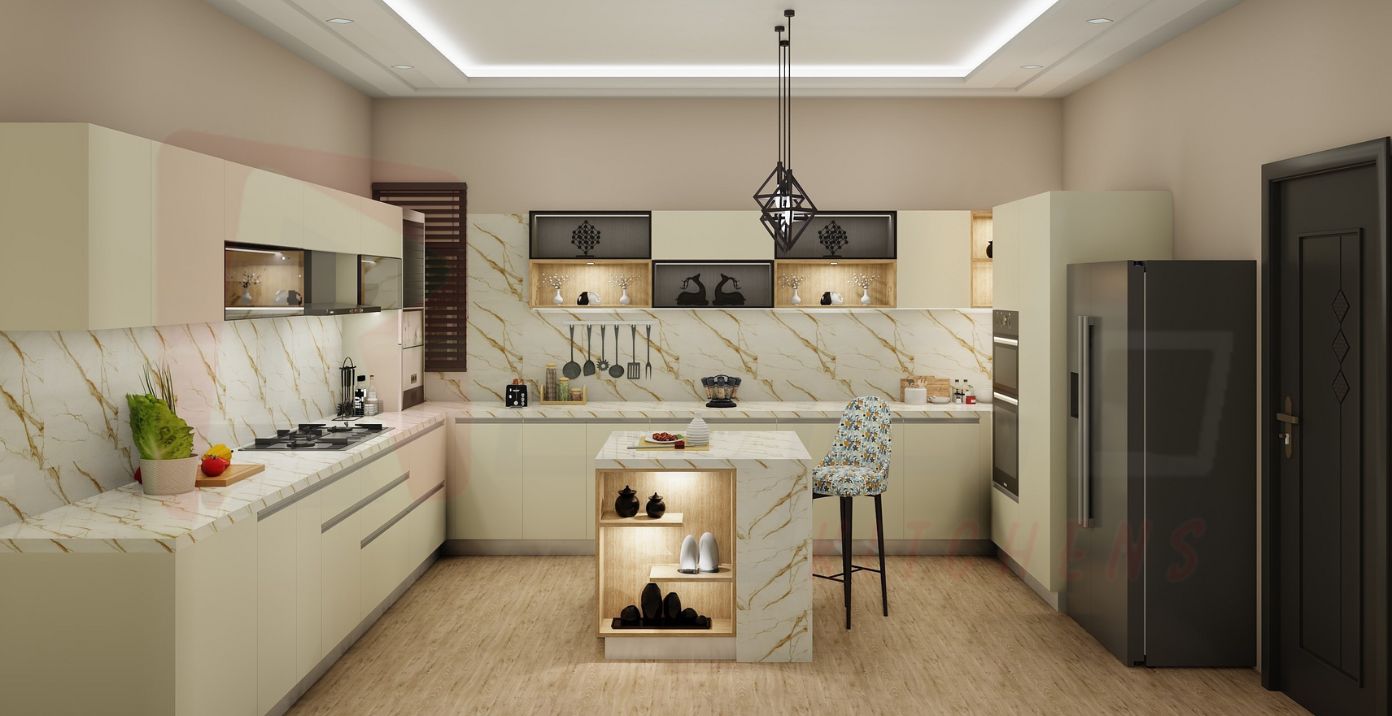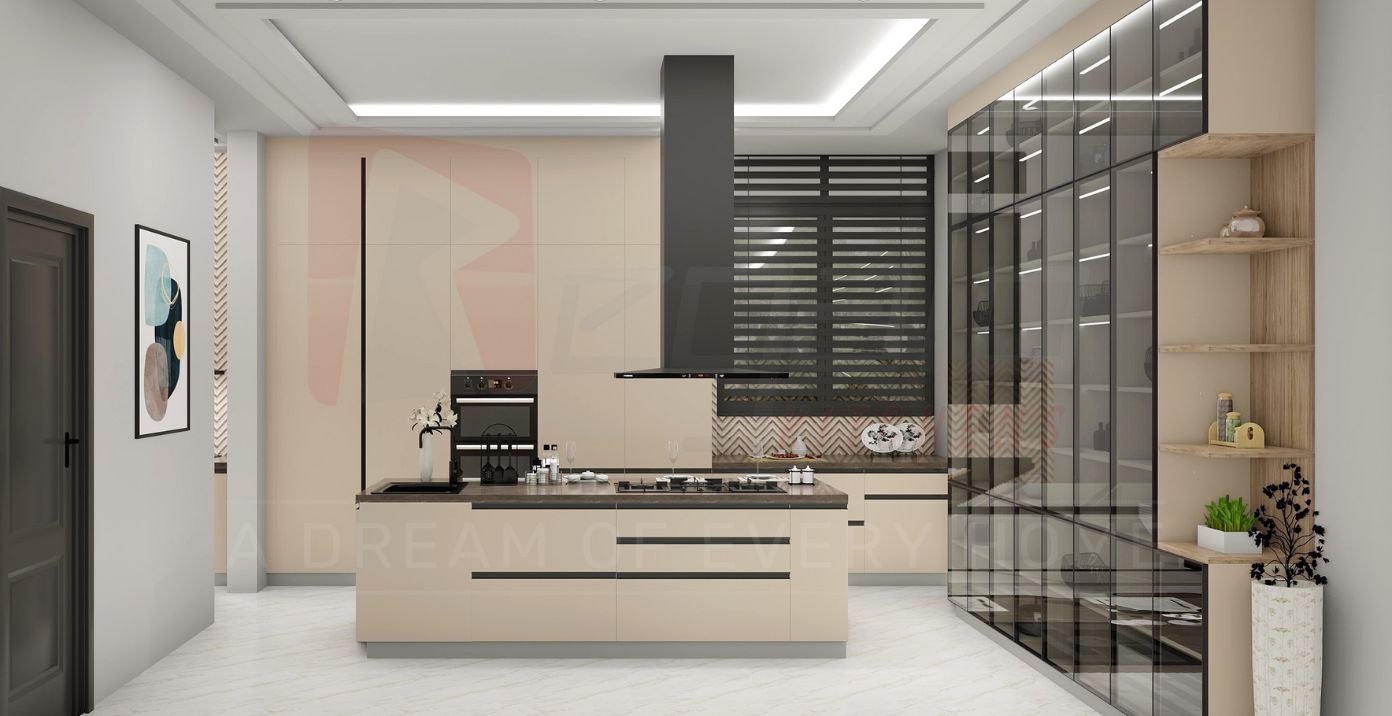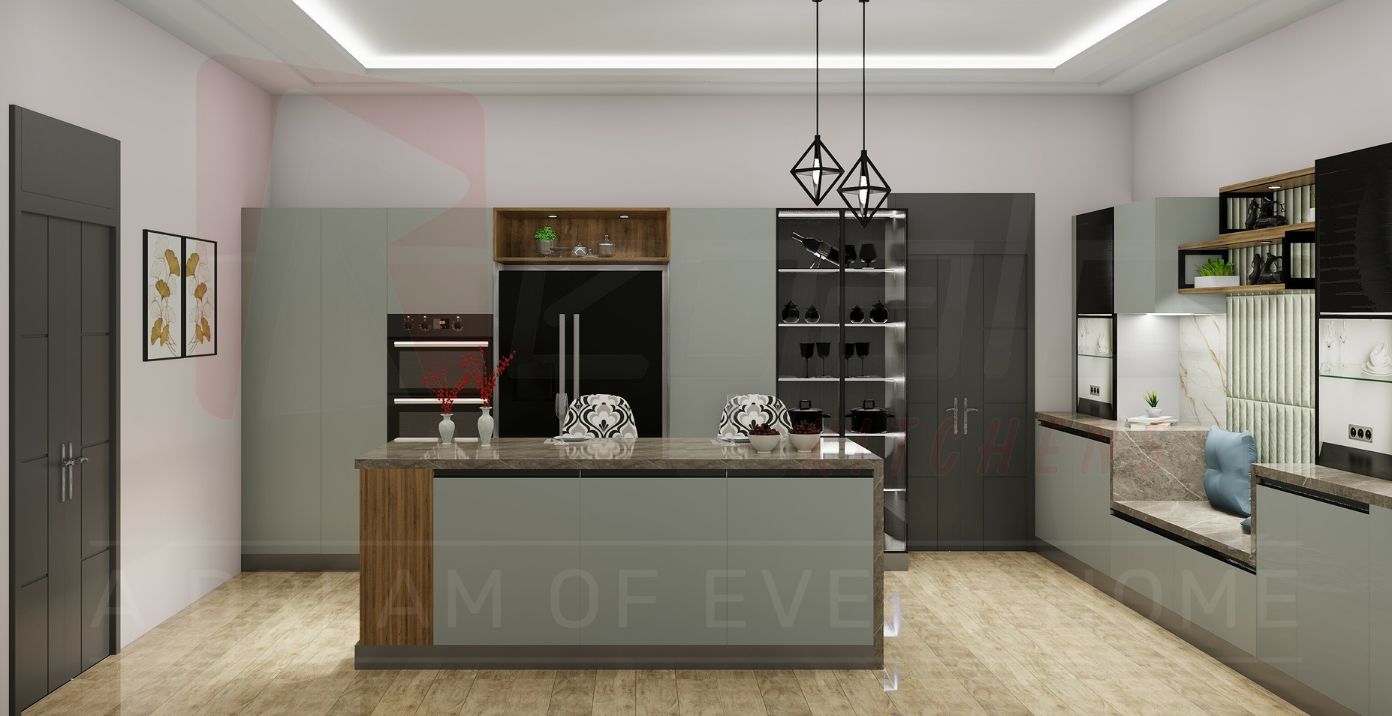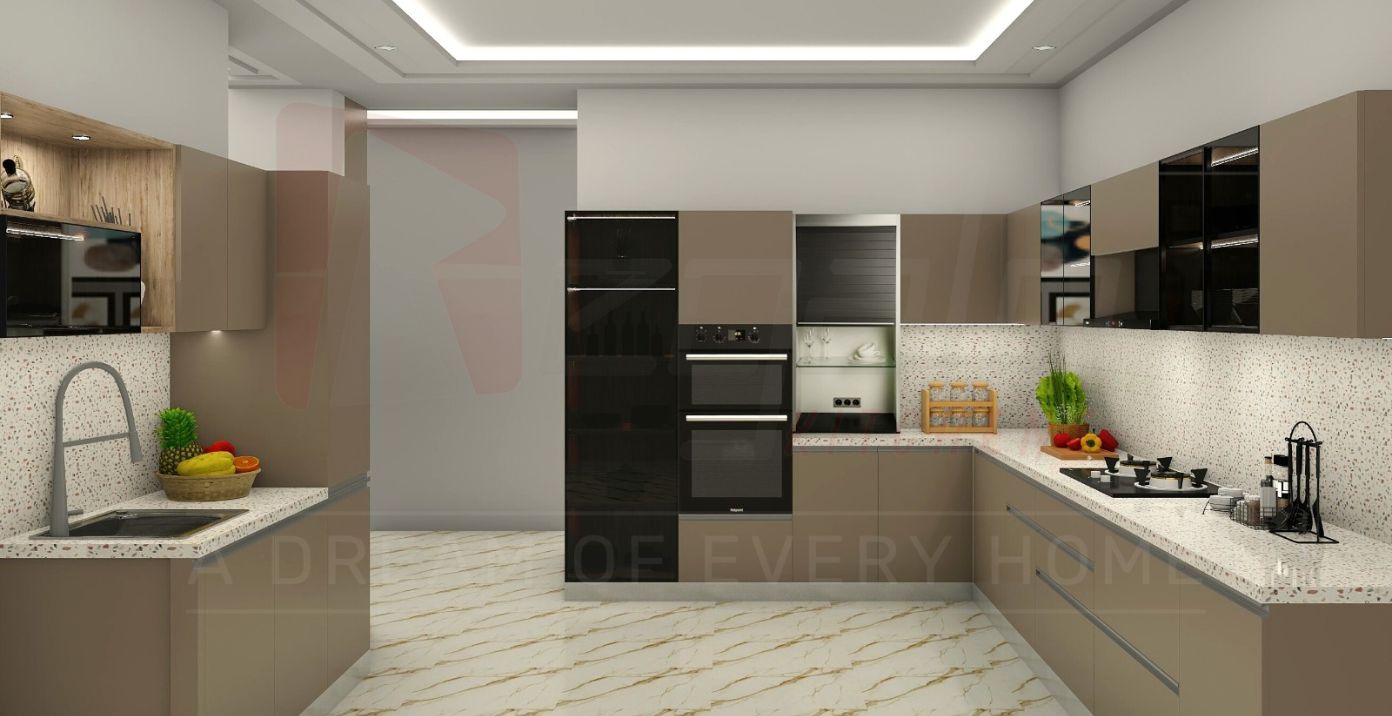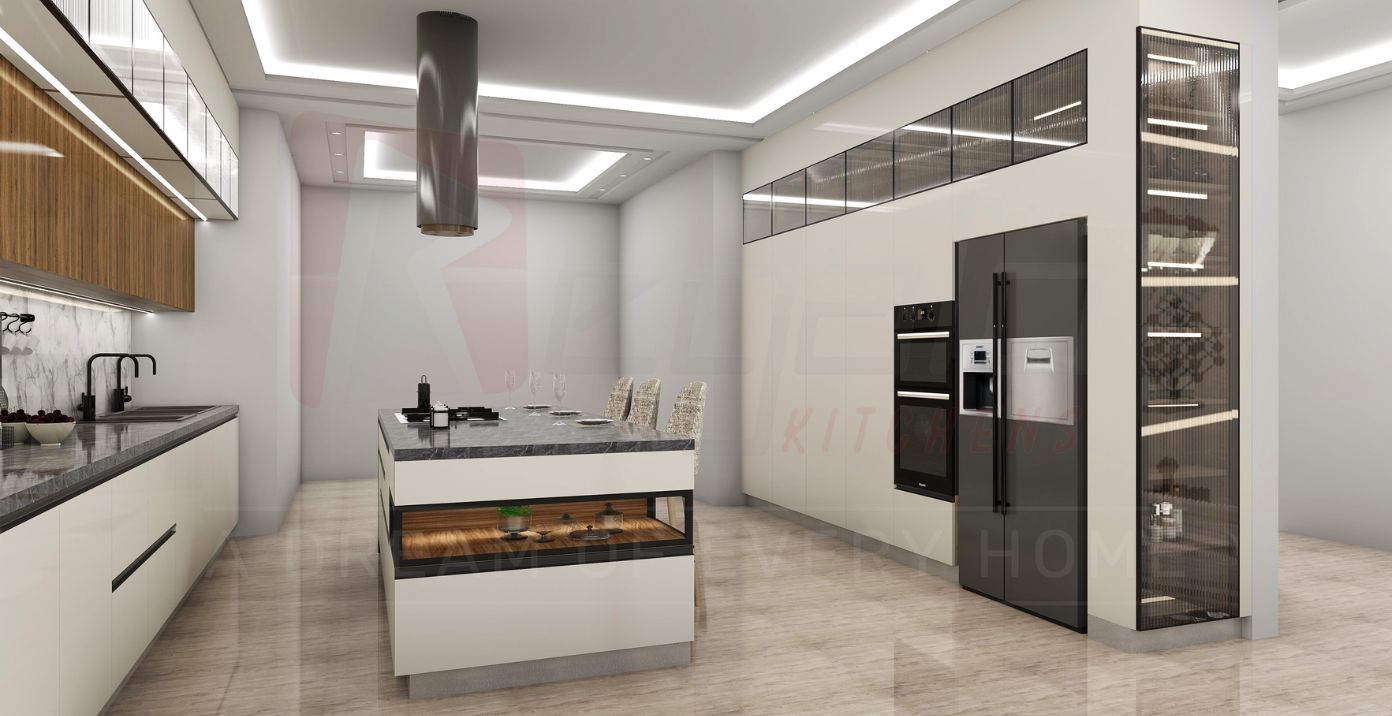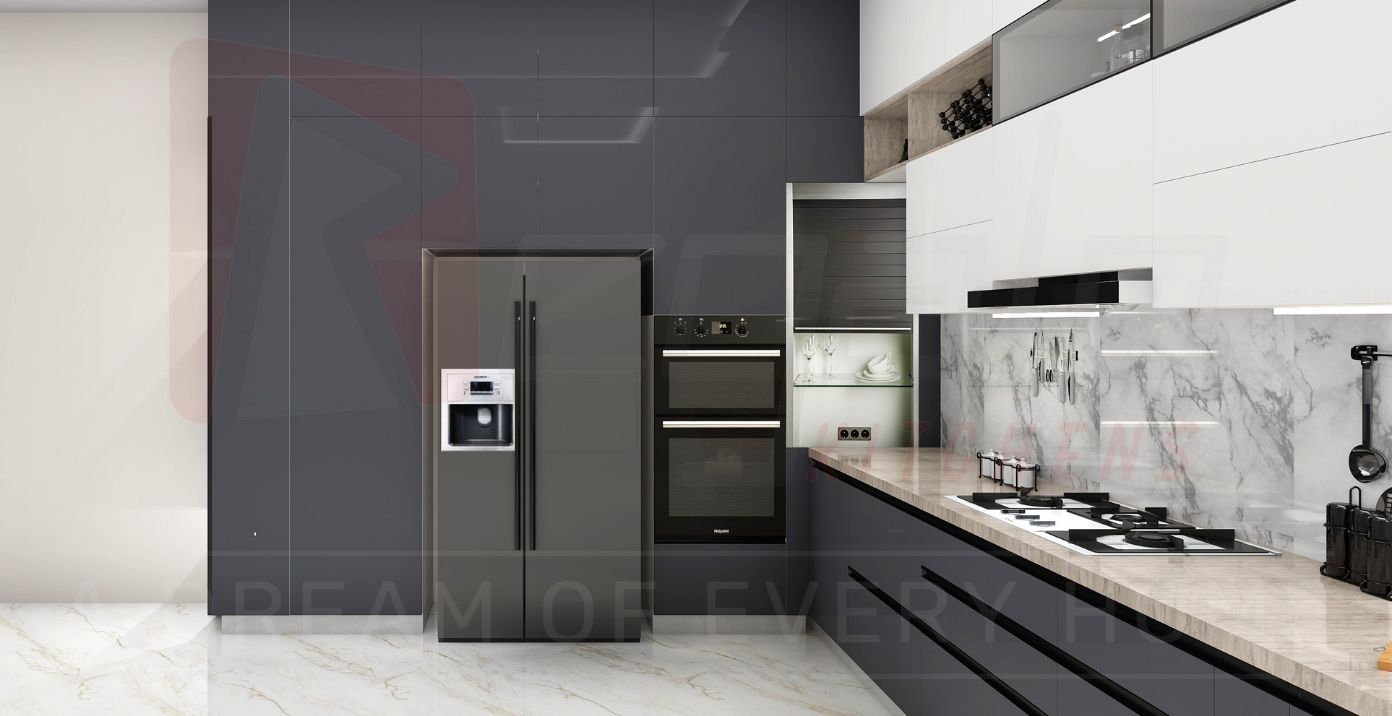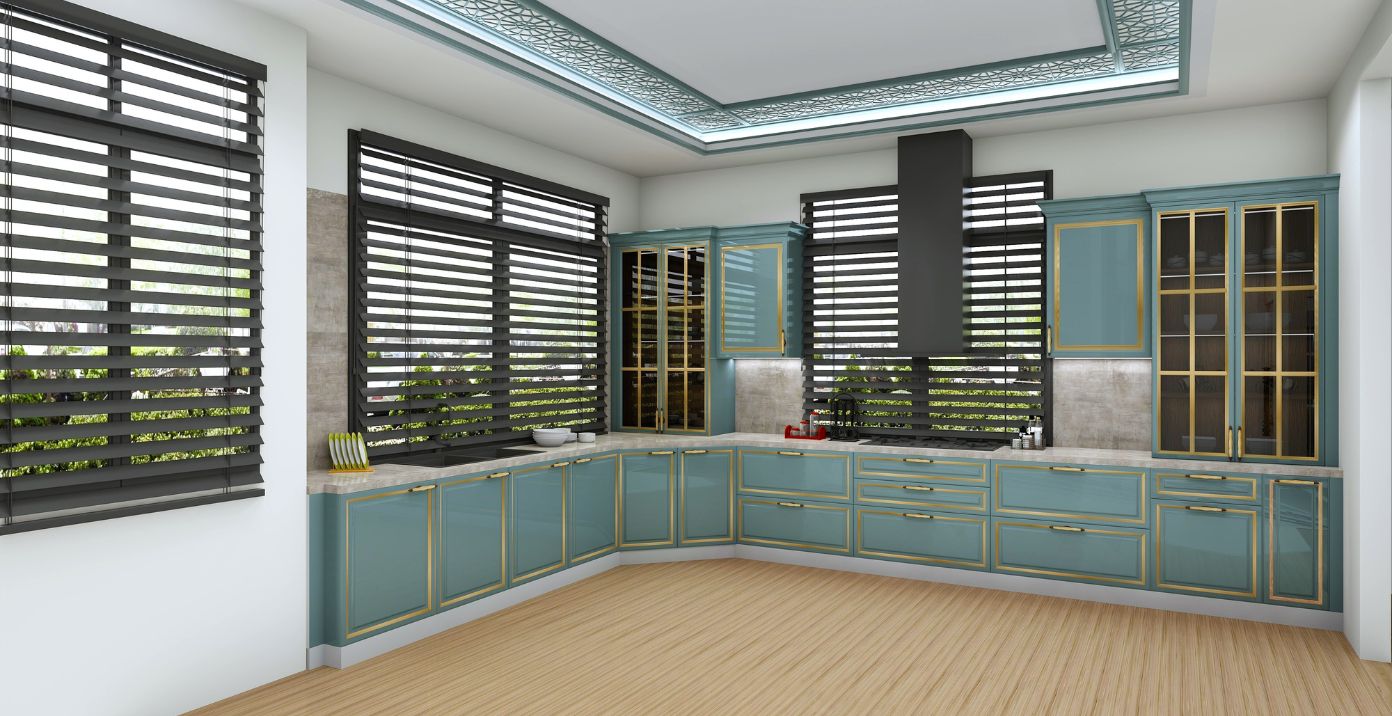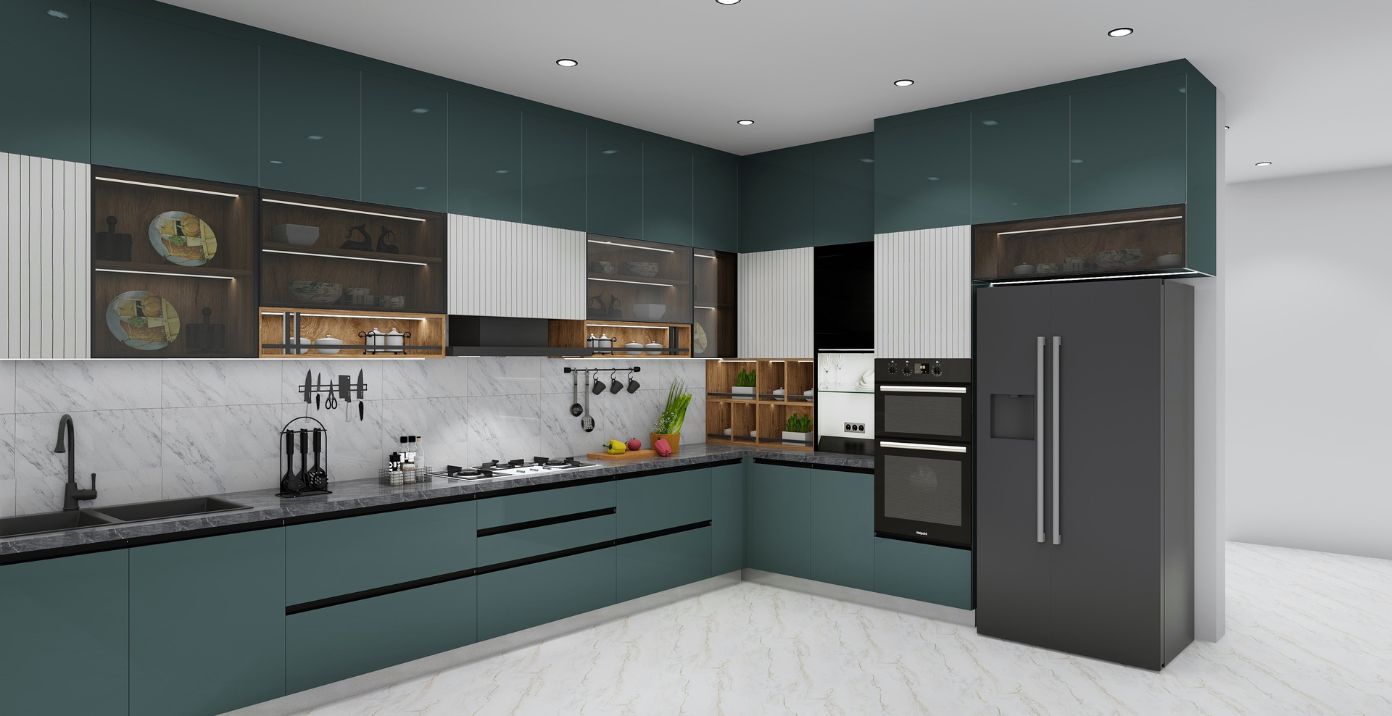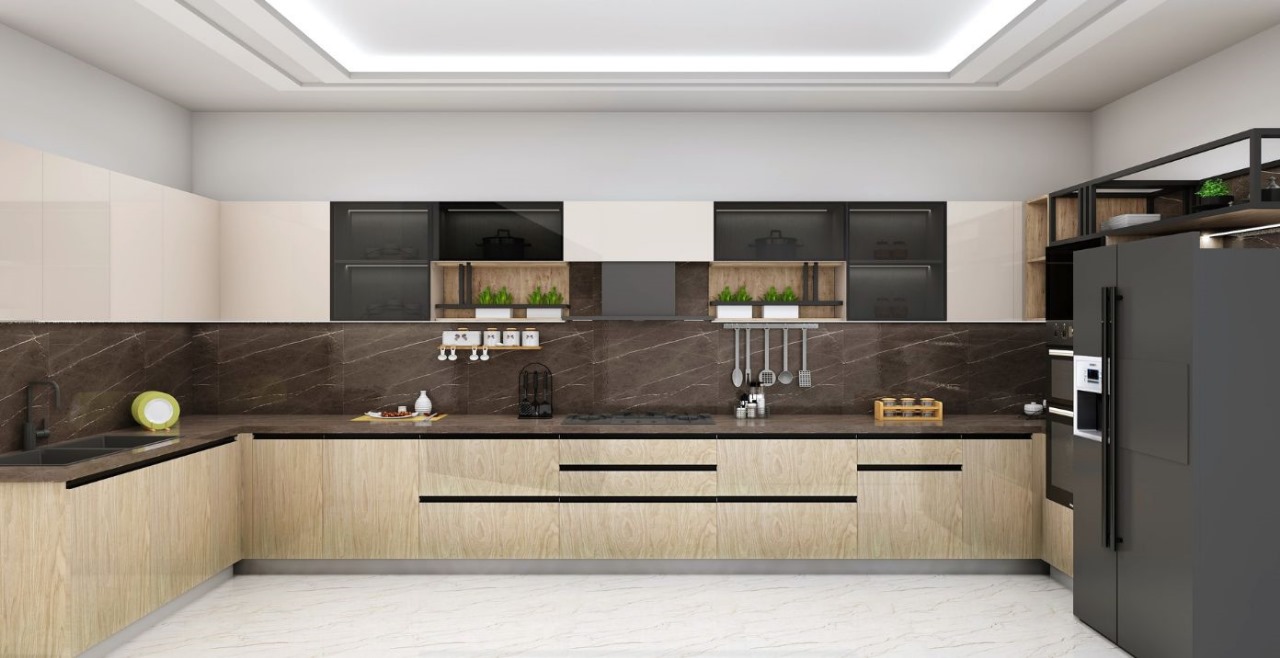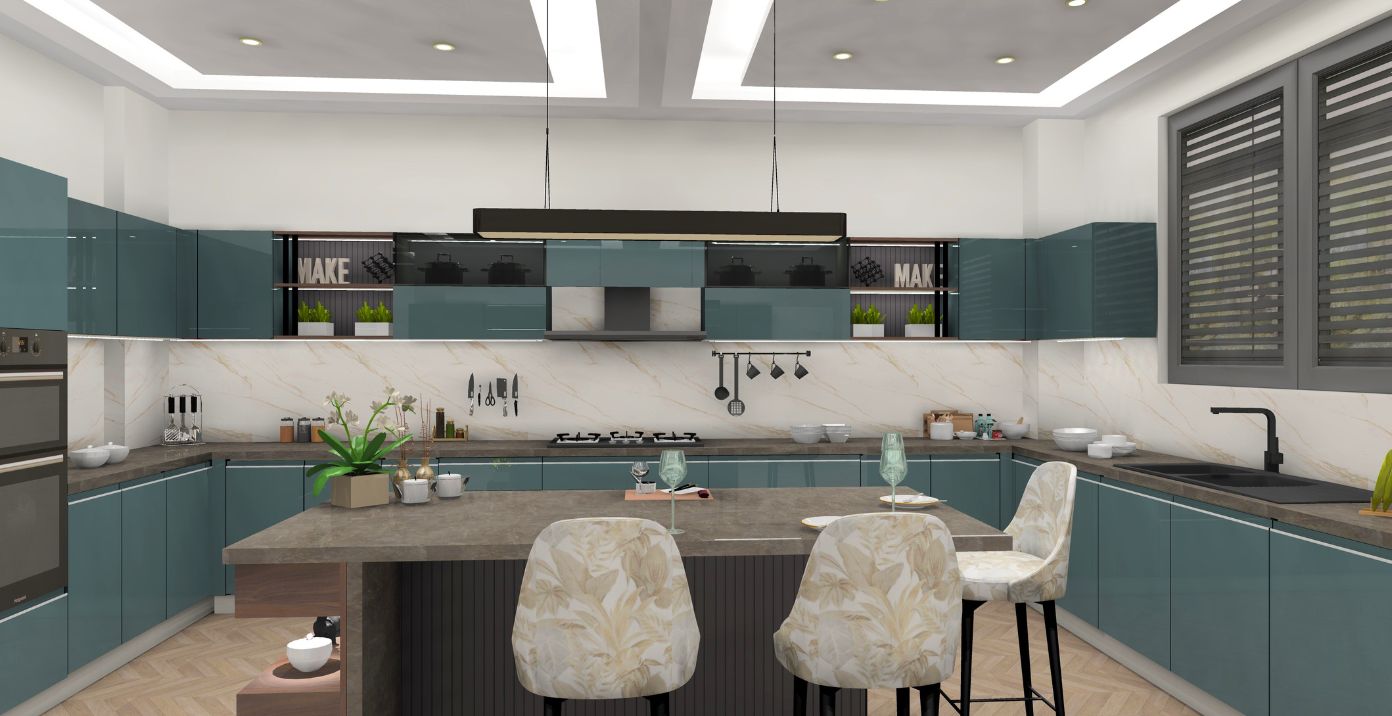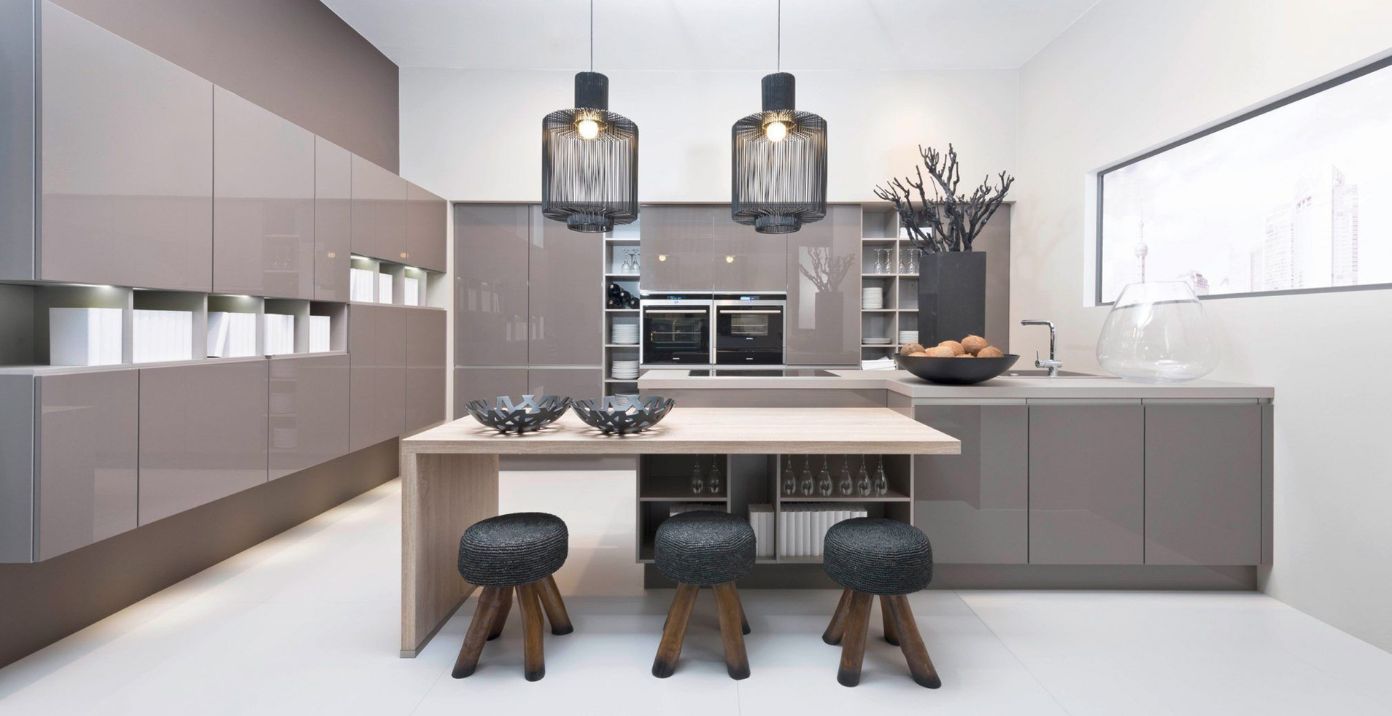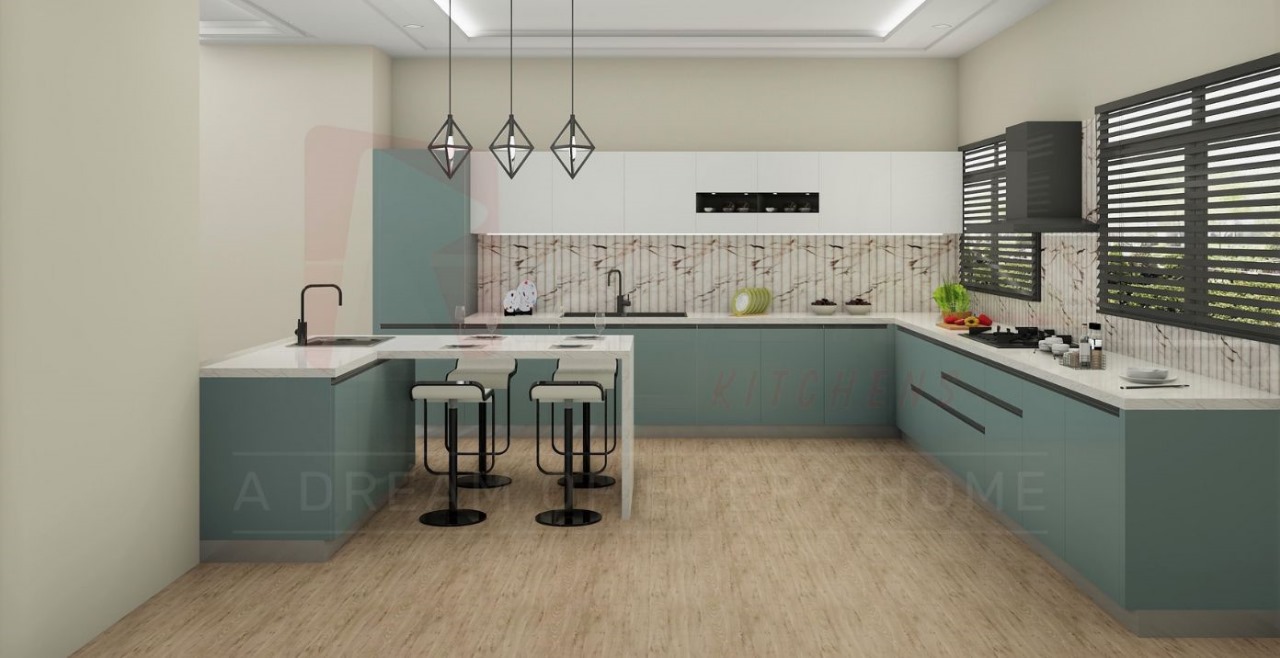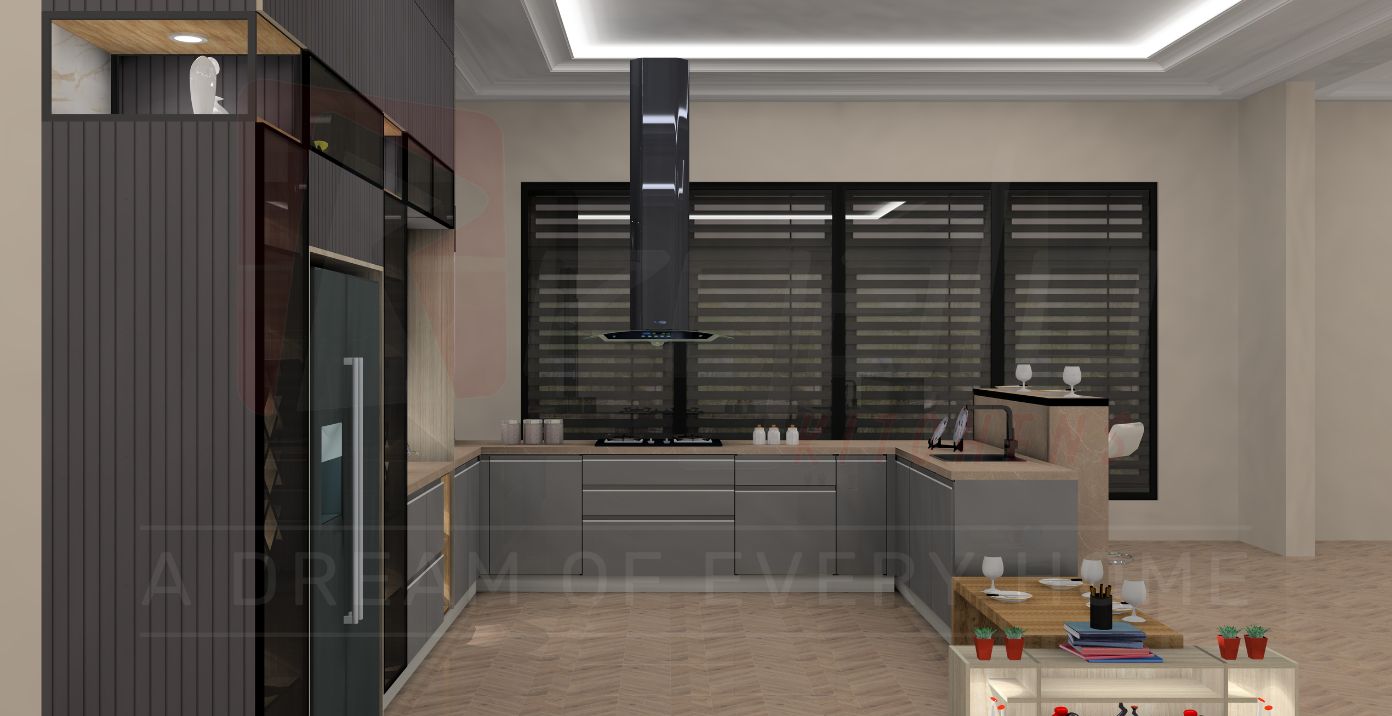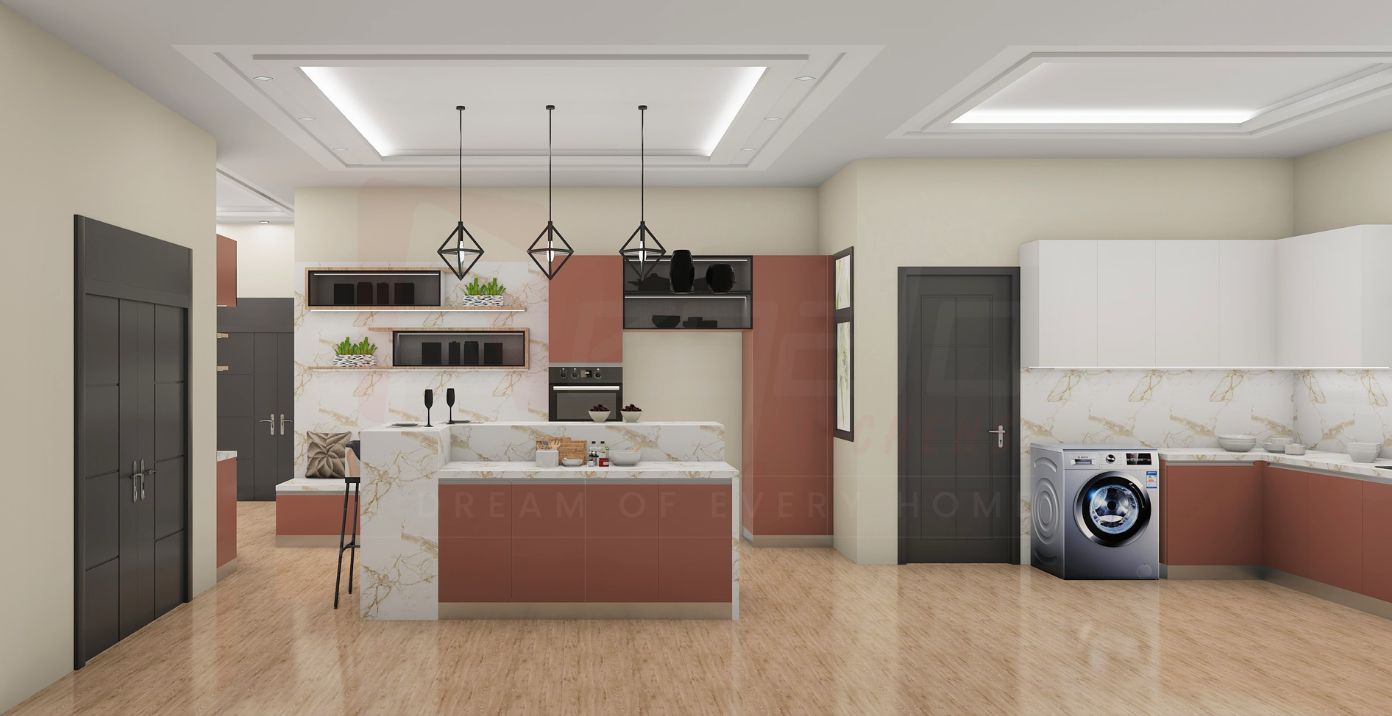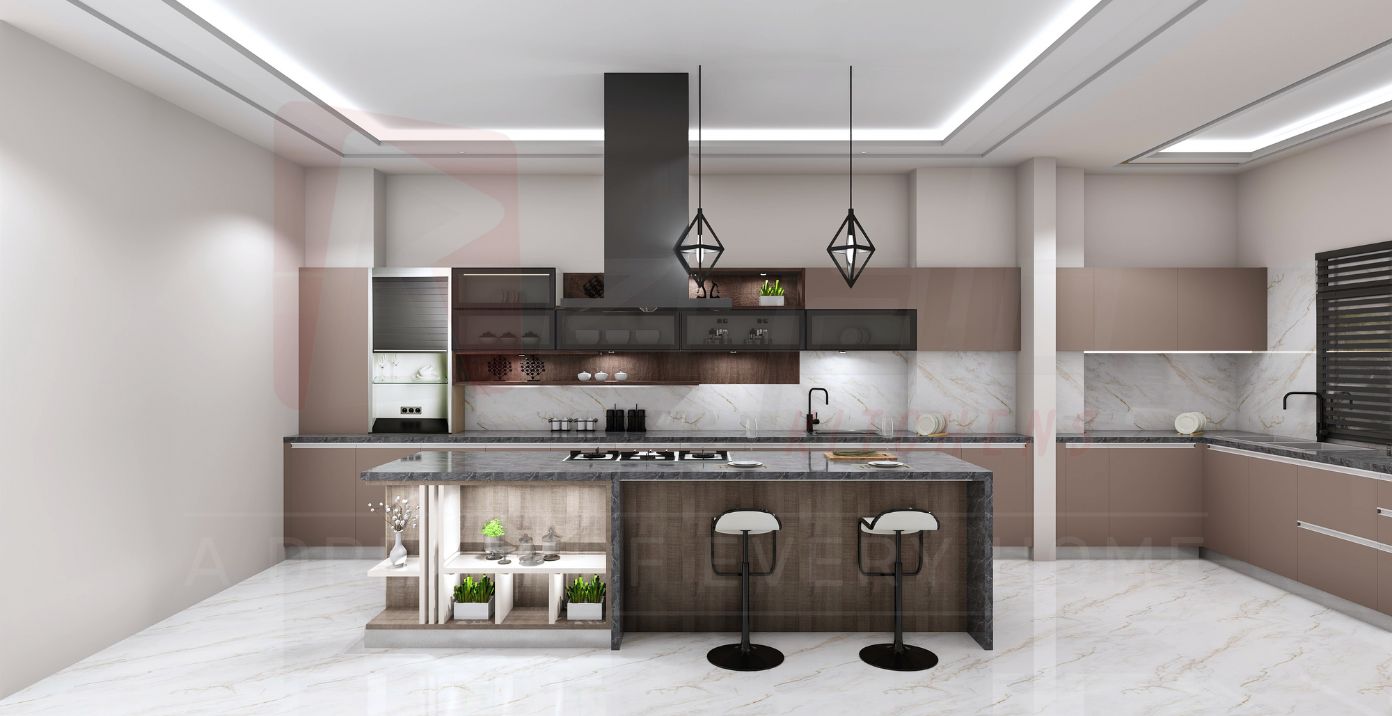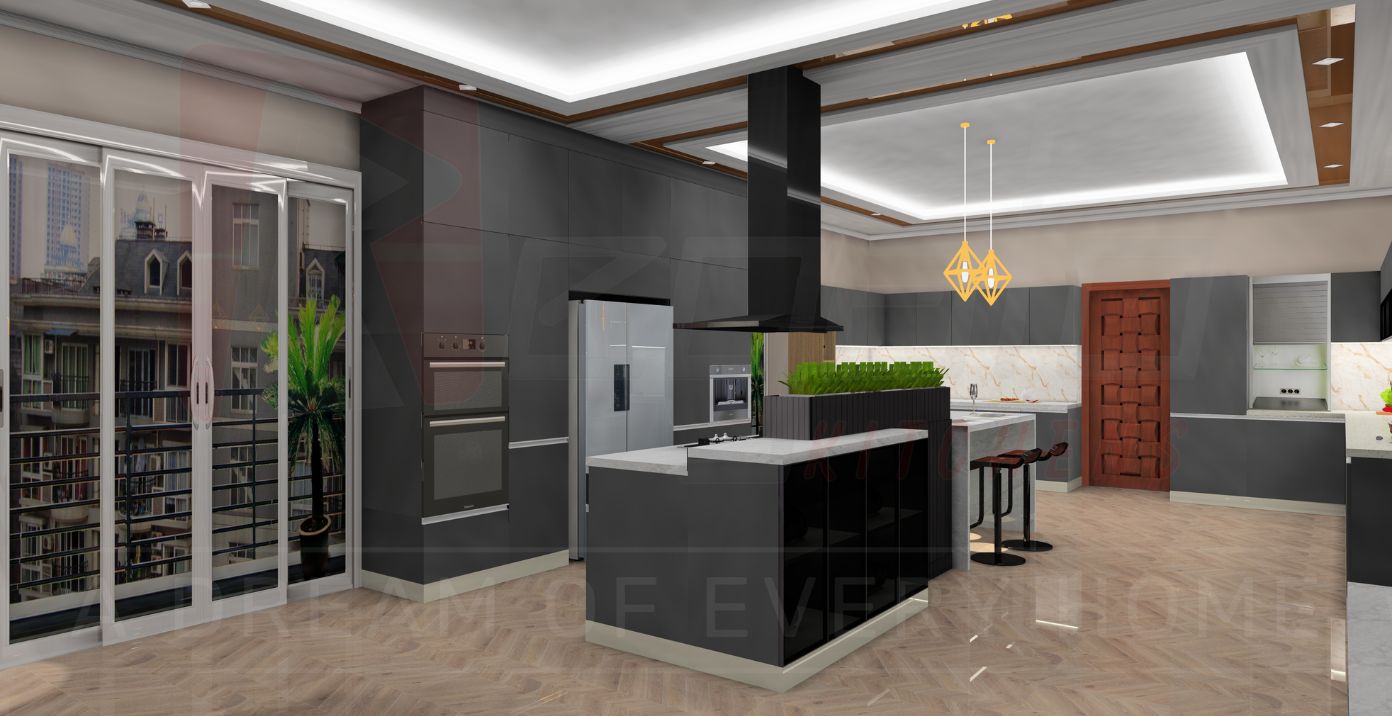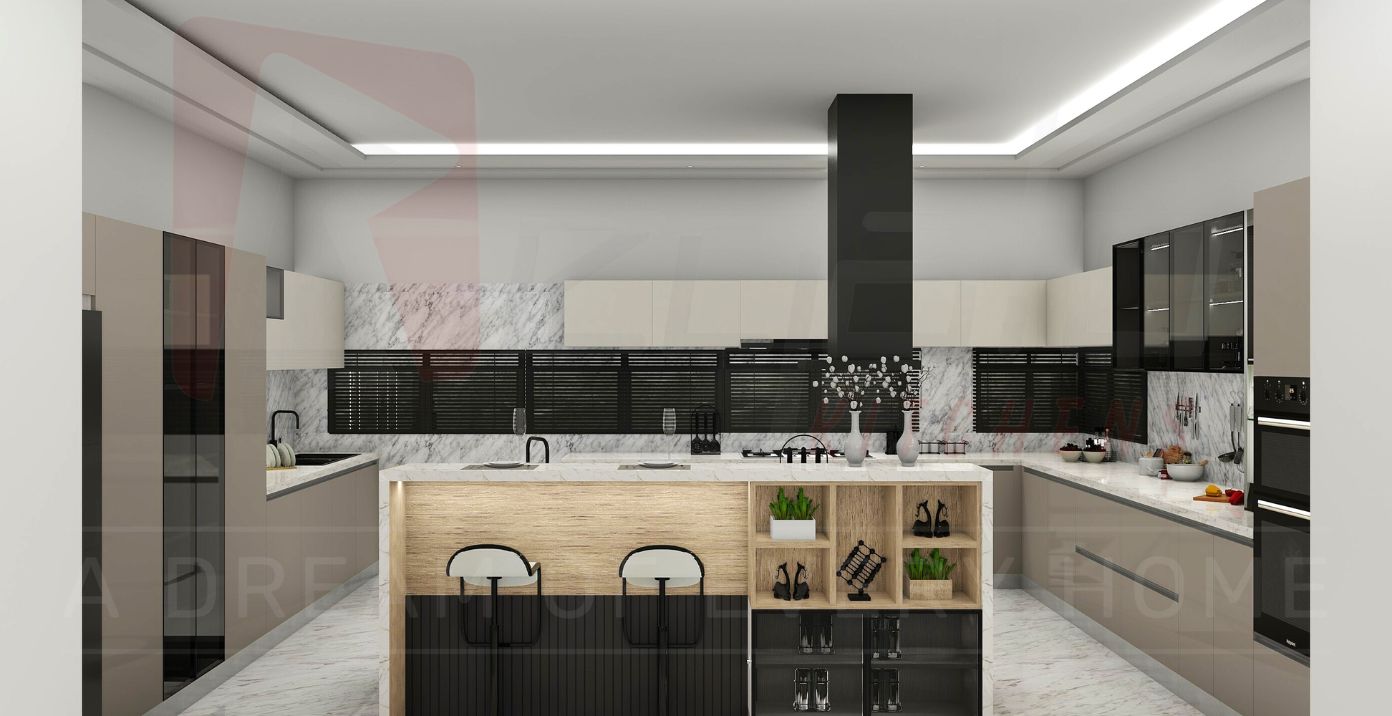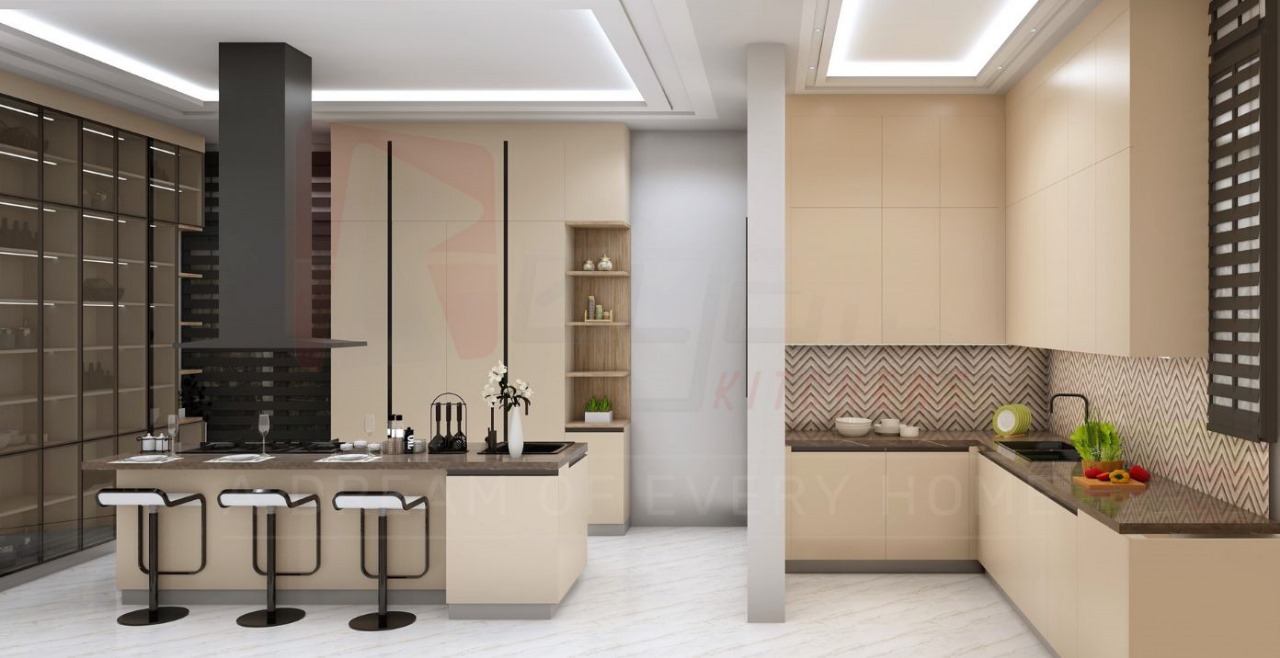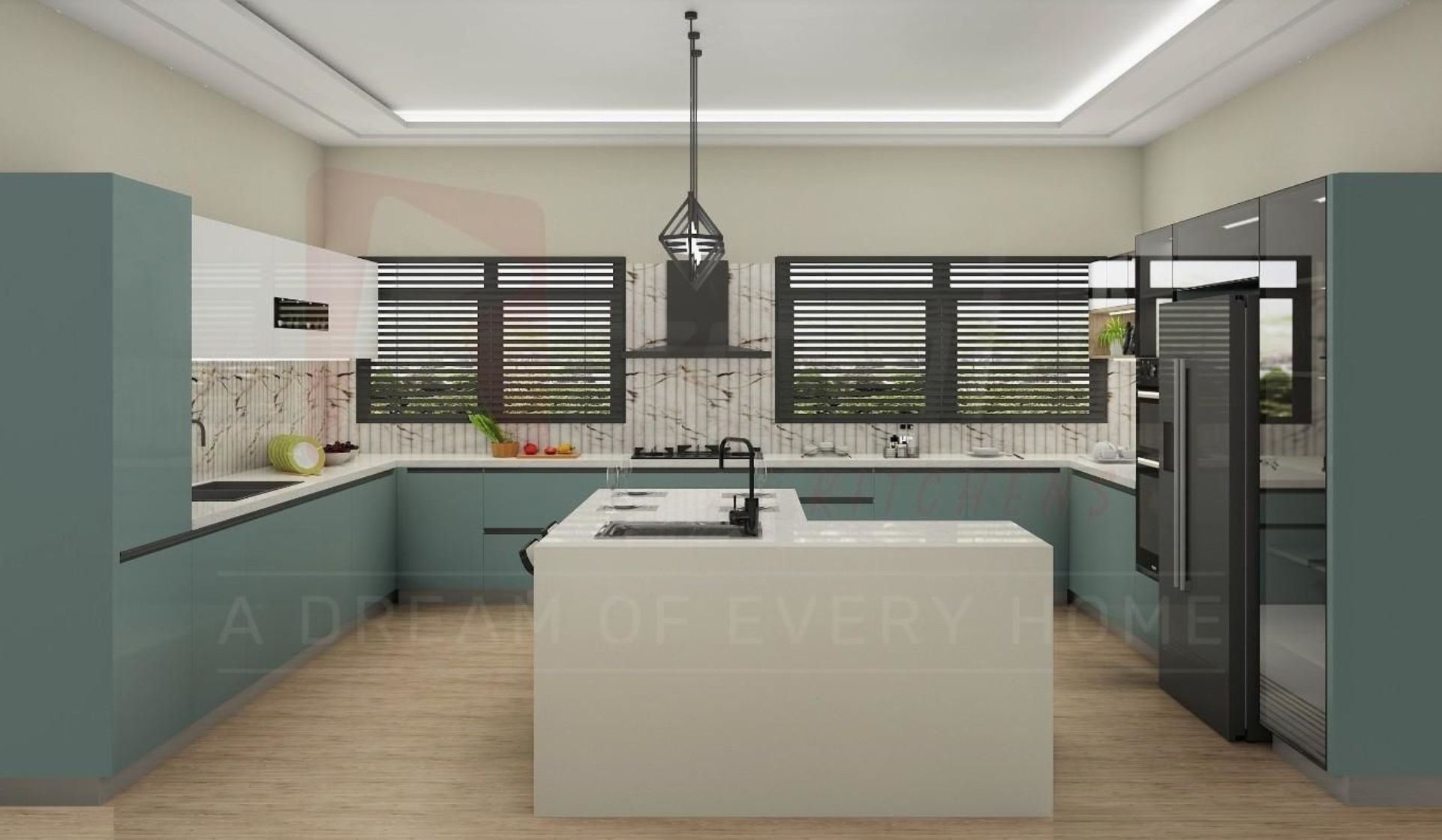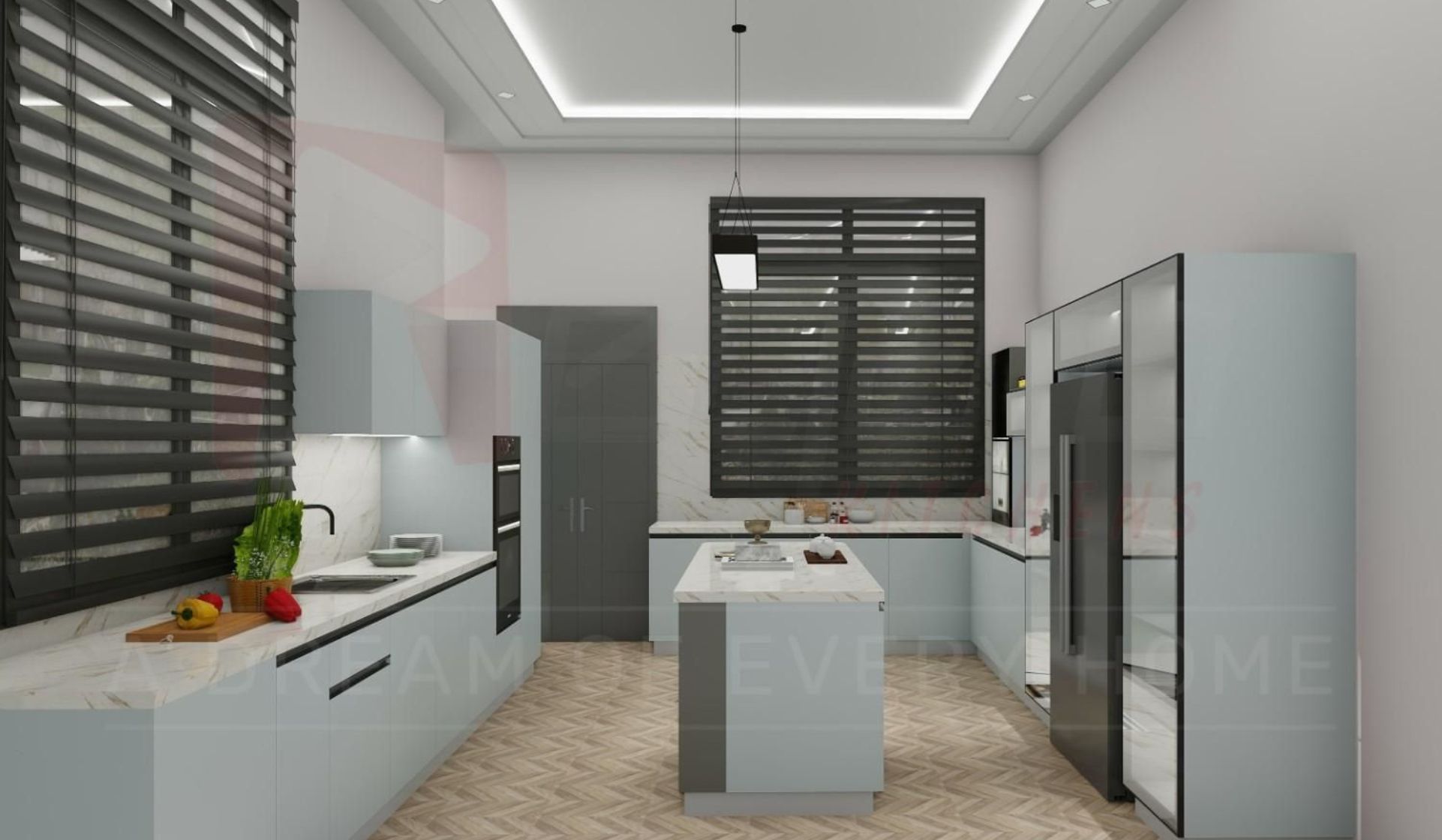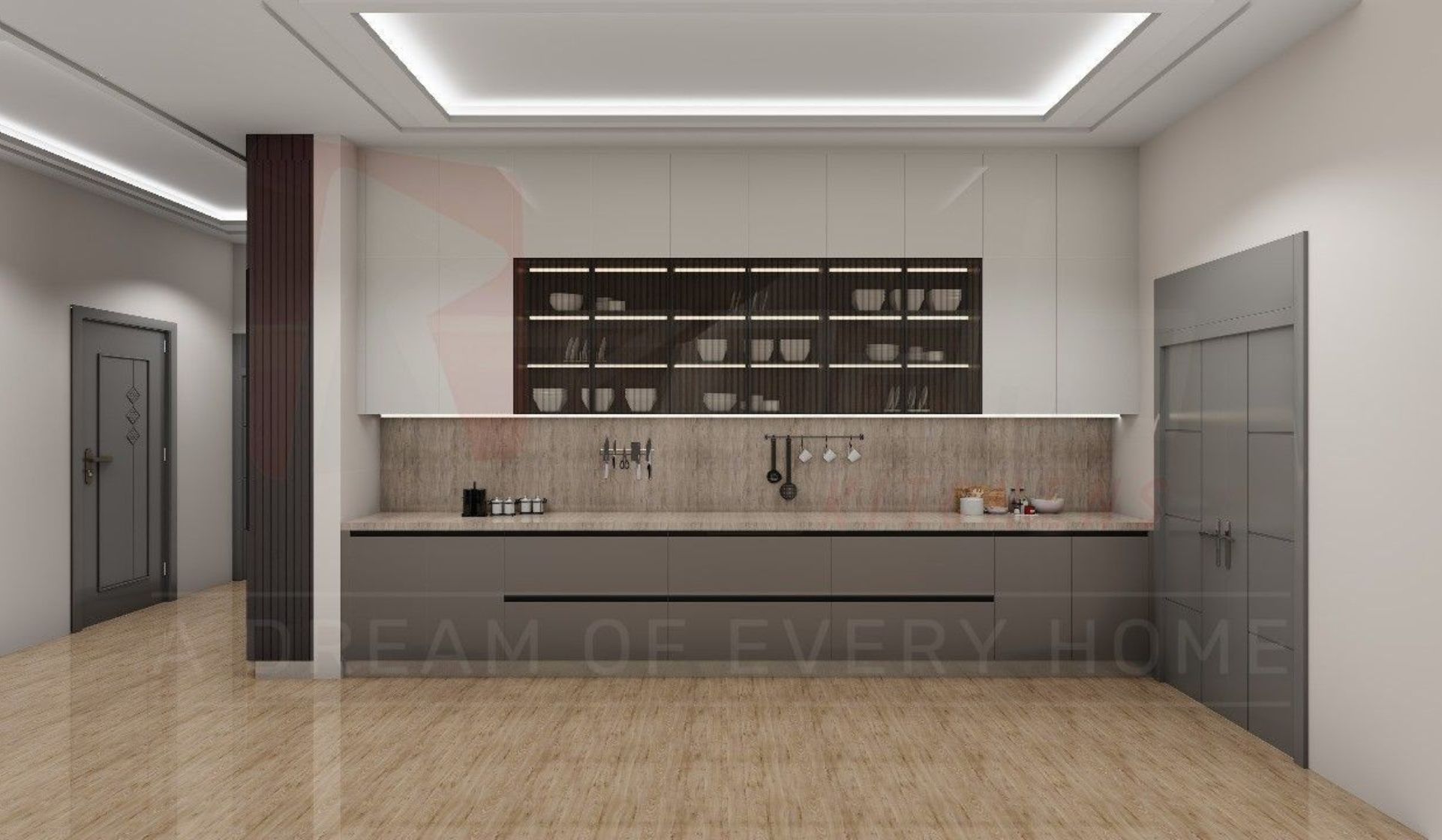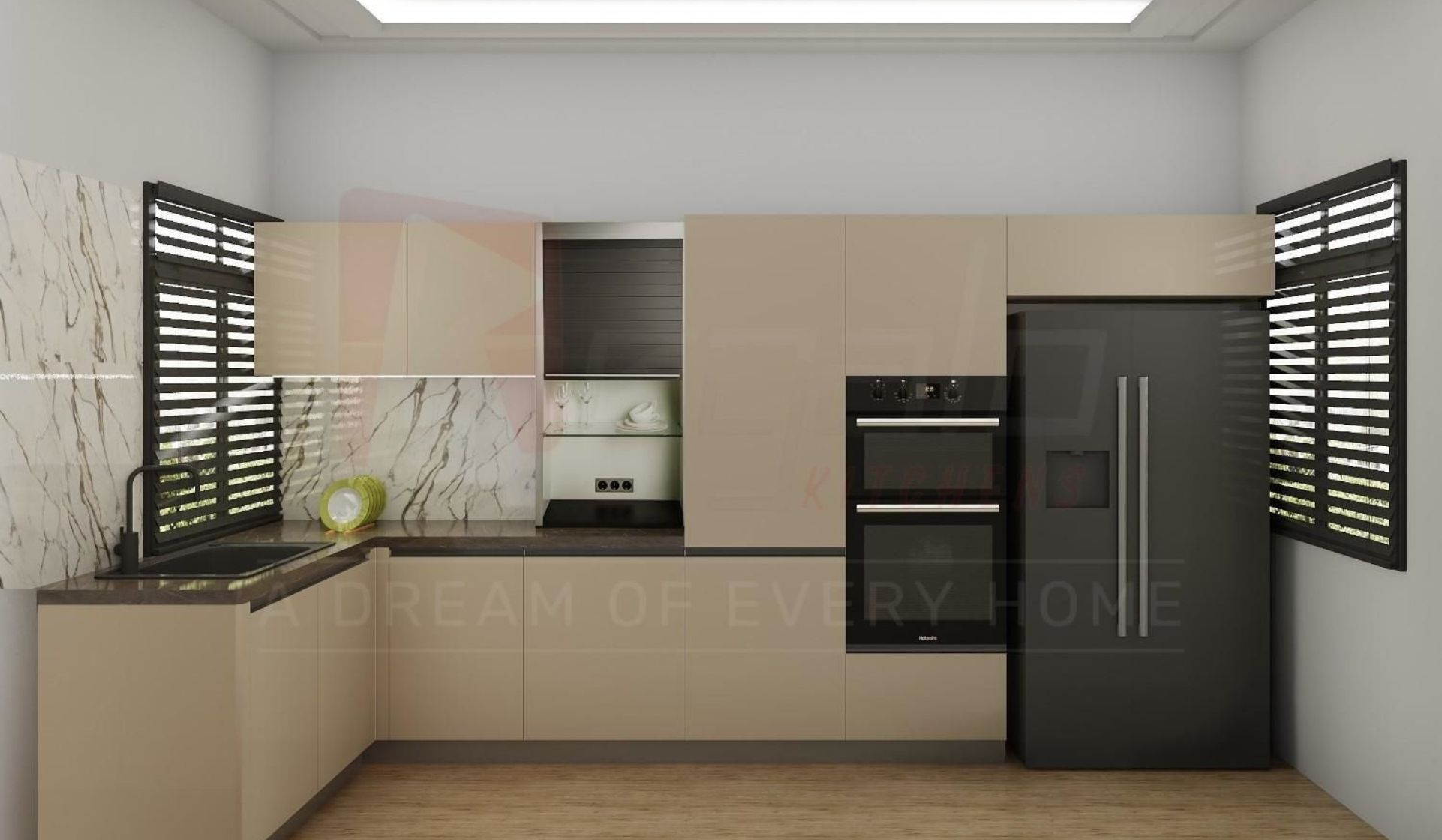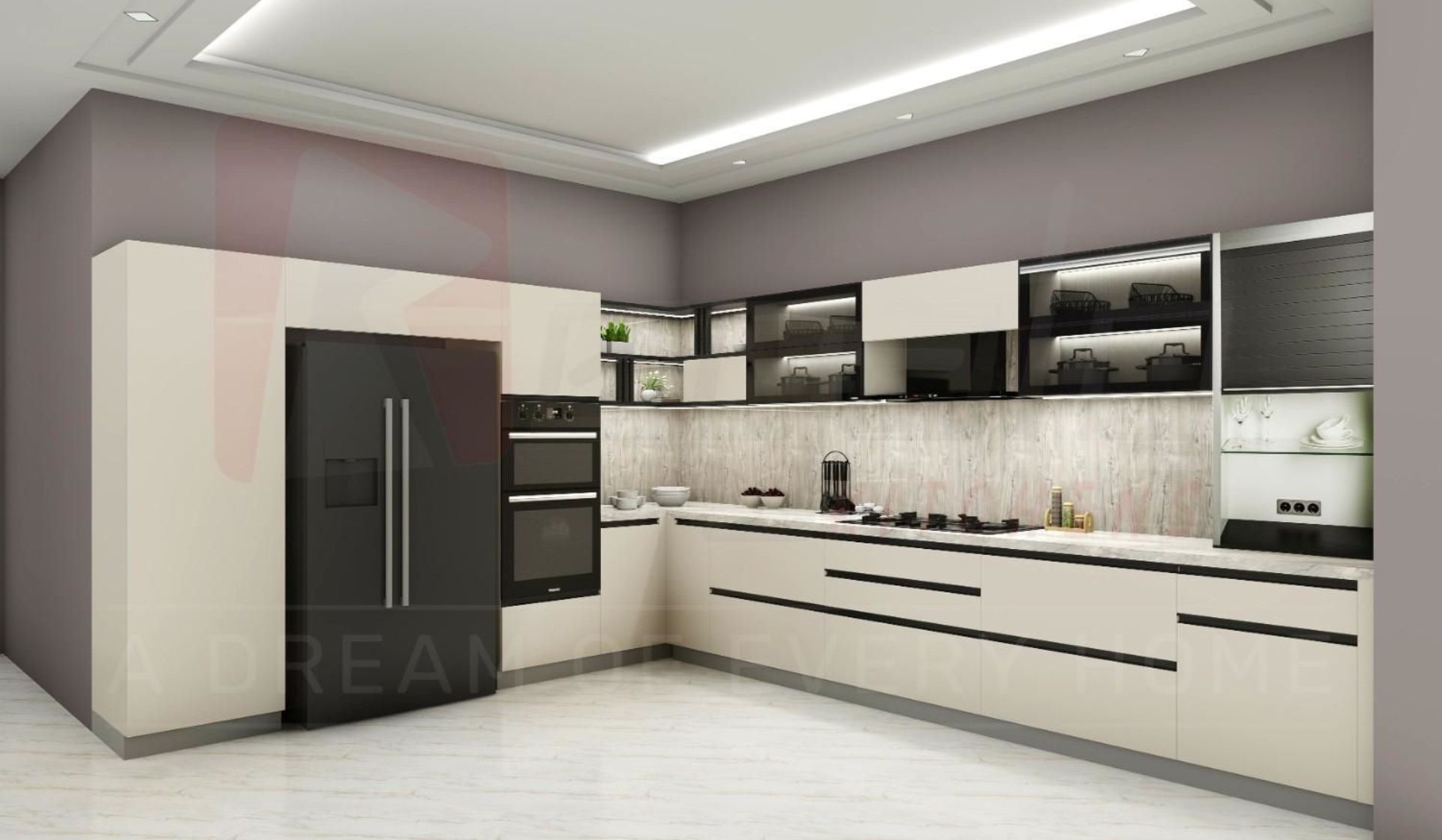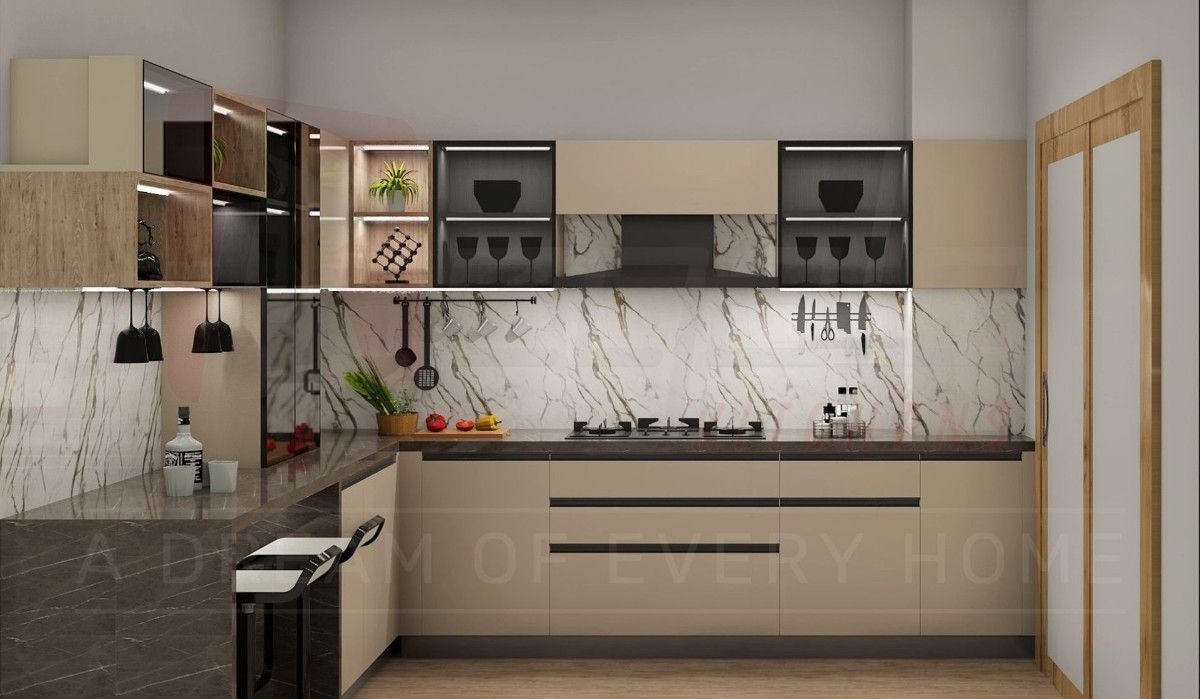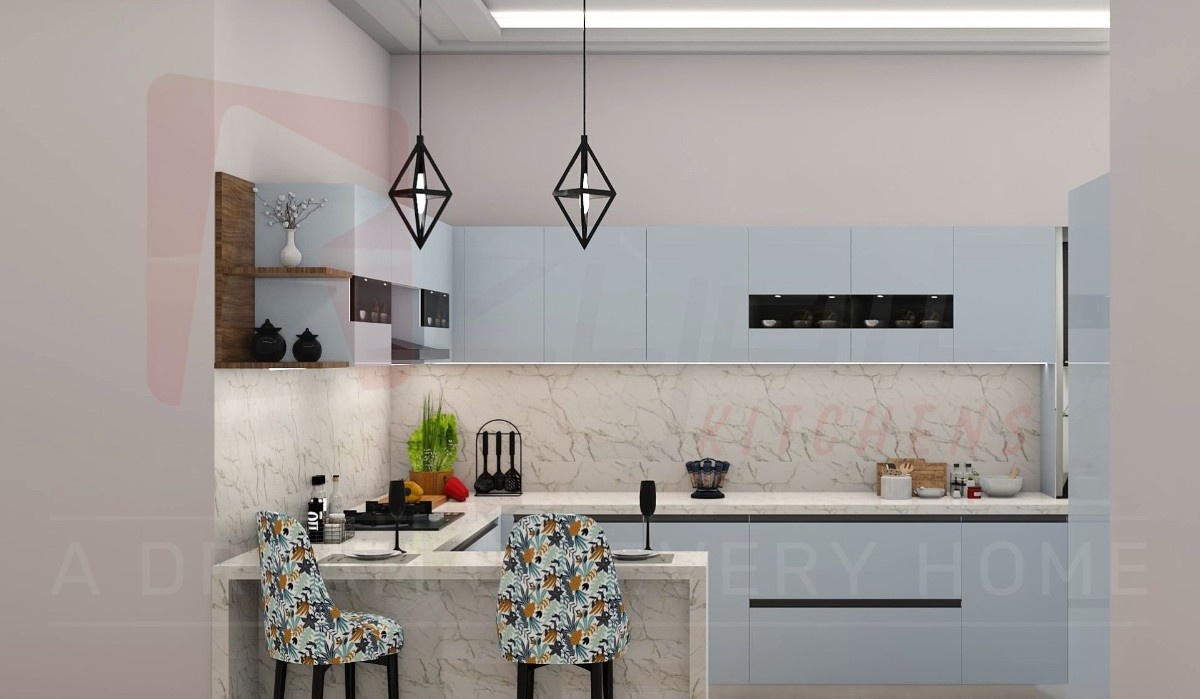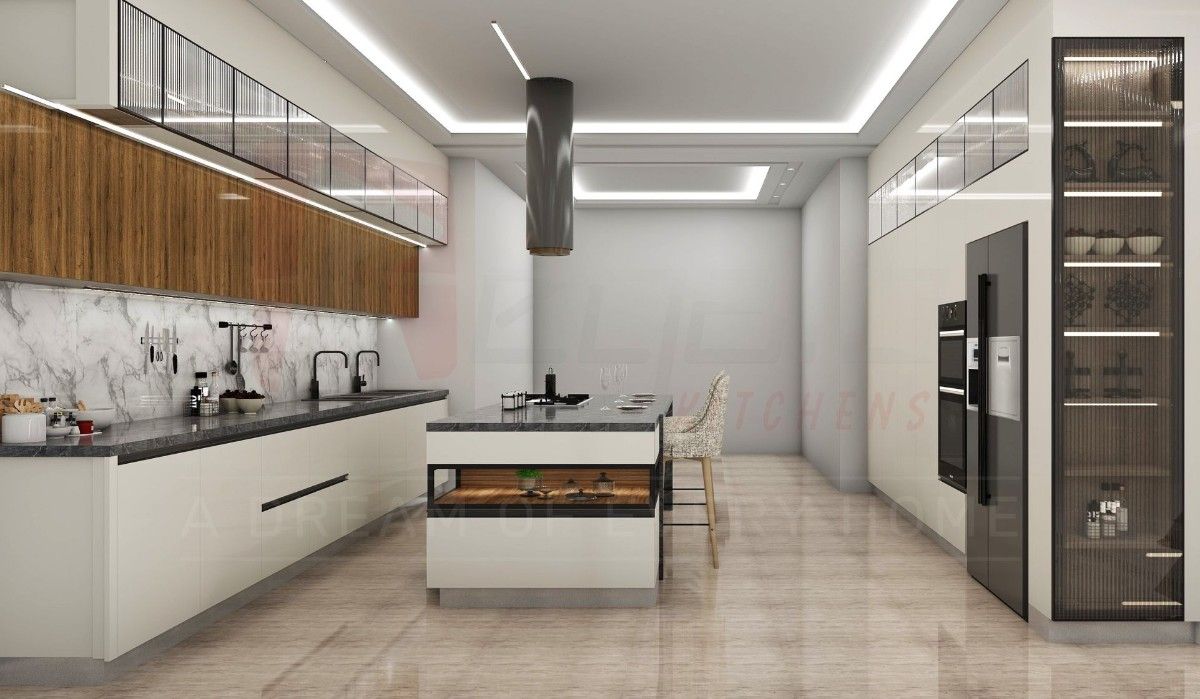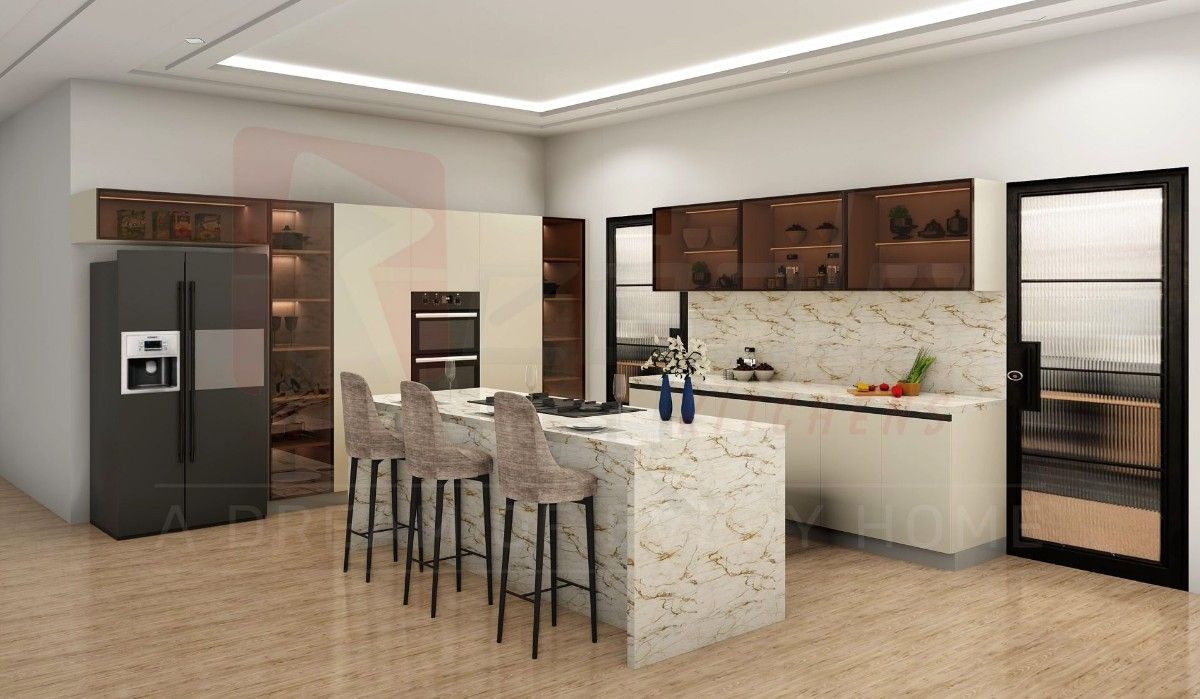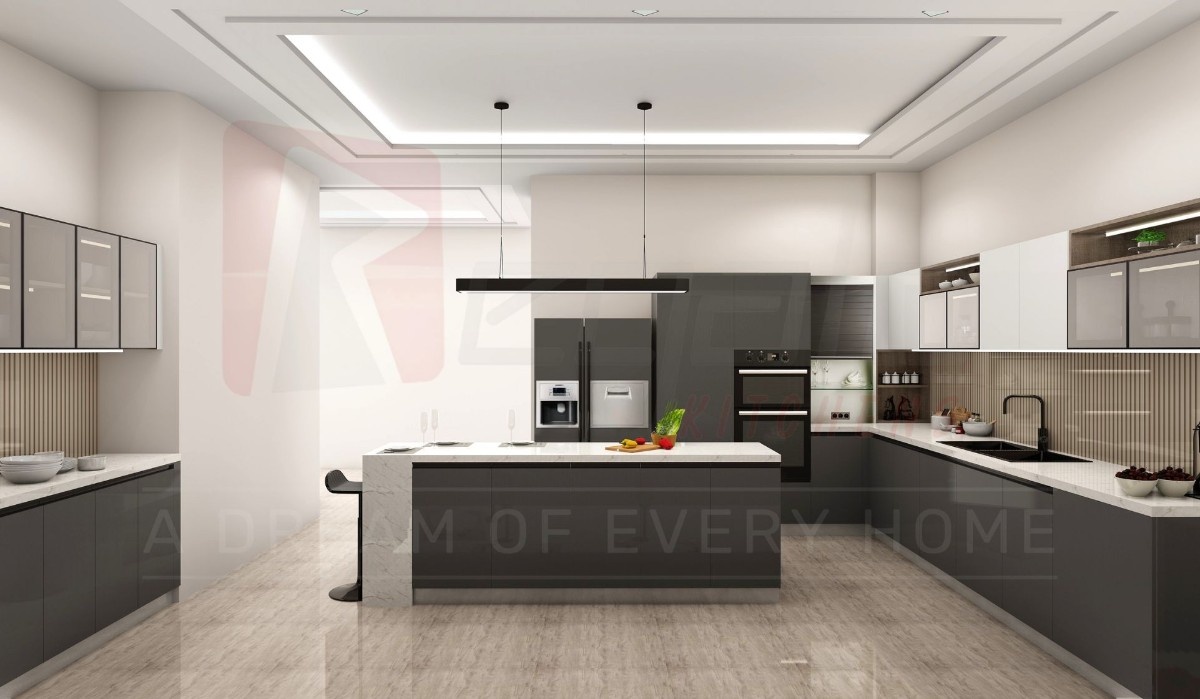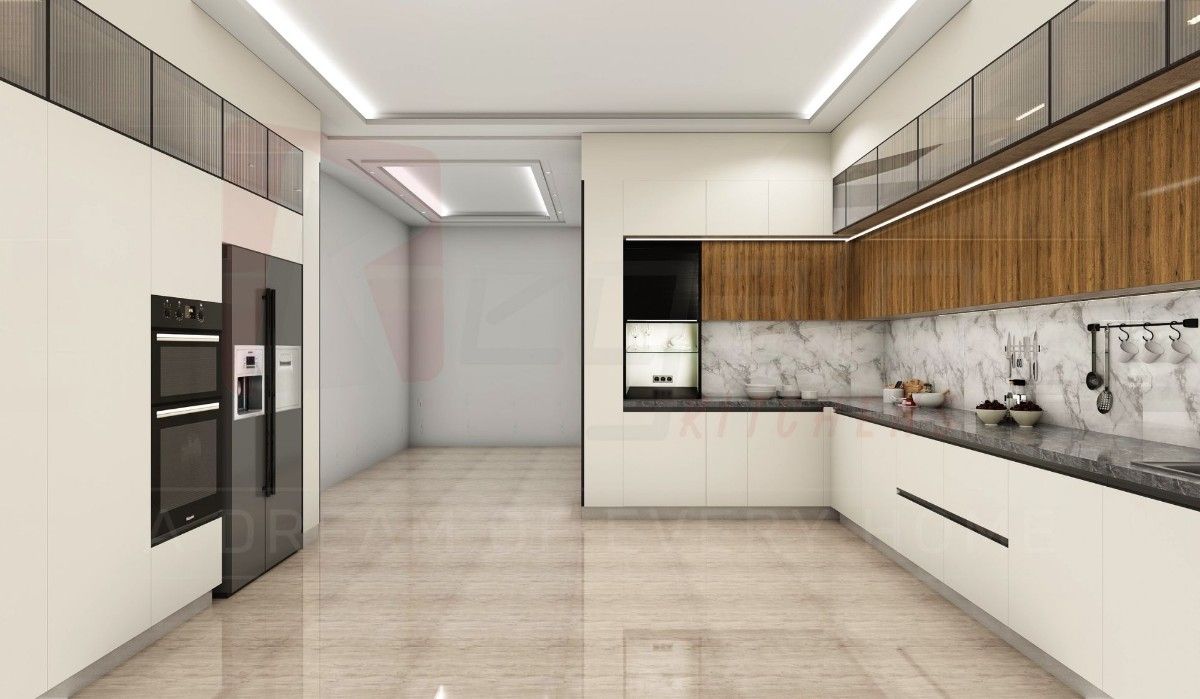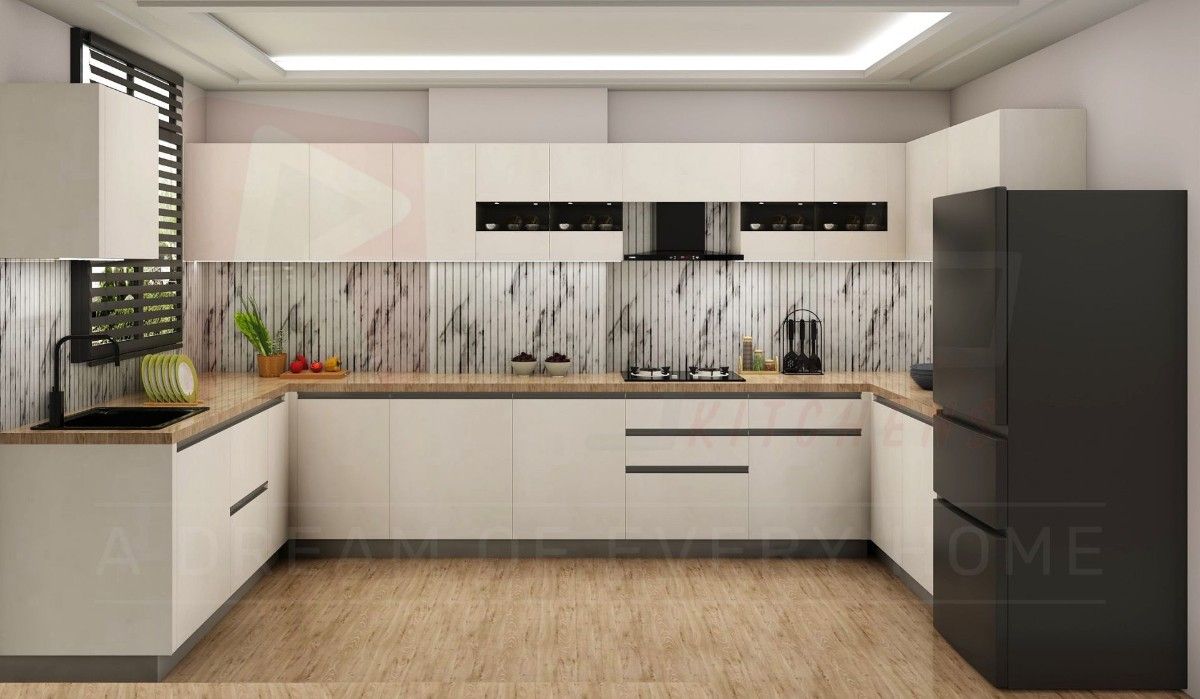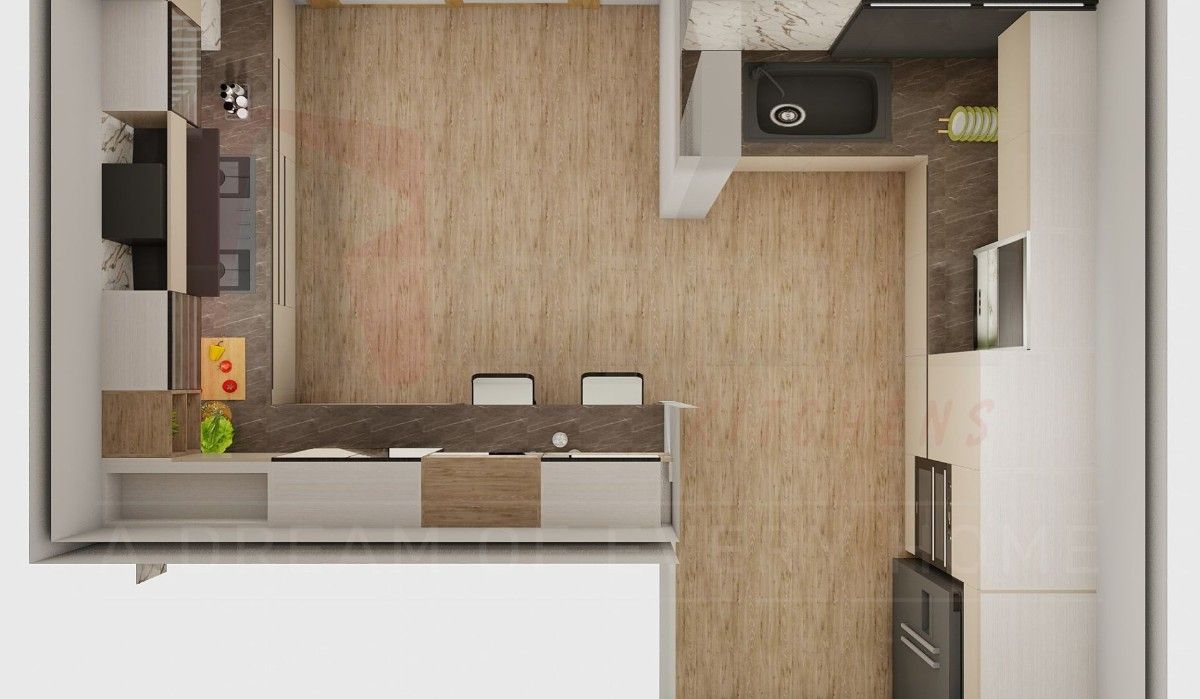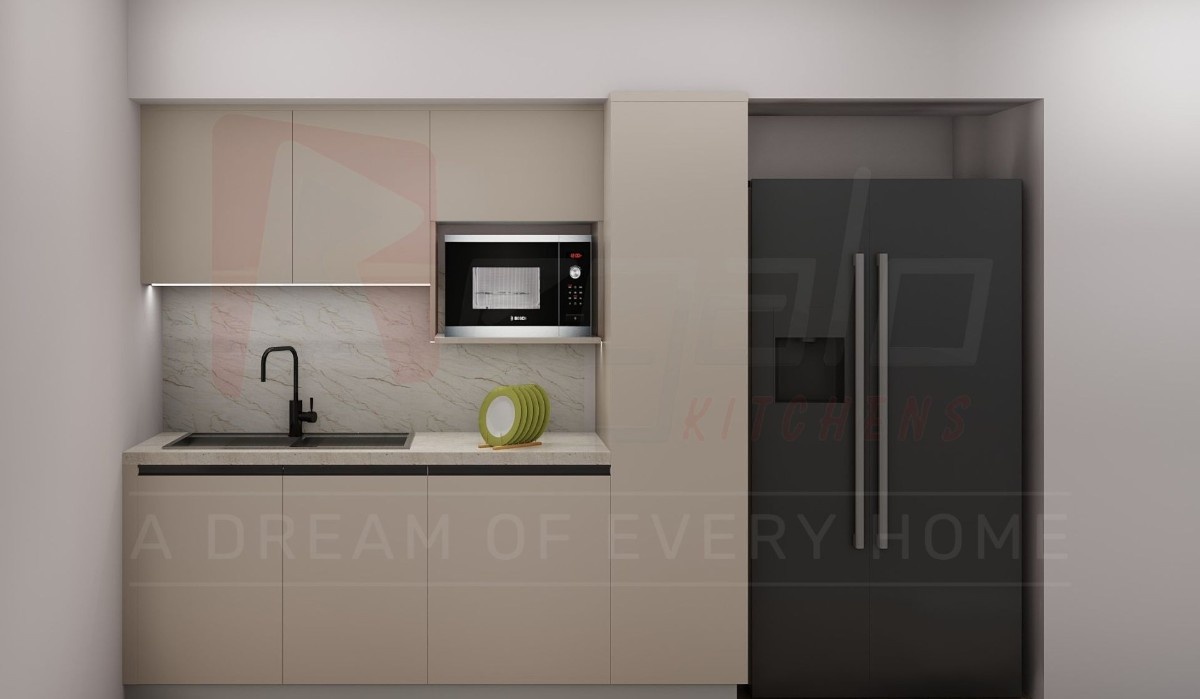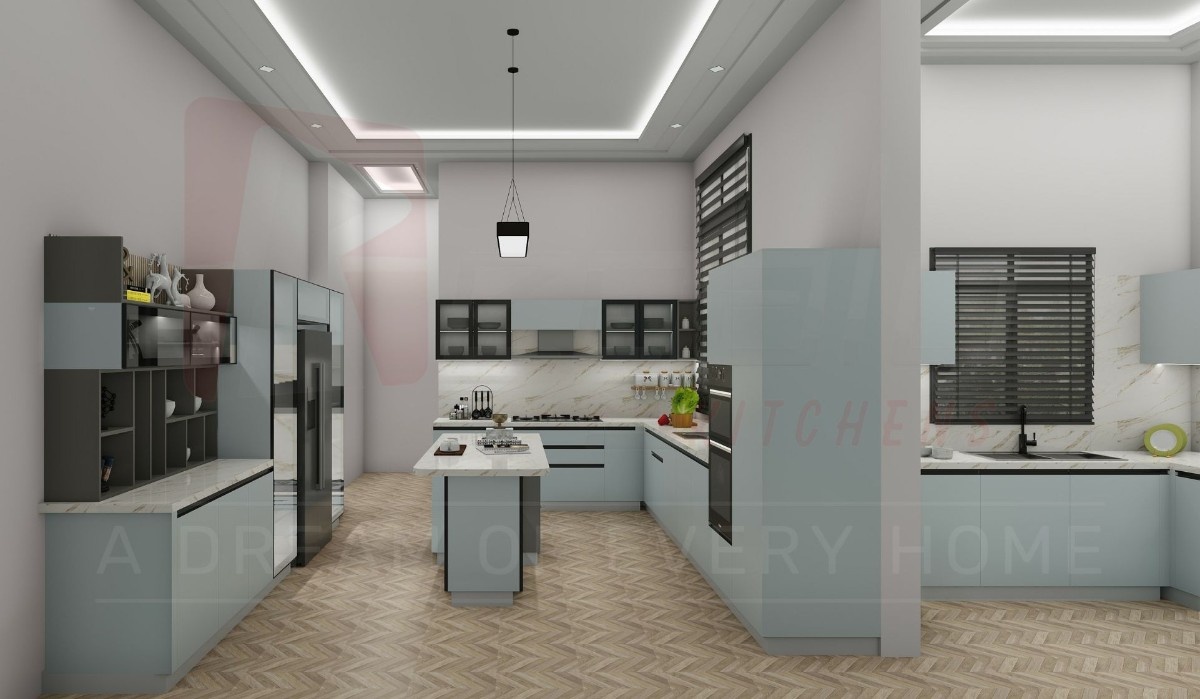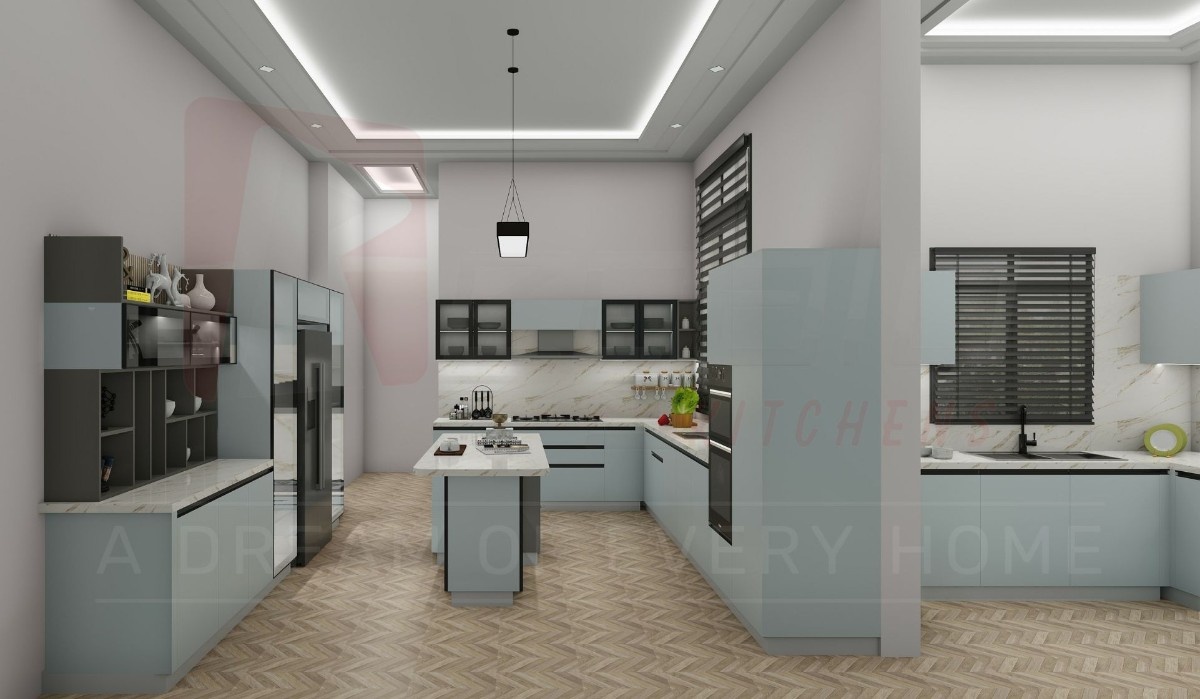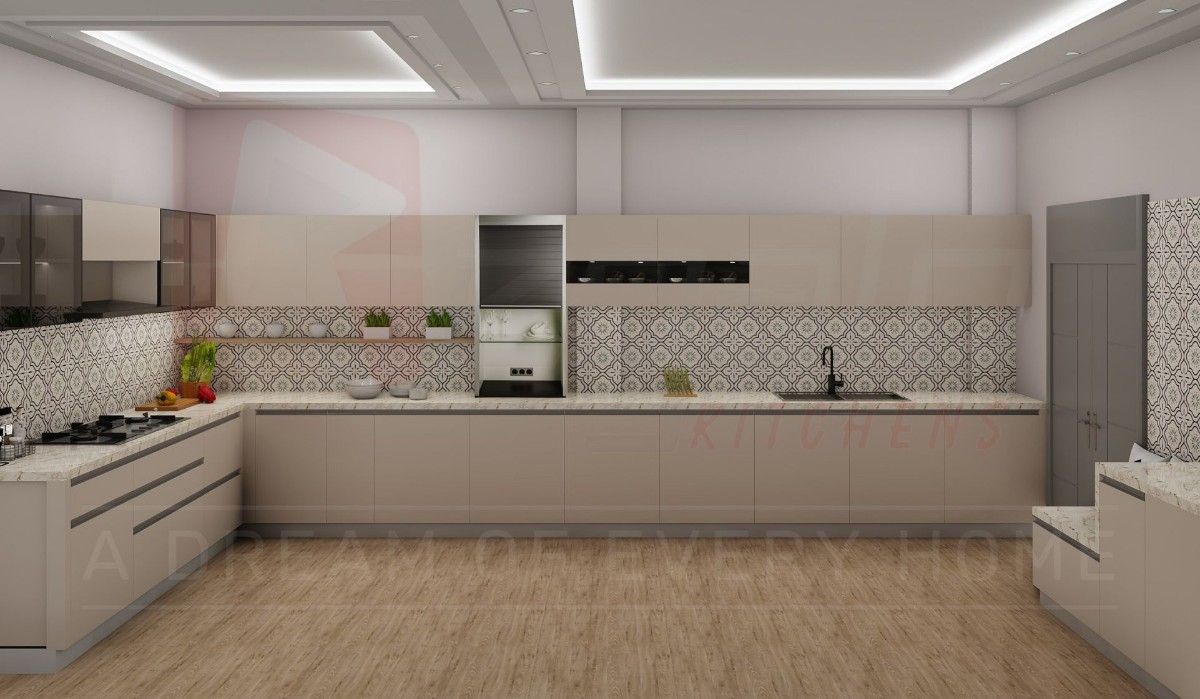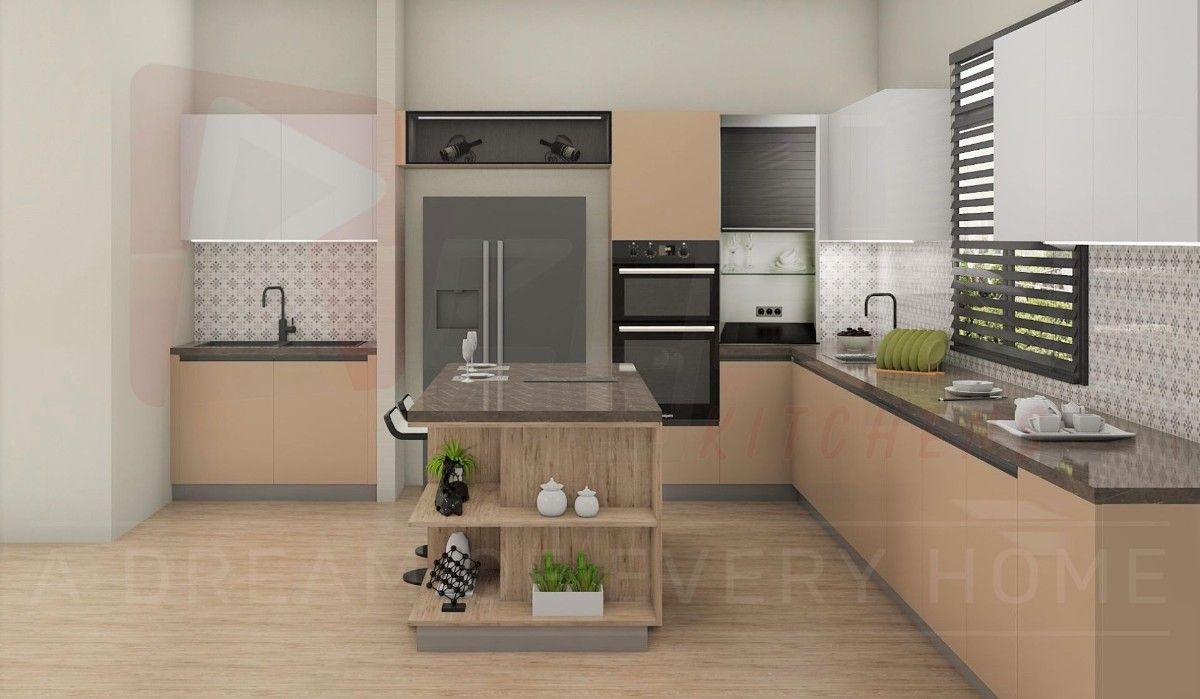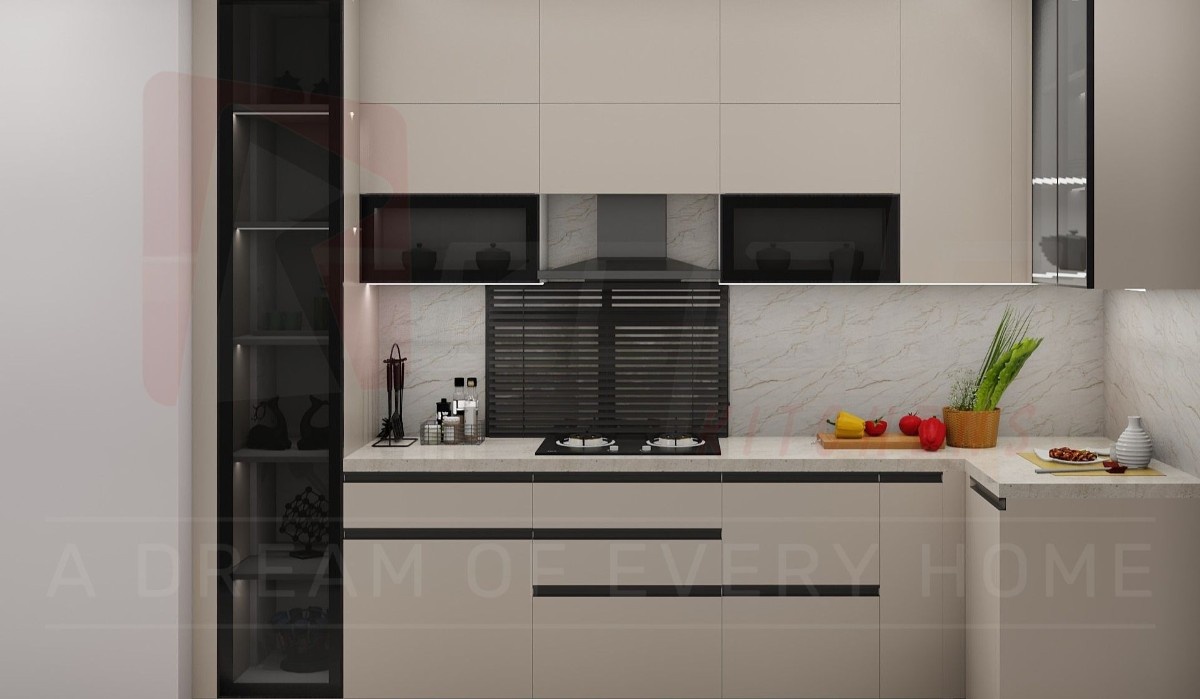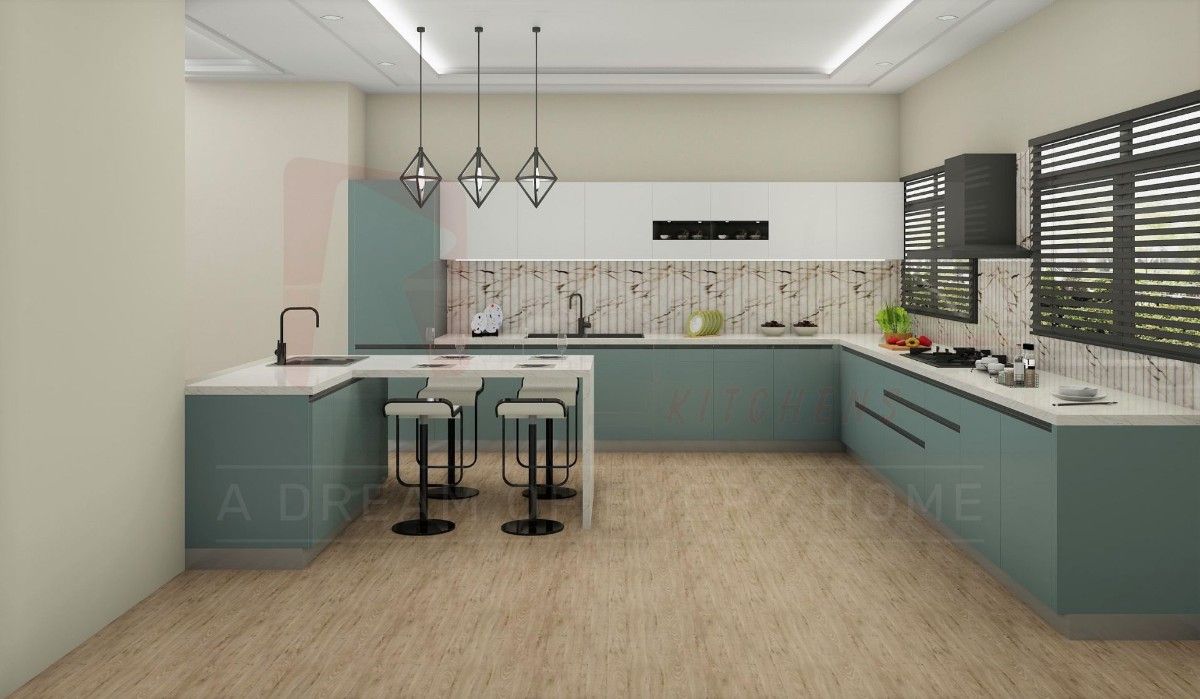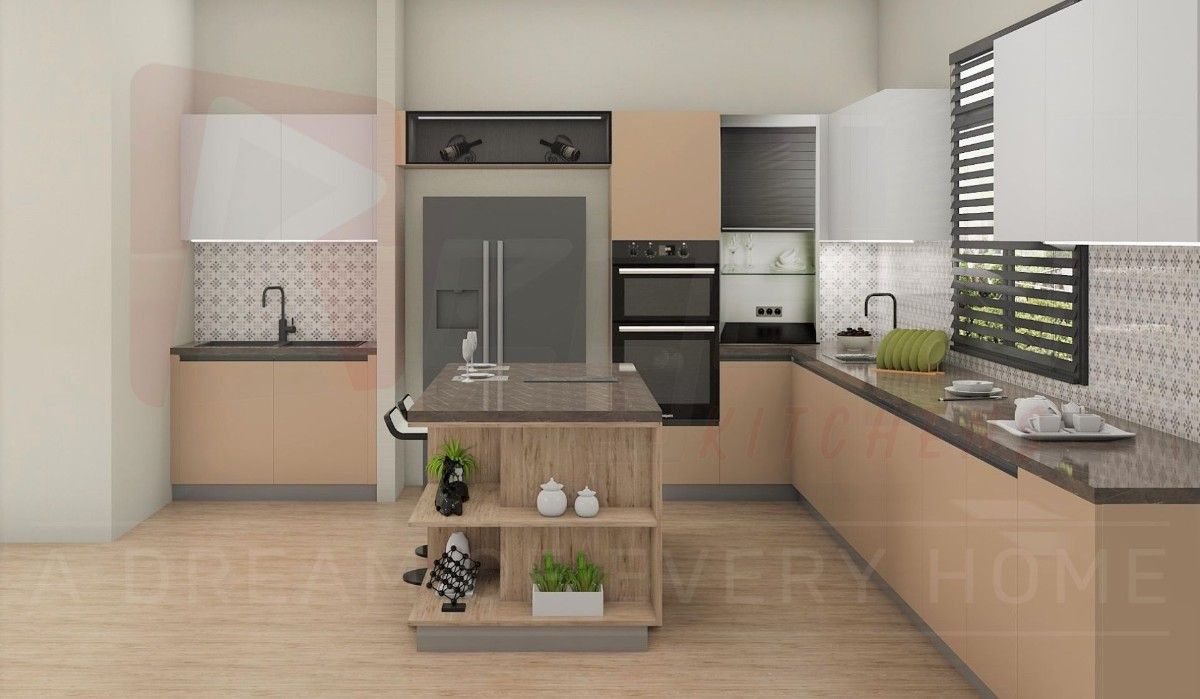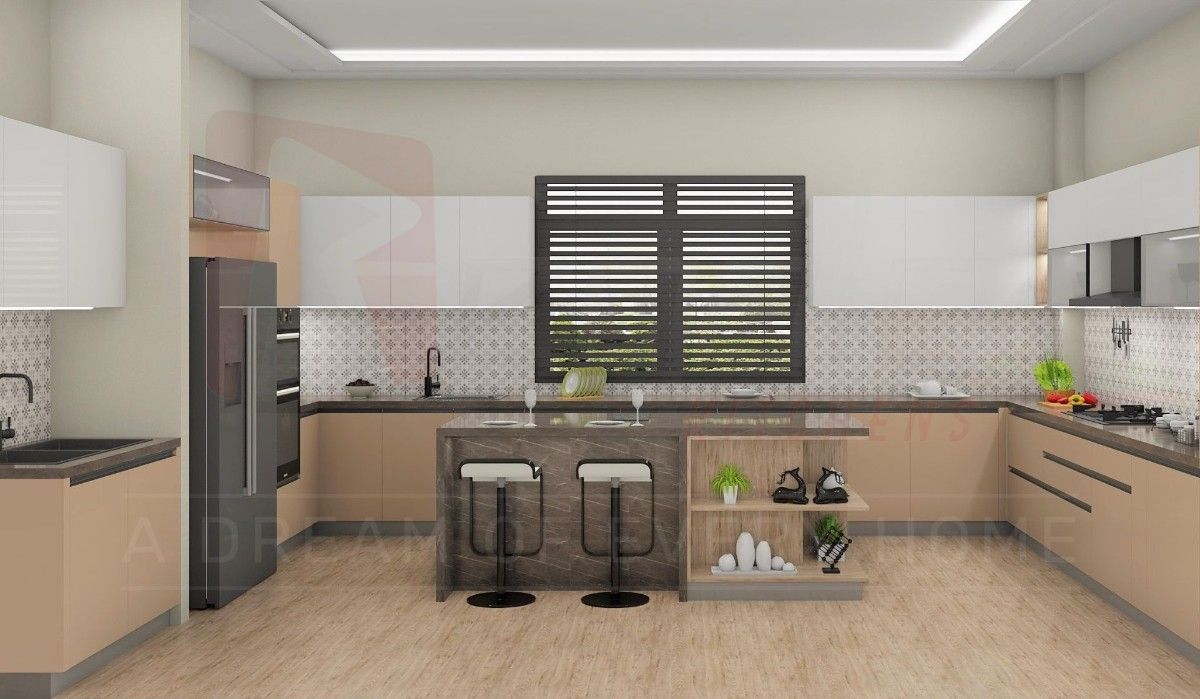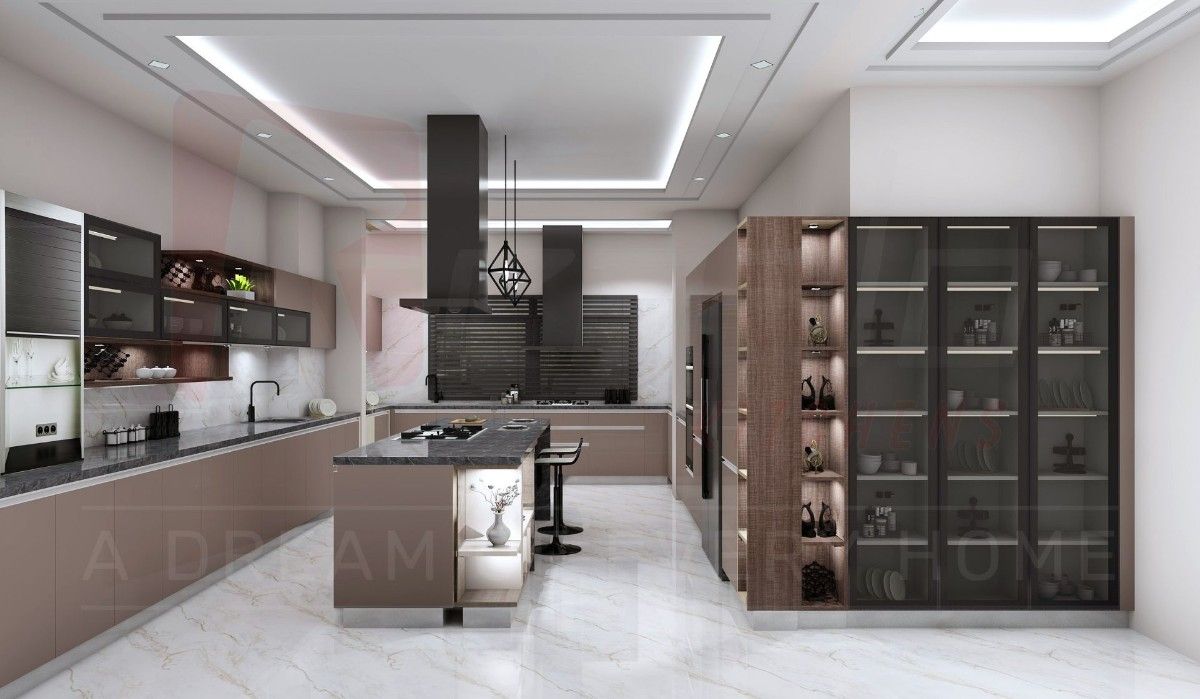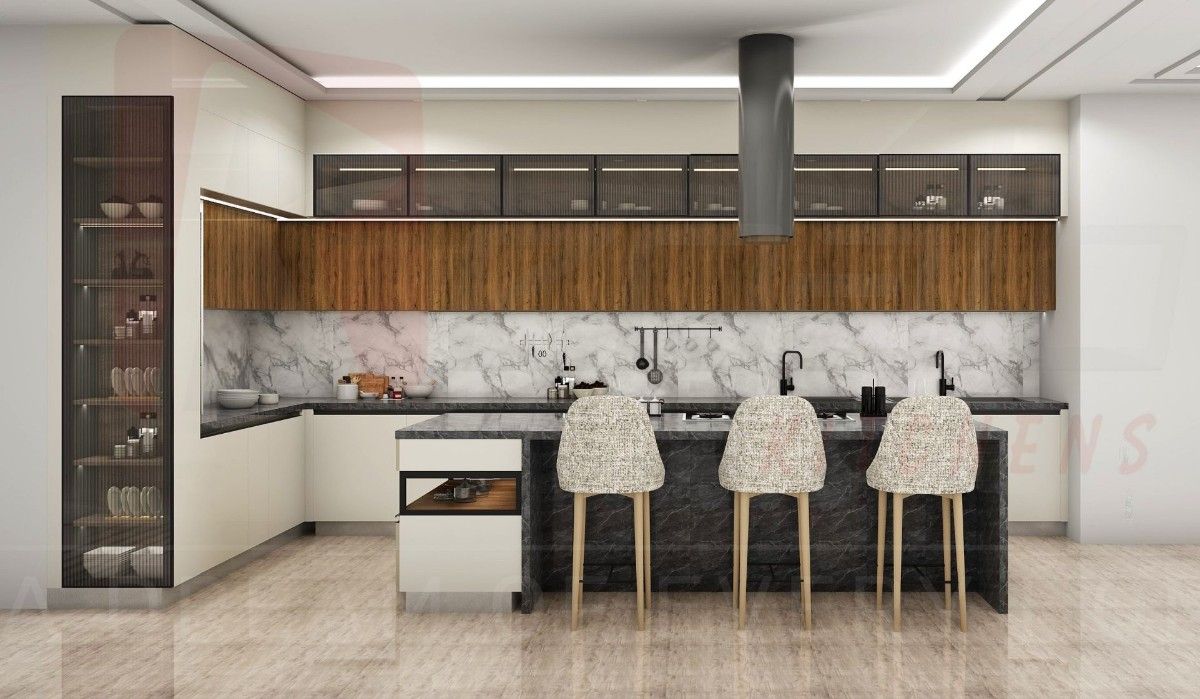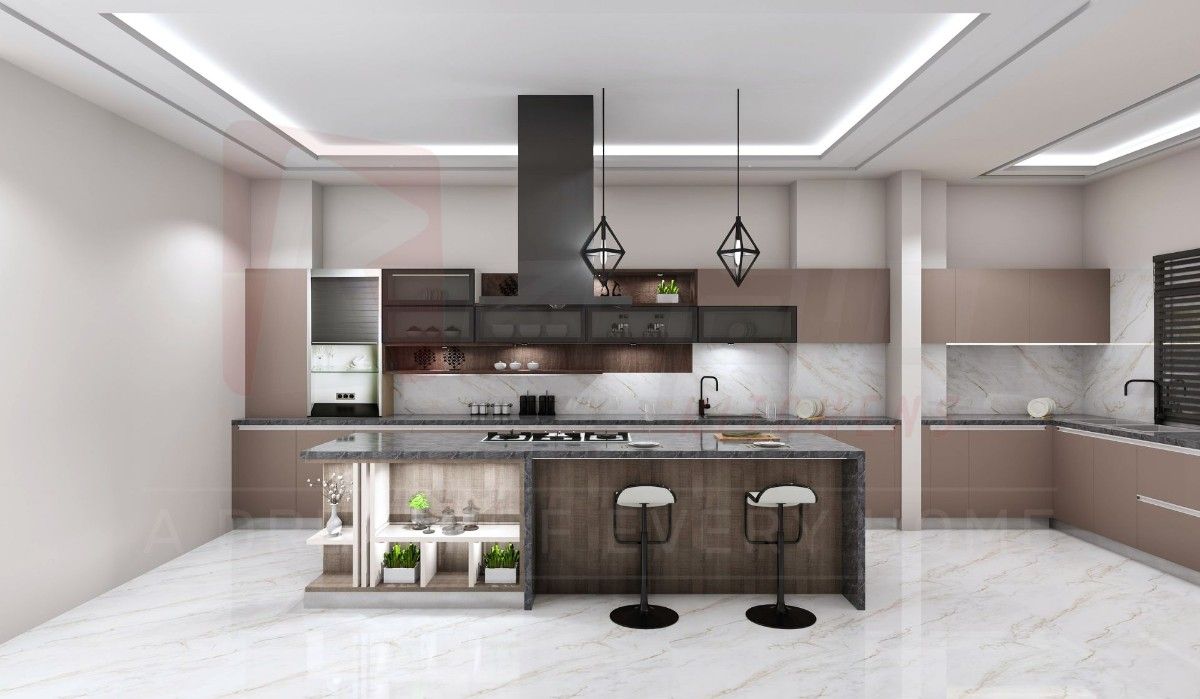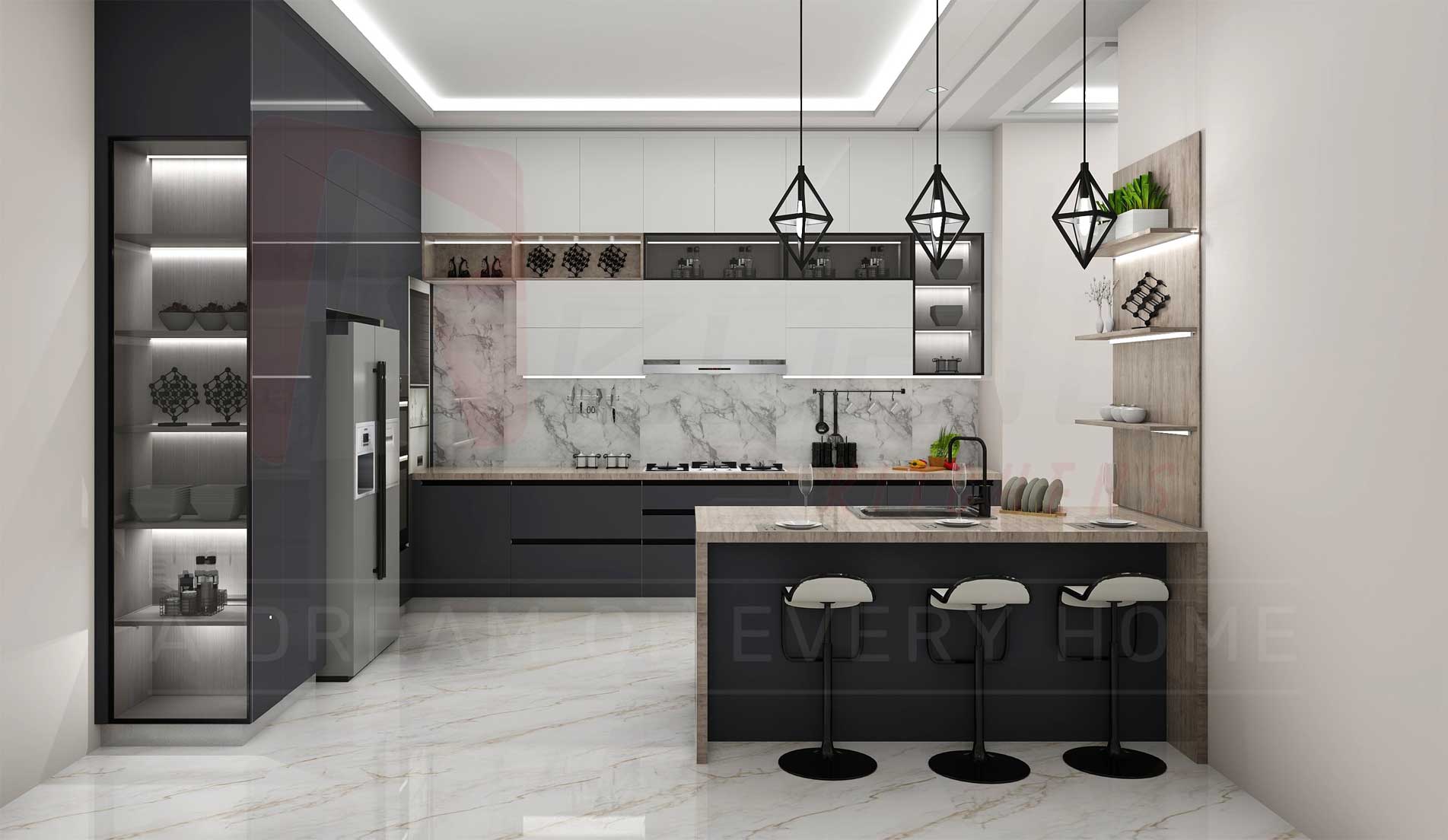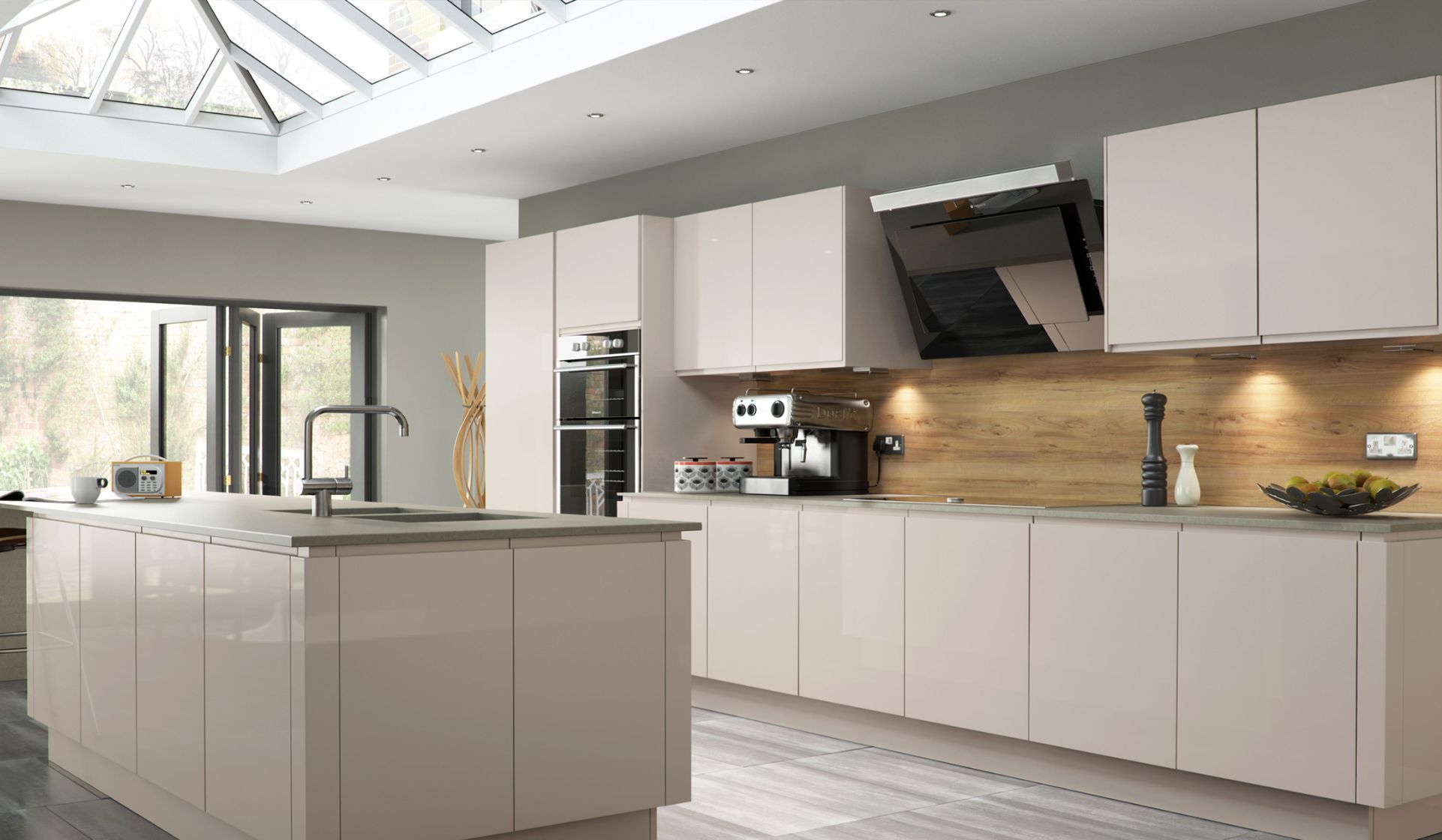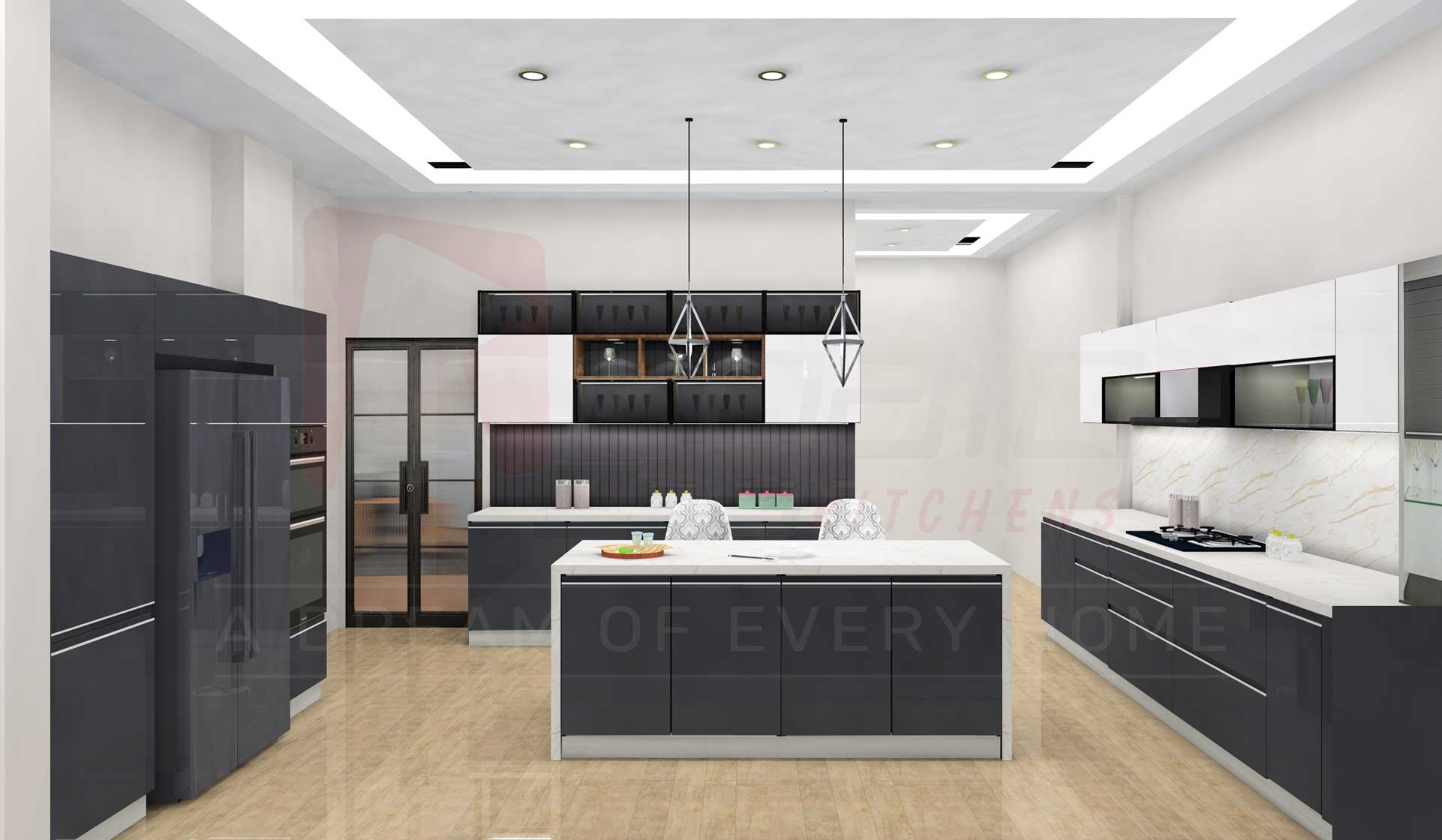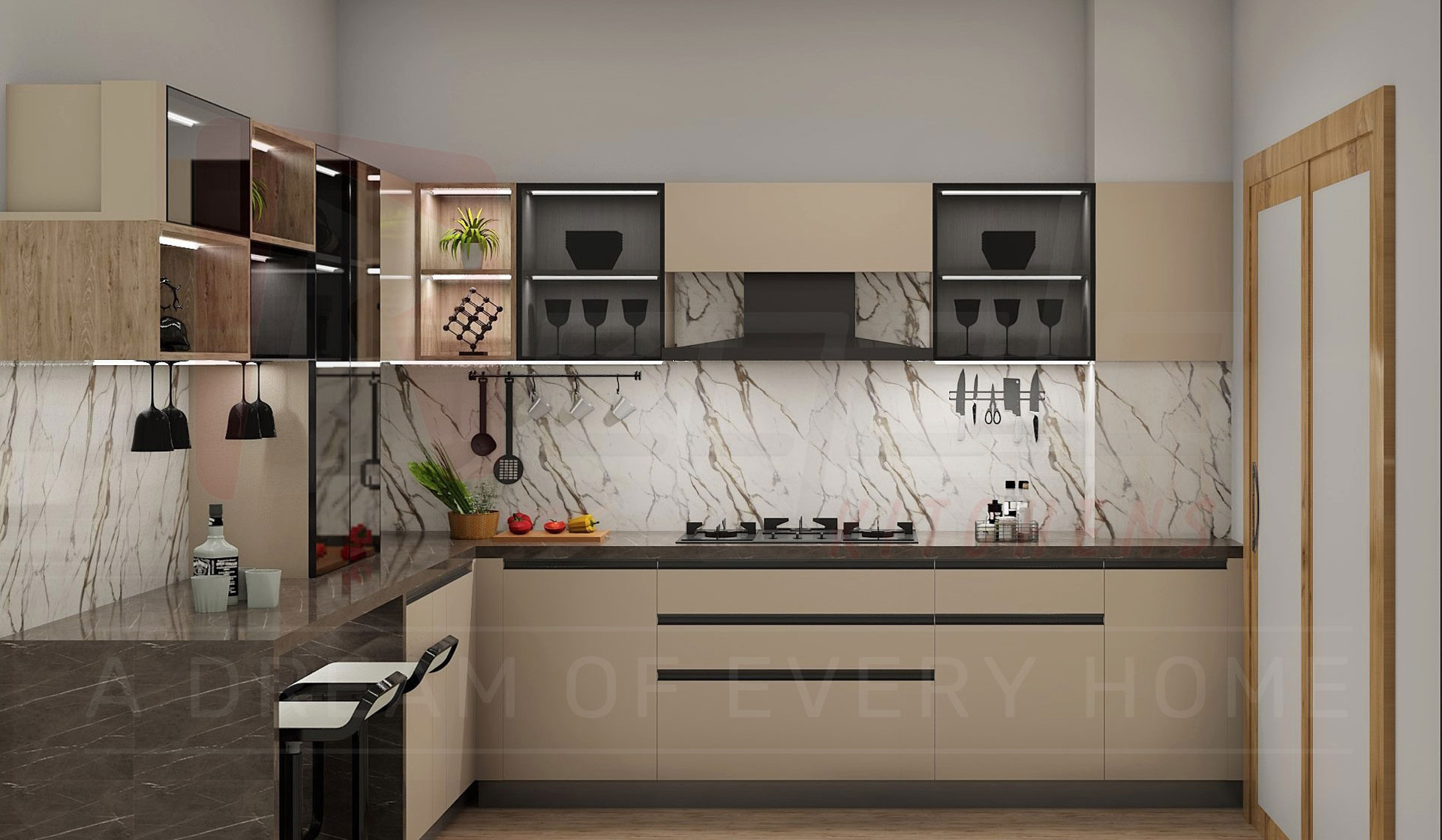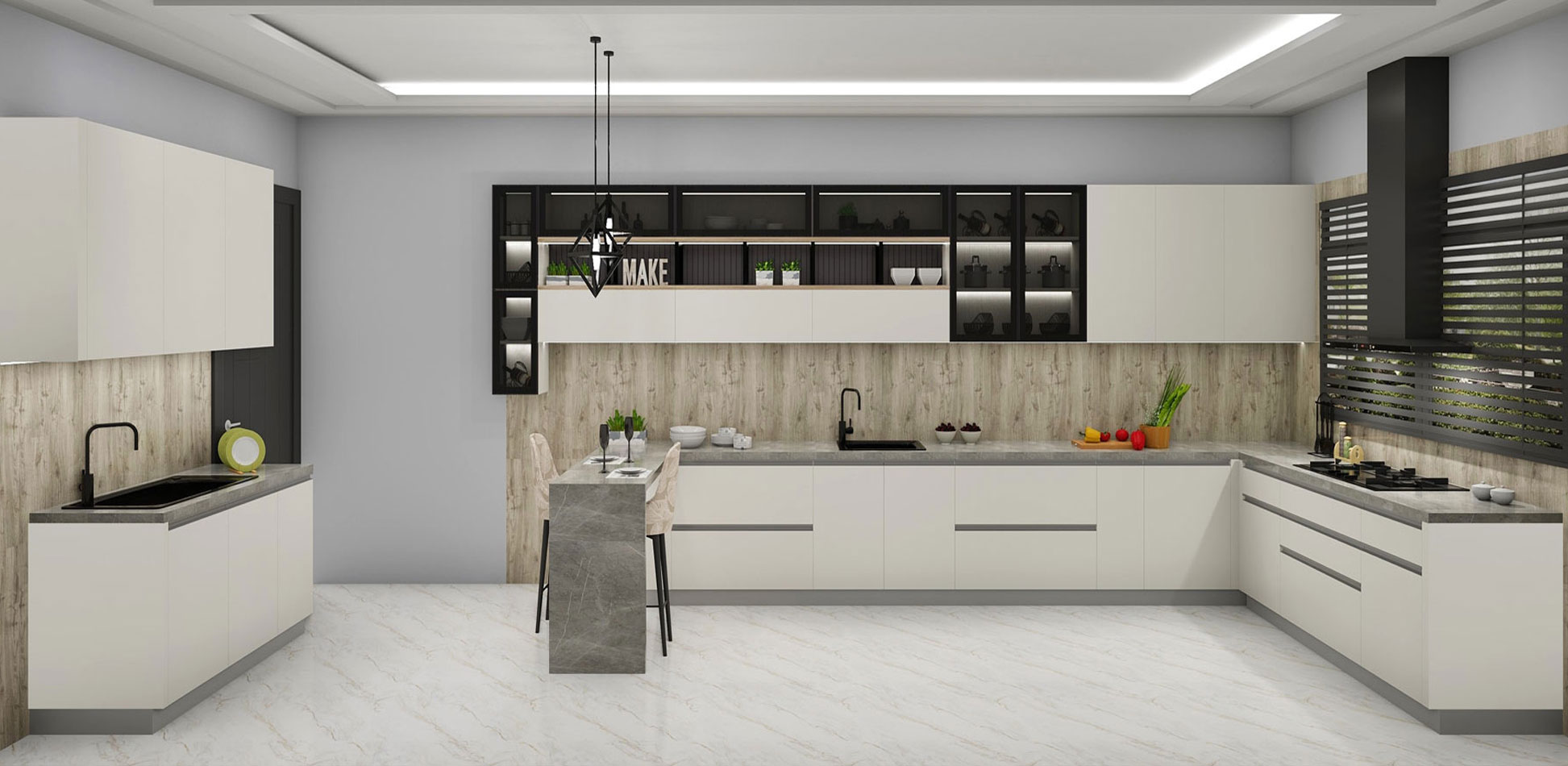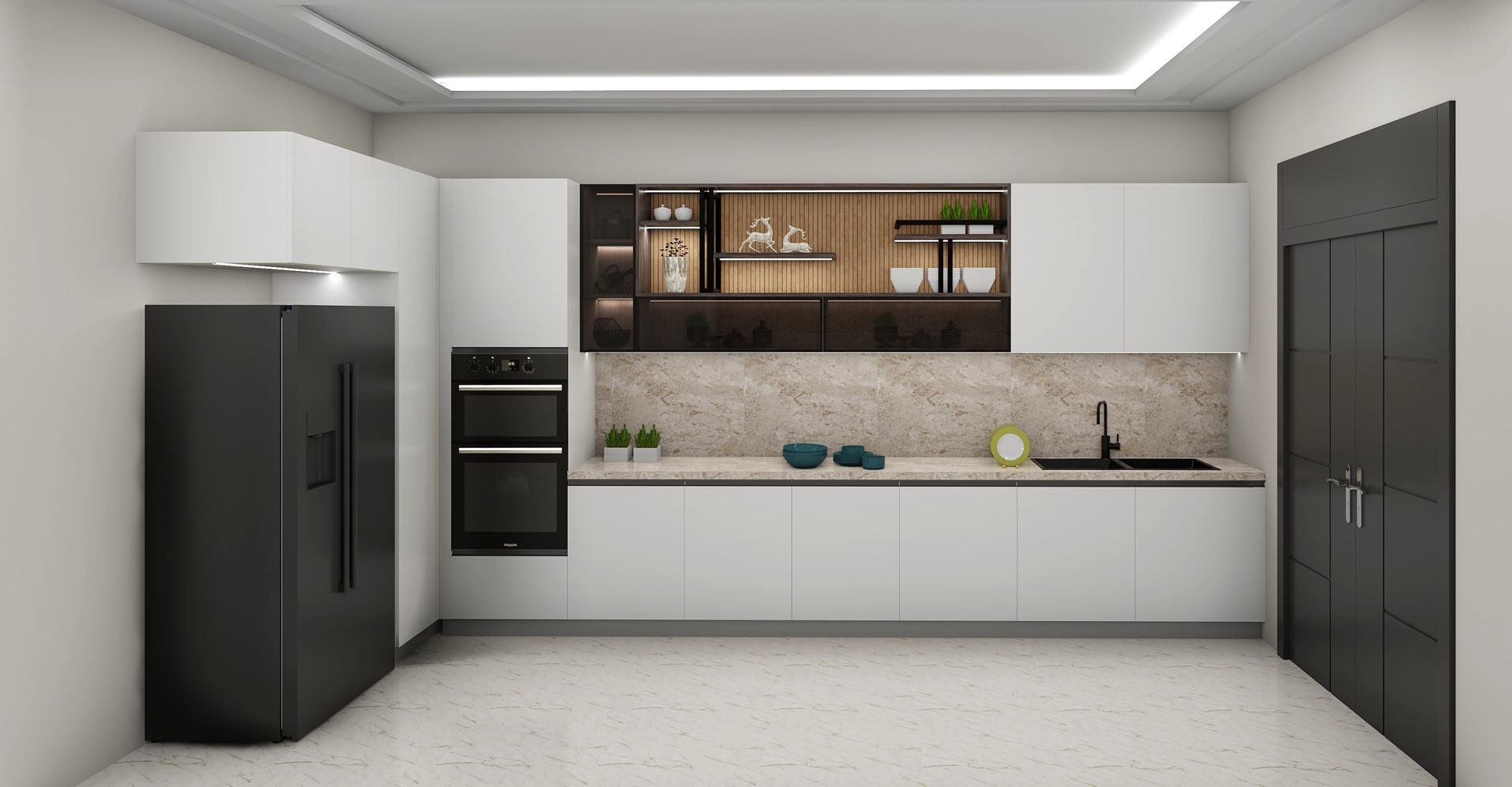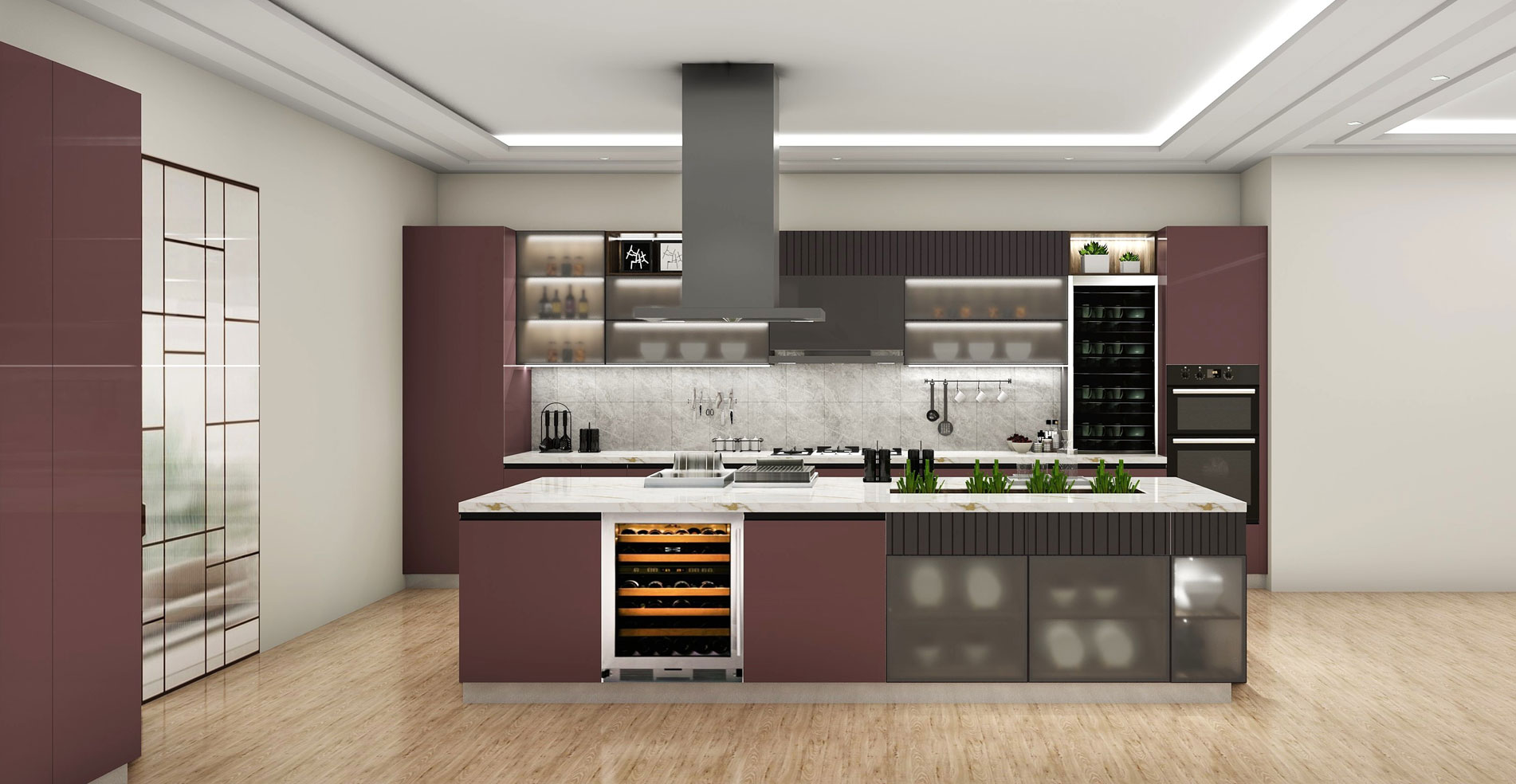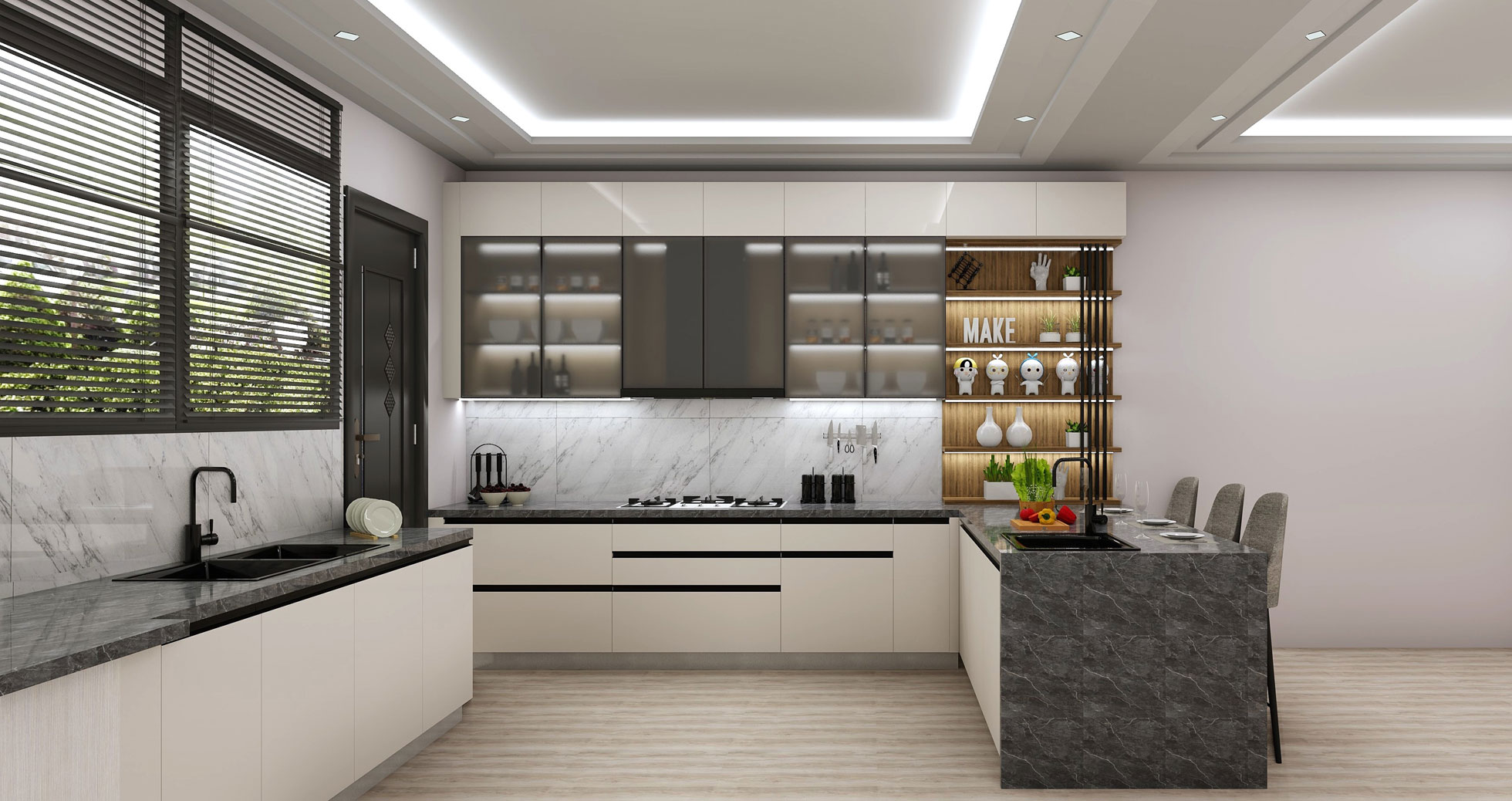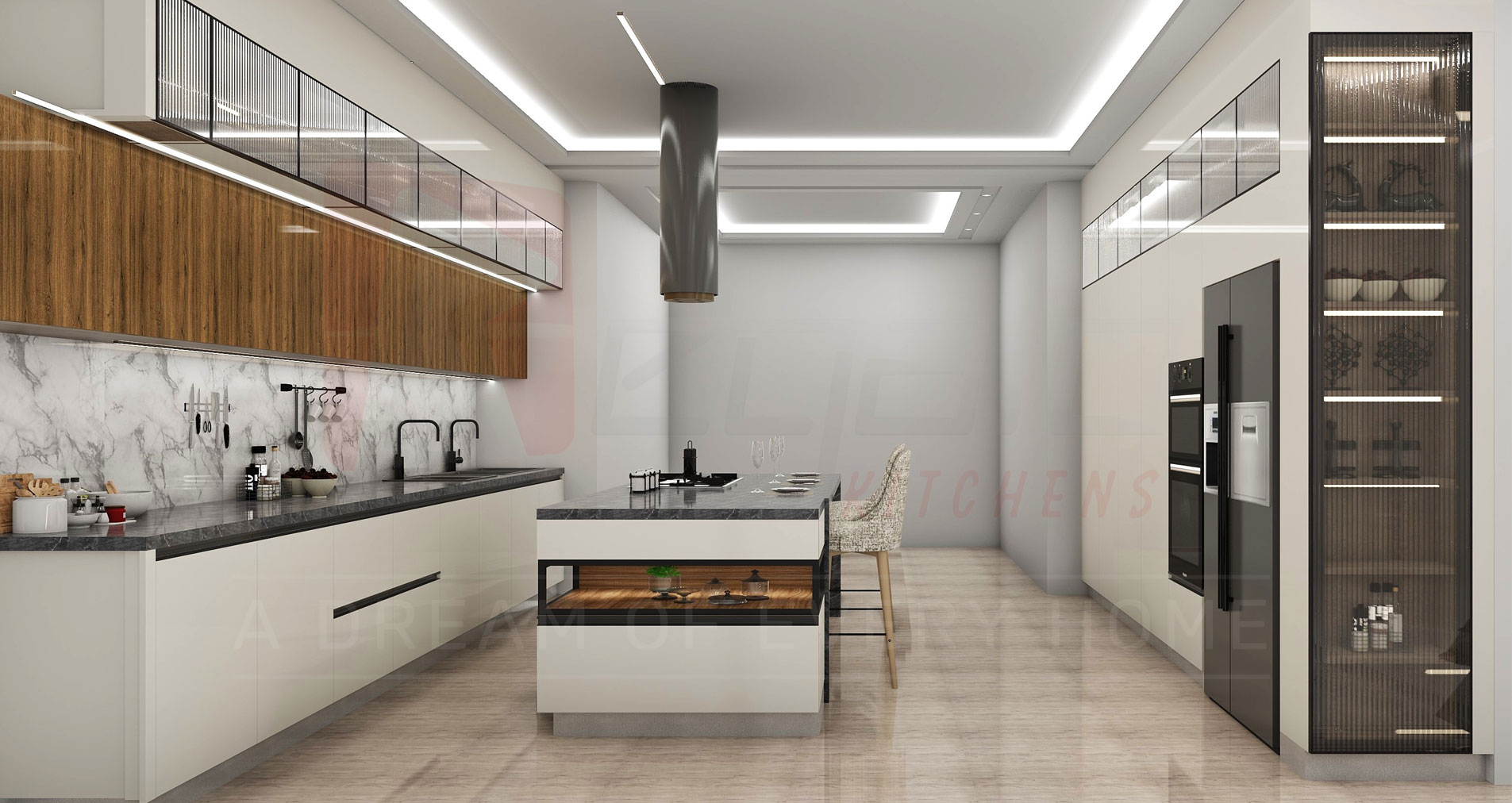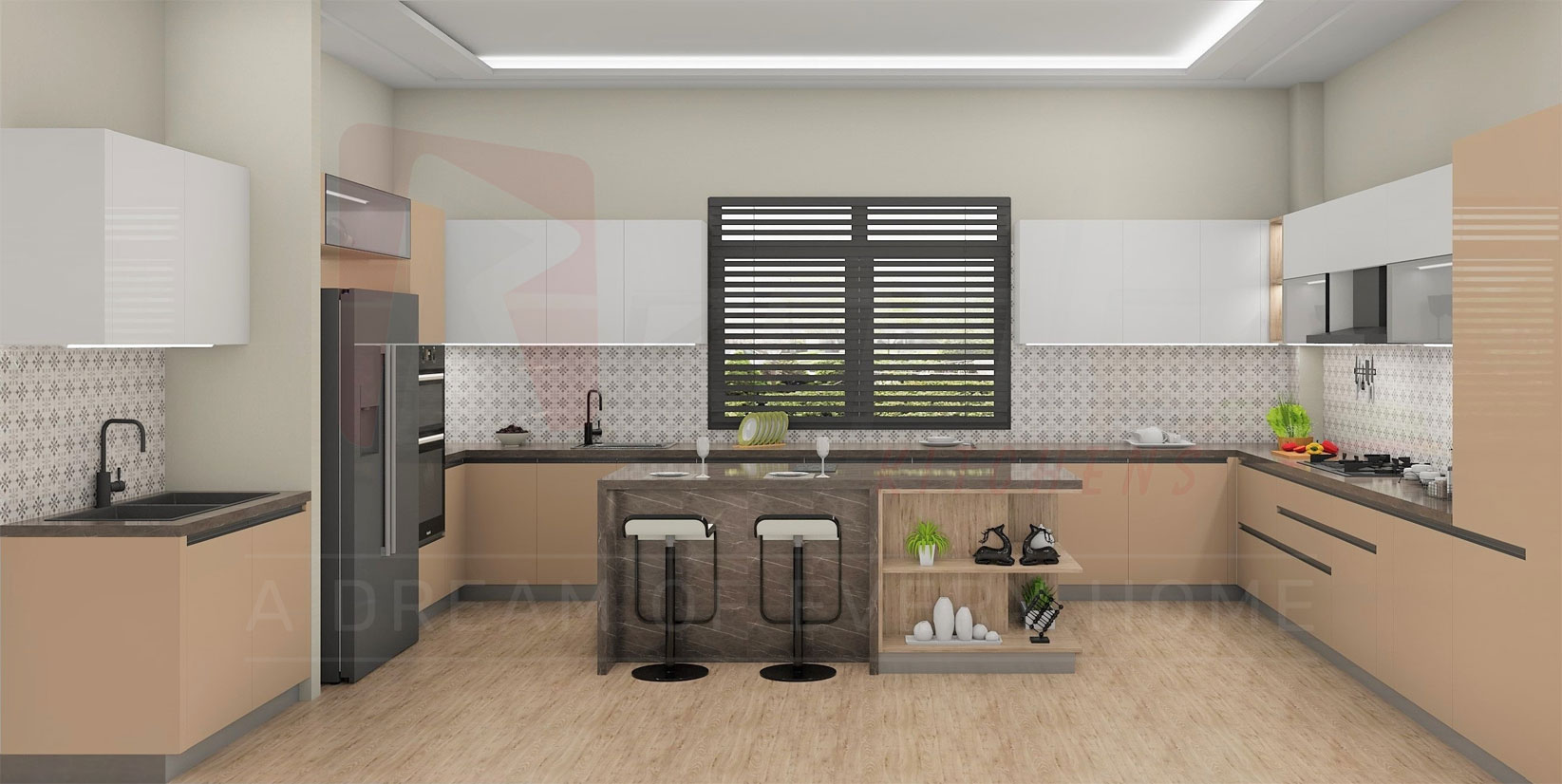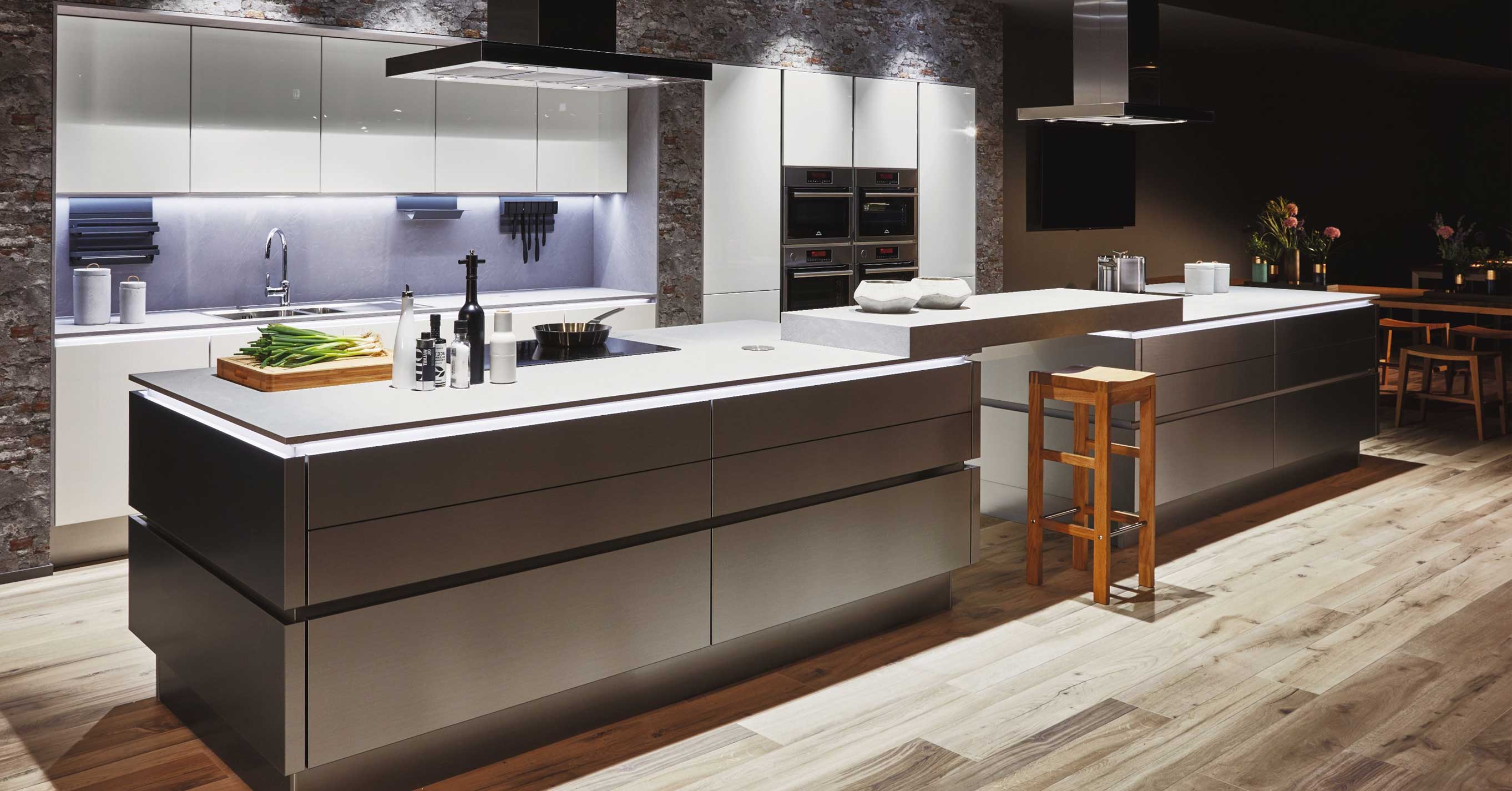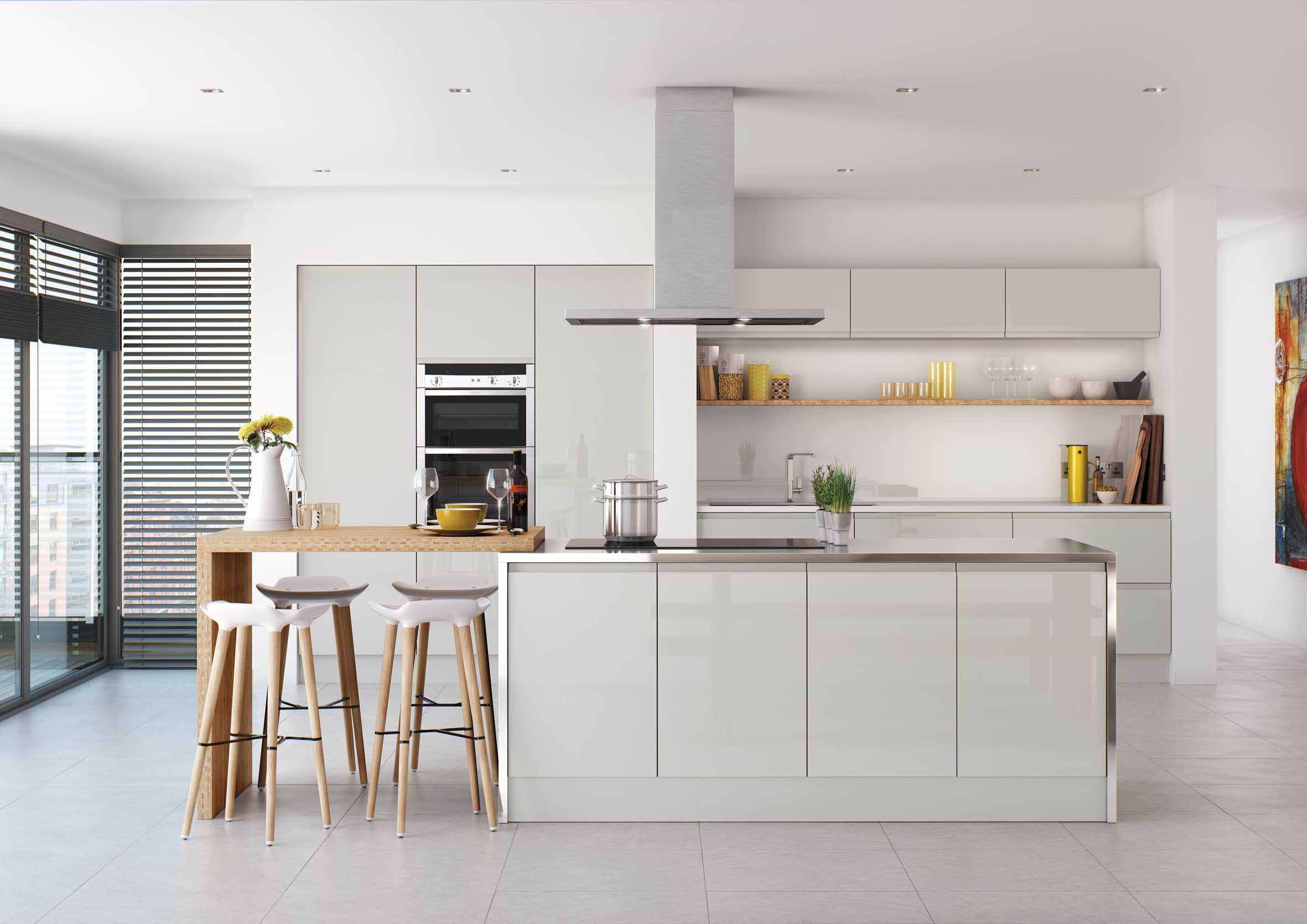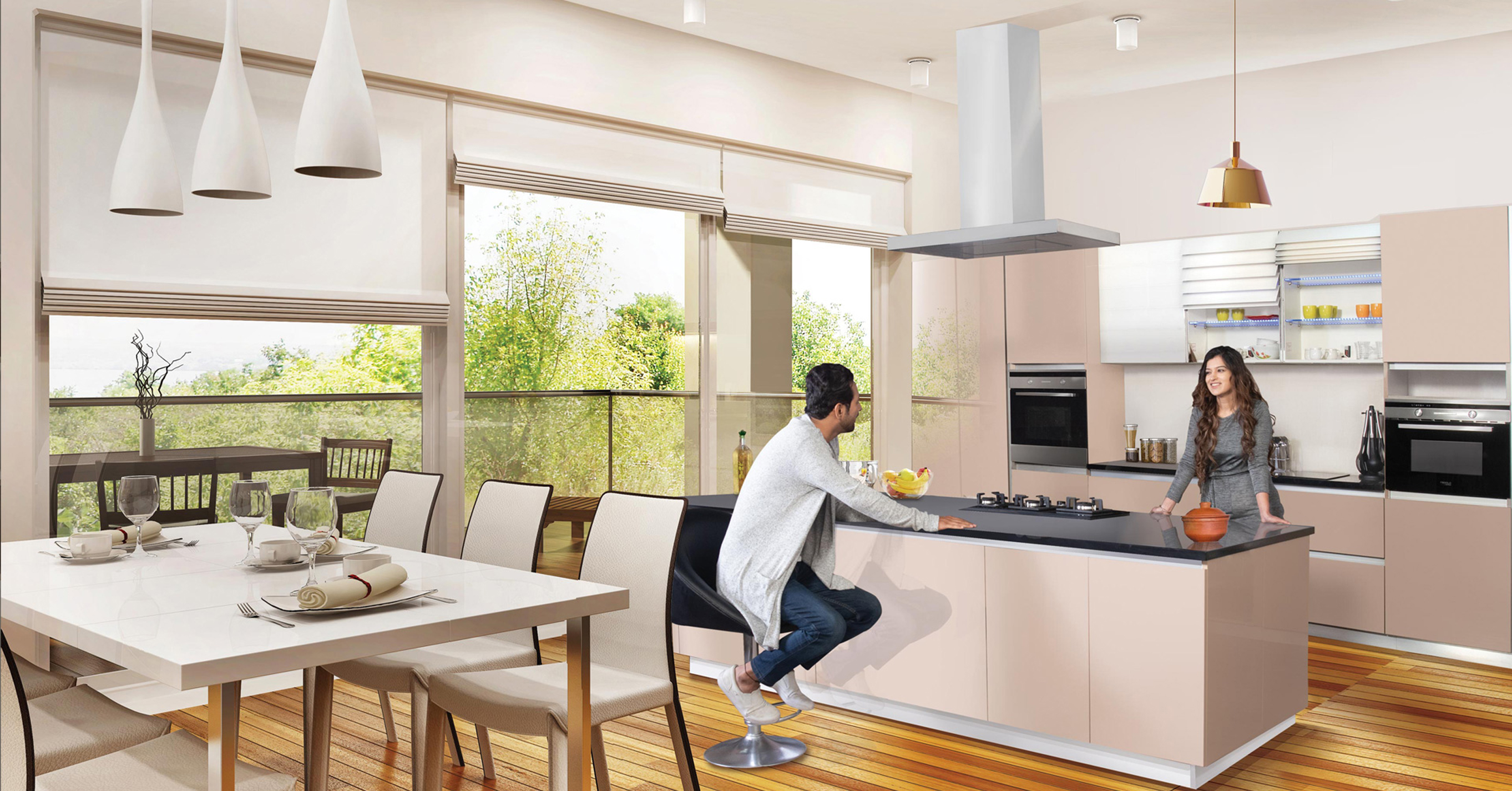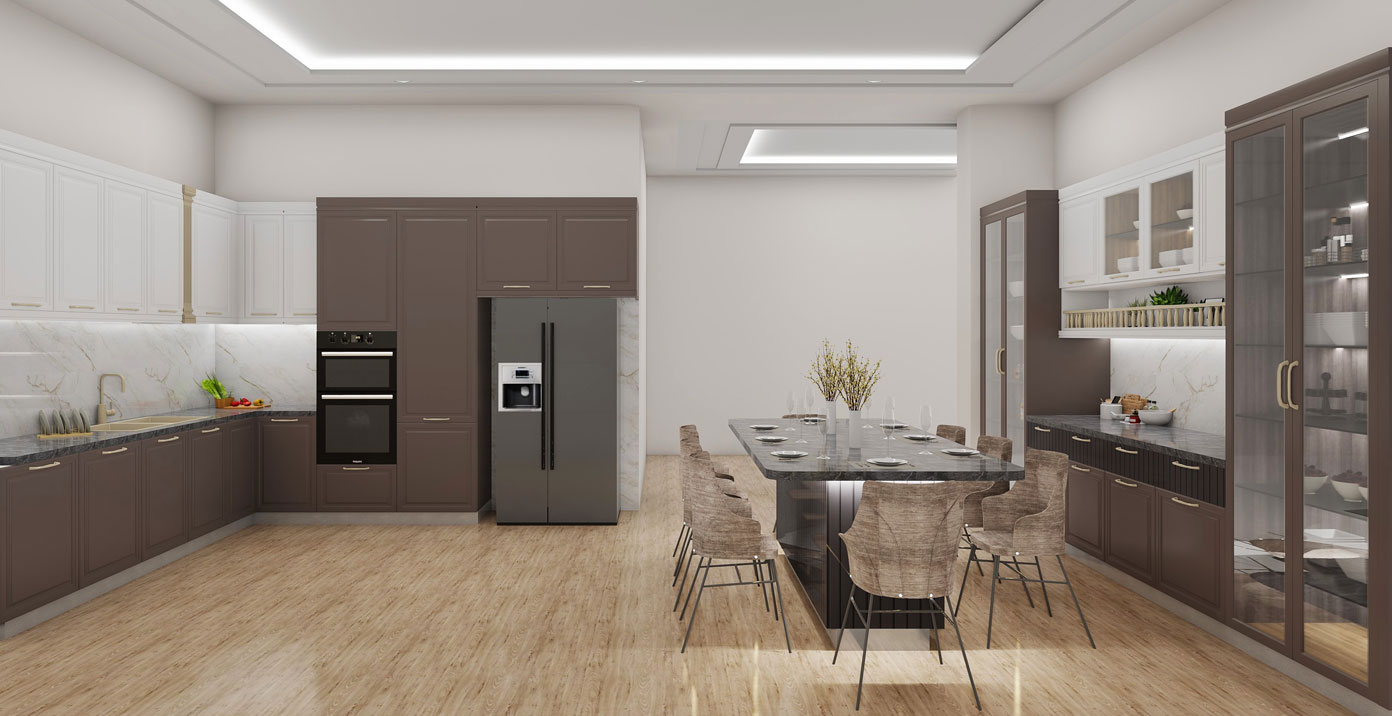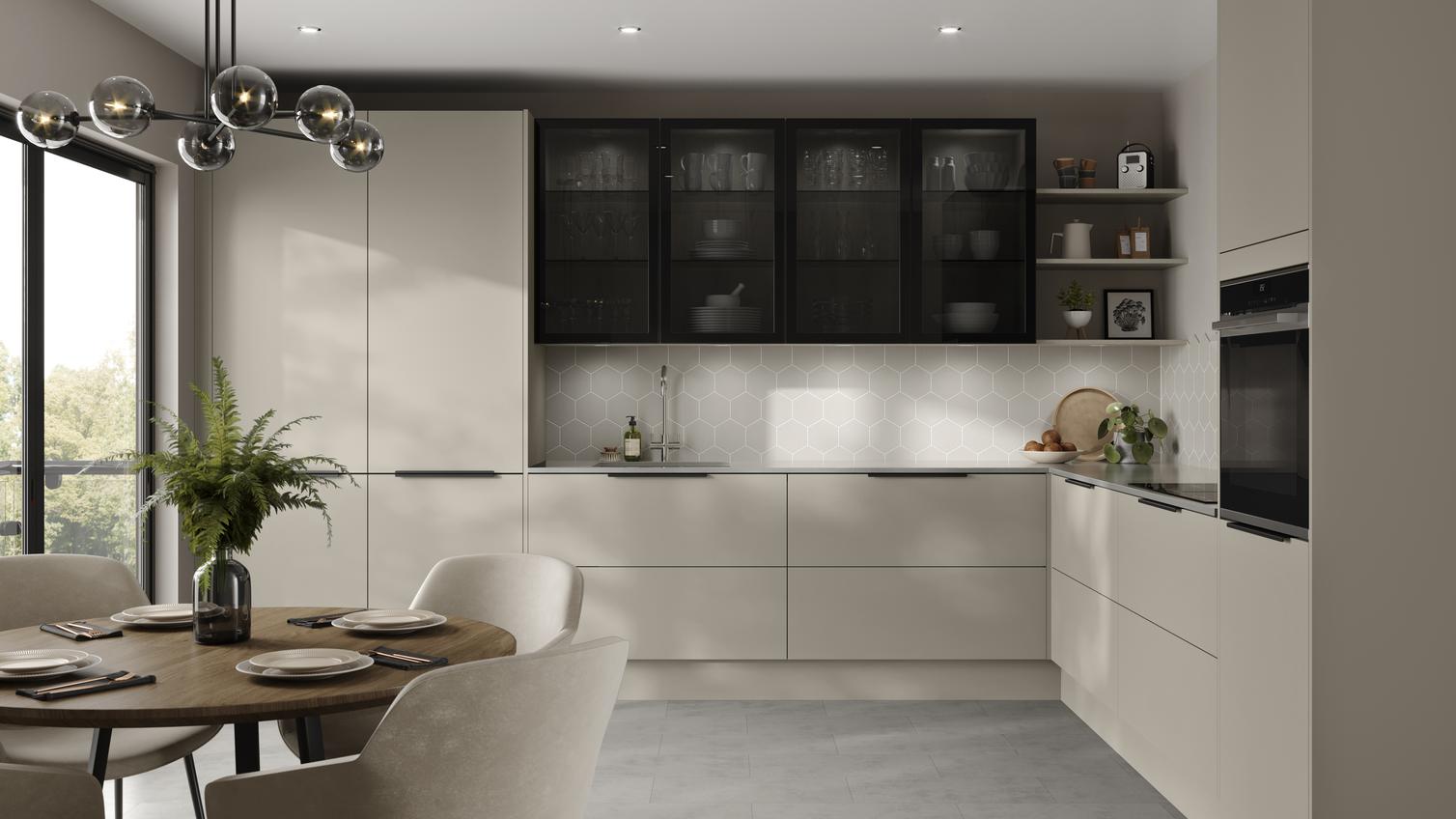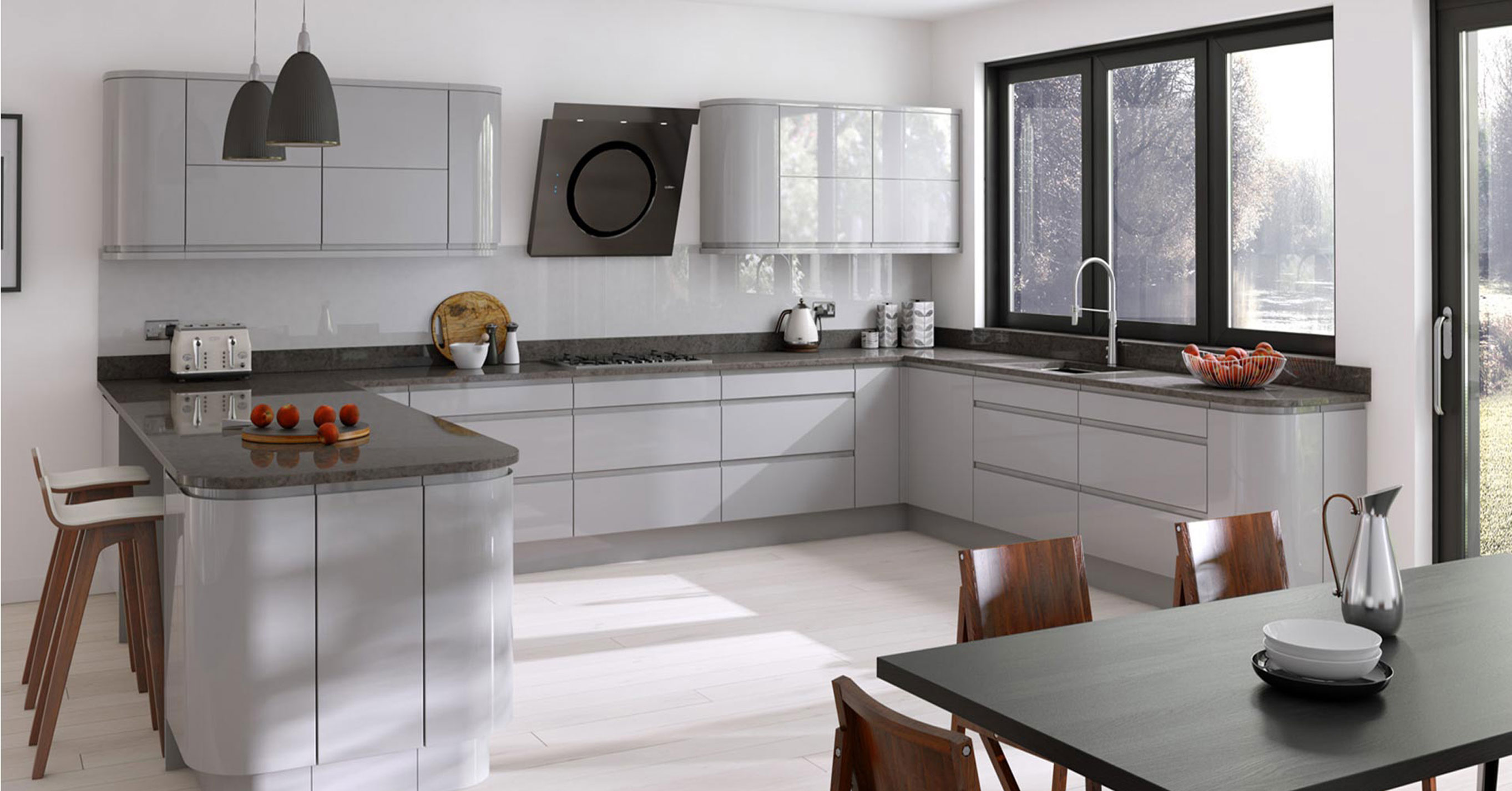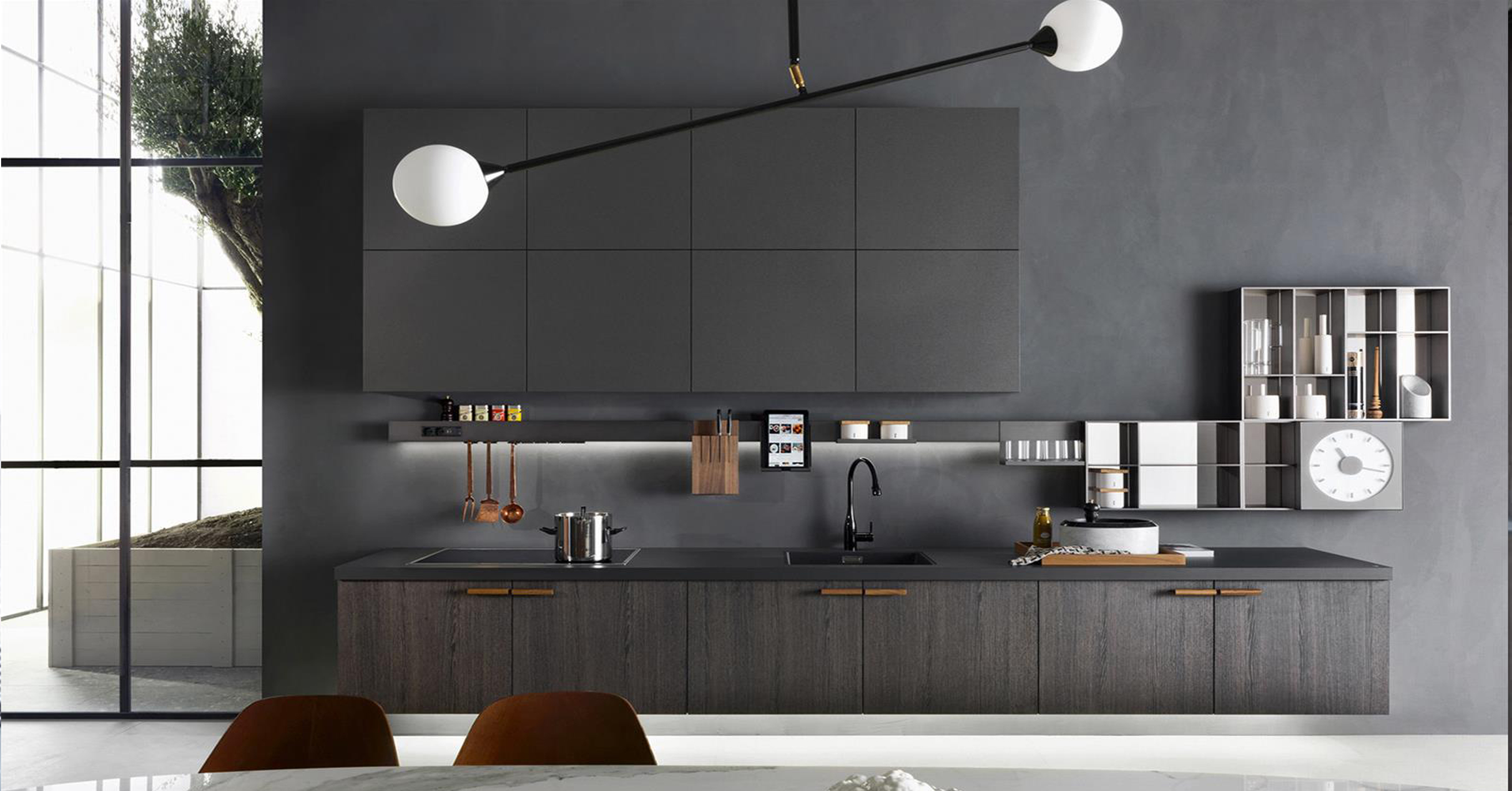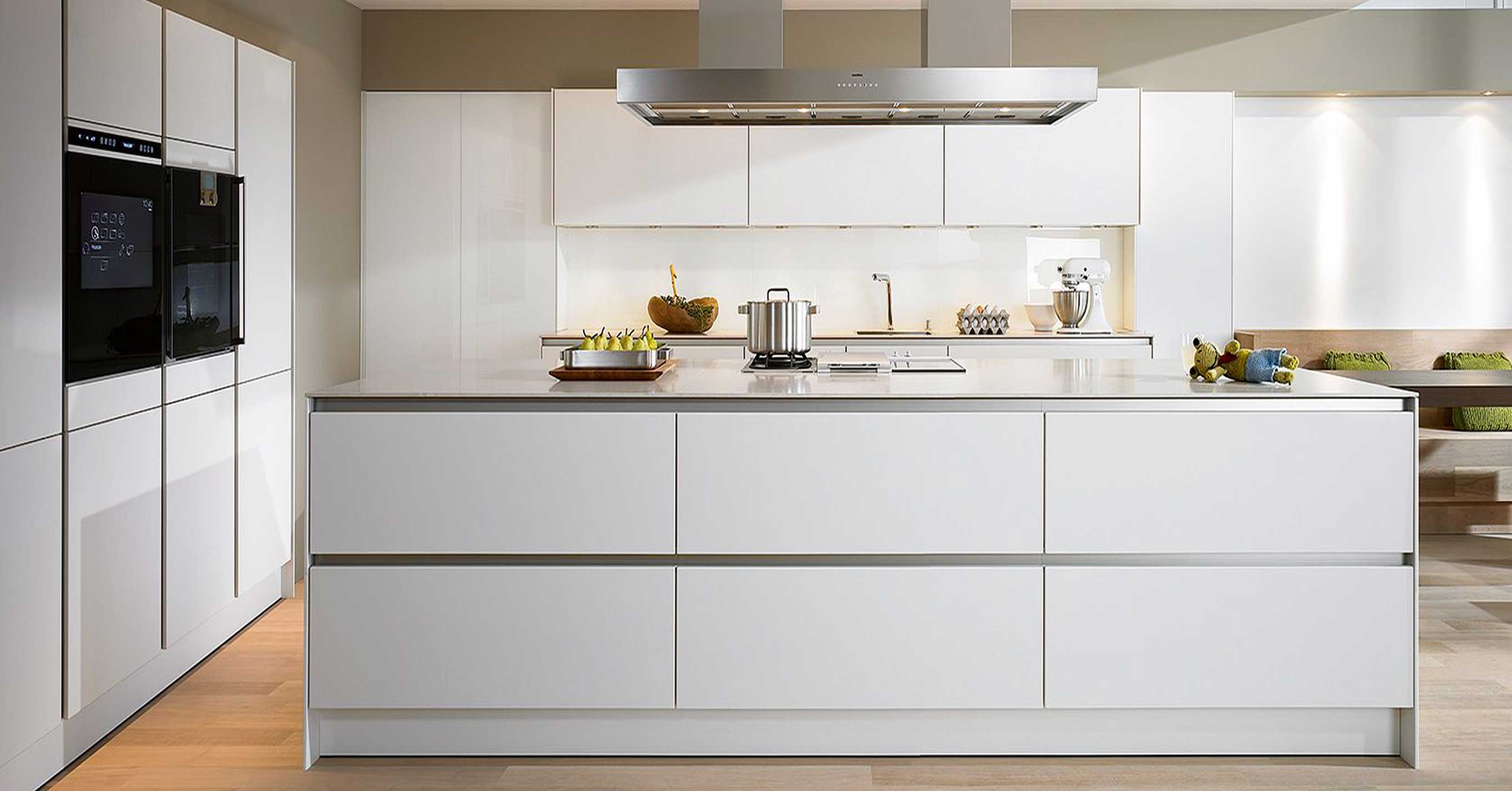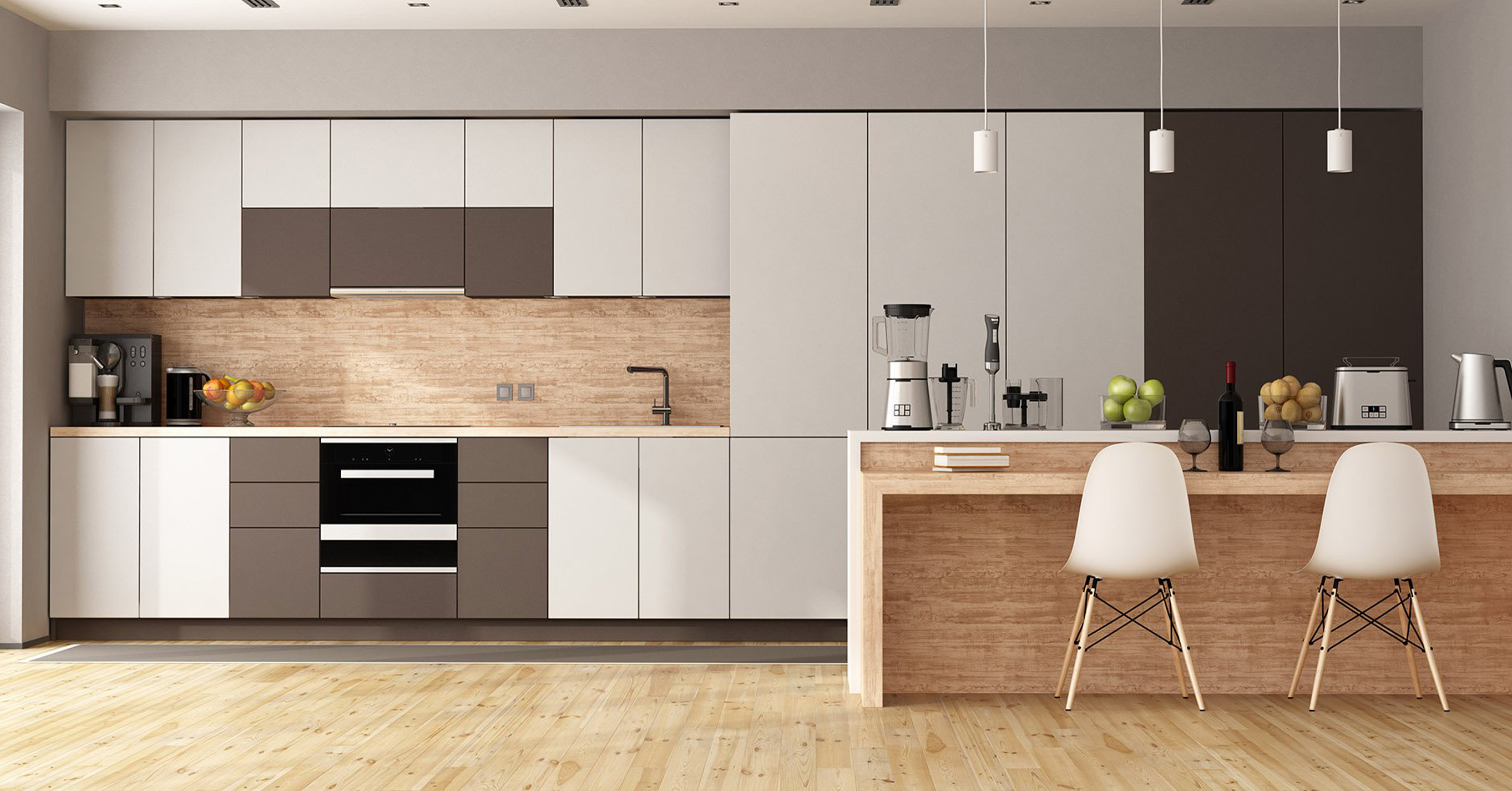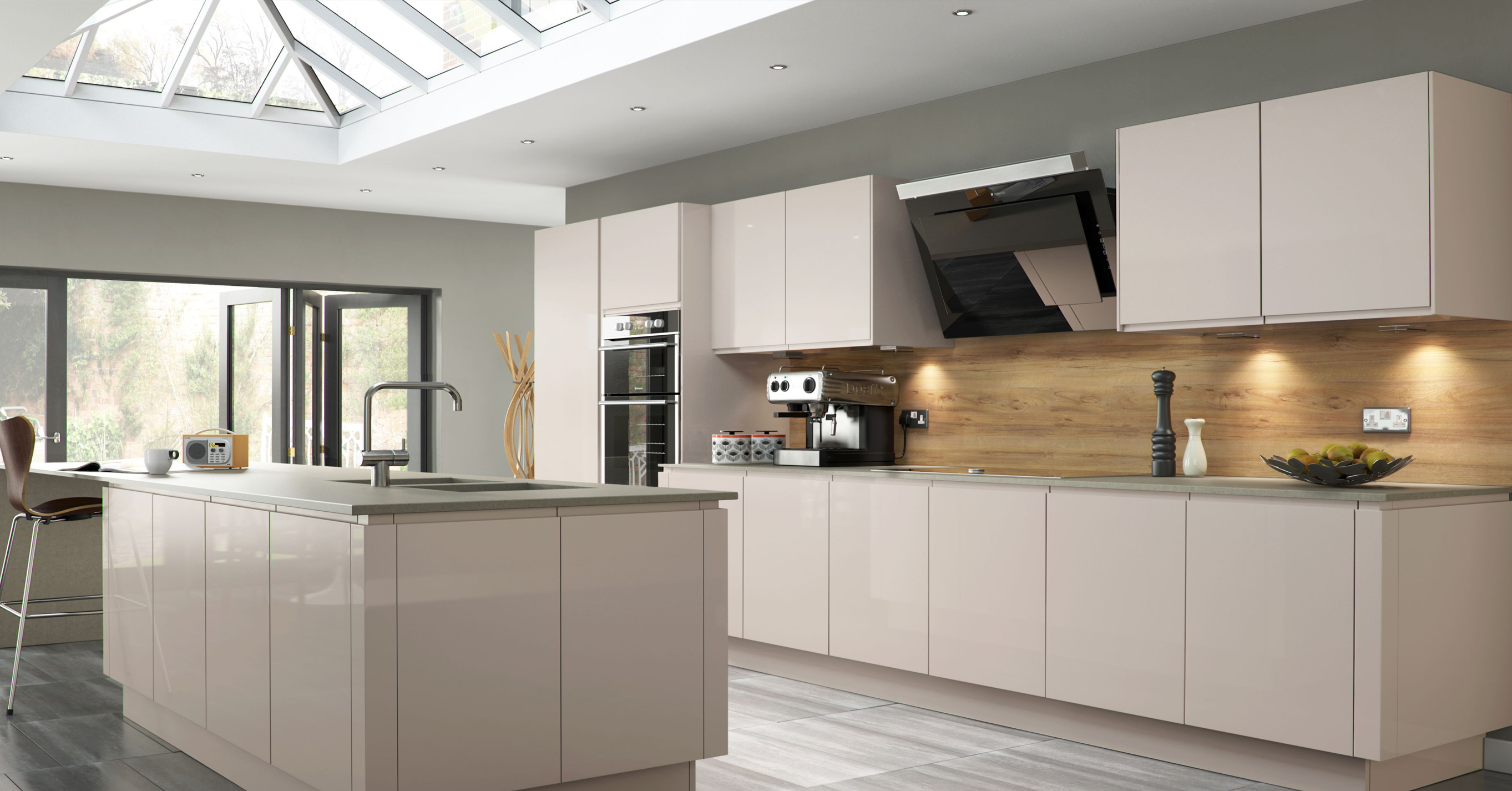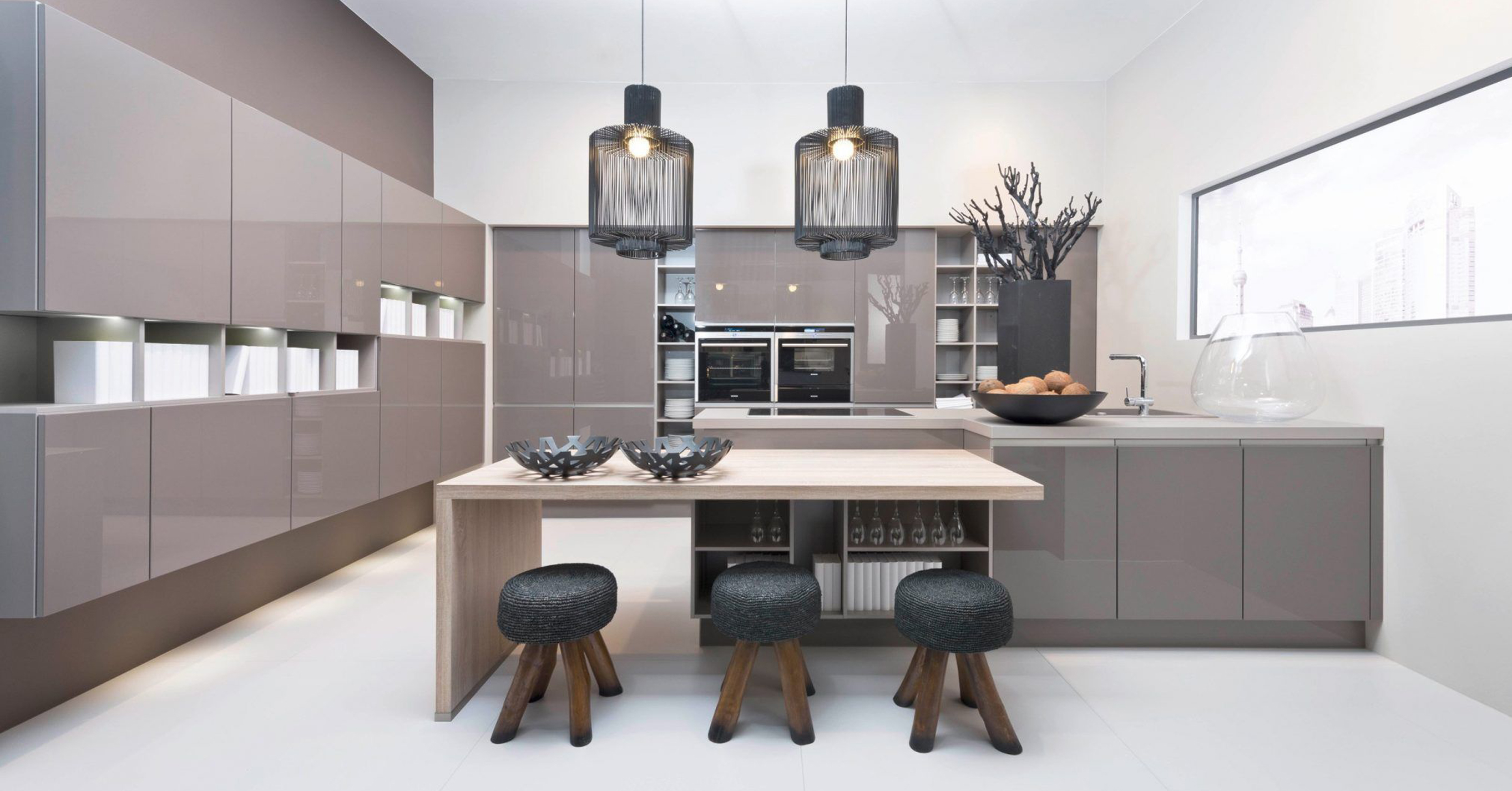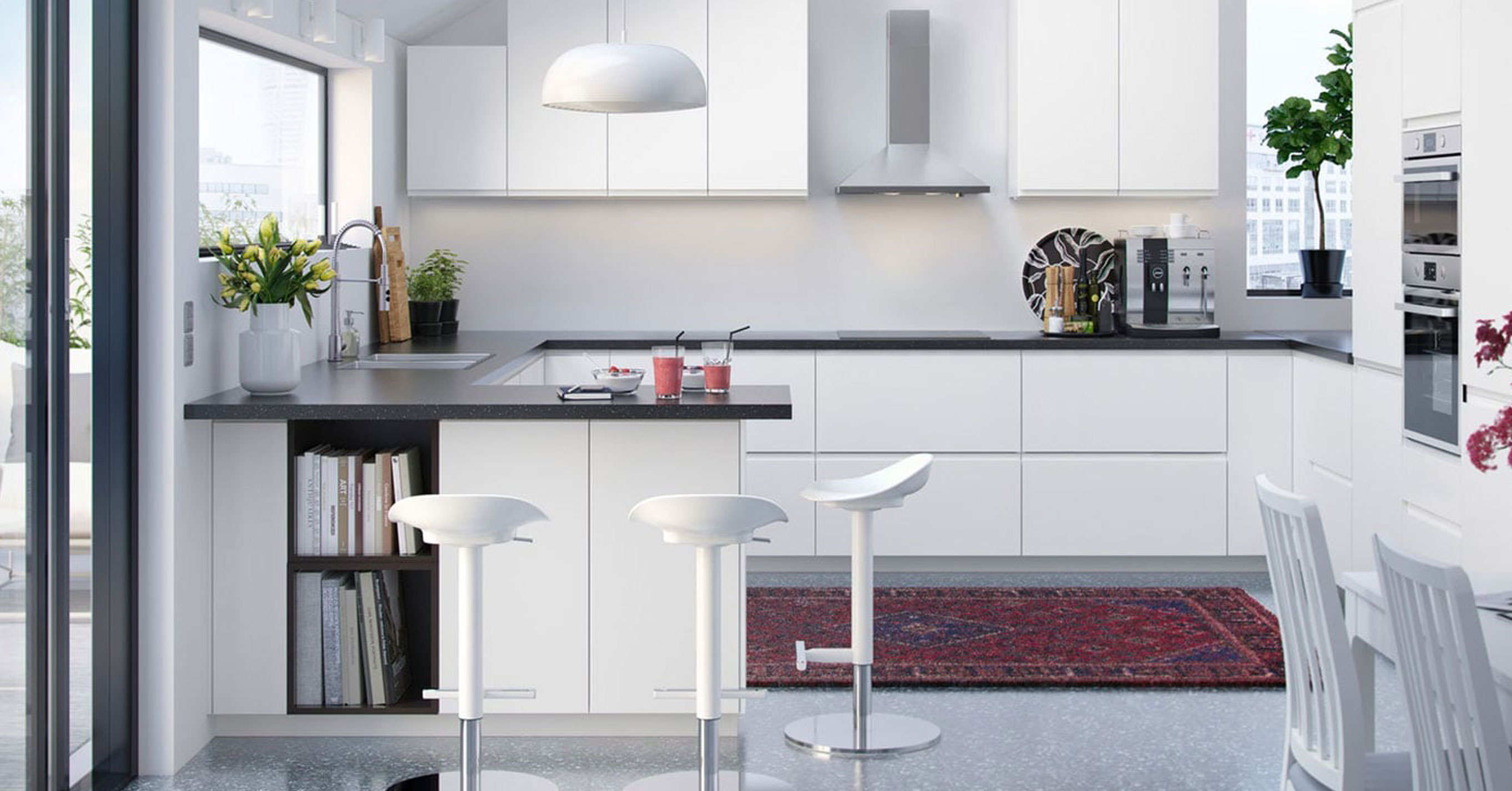Corporate Office : B-89/ B Sector-63, Noida Uttar Pradesh -201301
Modular Kitchen Design: Check Theme, Designs
- By Admin
- On June 08, 2024
Introduction To Modular Kitchen Design
A modular kitchen design smoothly combines abilities and beauty, redefining modern home interiors. By reviewing the theme and designs, homeowners may personalize their cooking area to fit their unique style while also increasing efficiency. Themes range from elegant, minimalist layouts with clean lines and monochromatic color palettes to vivid, varied themes overflowing with bold hues and textures. Understanding smart kitchen designs may help you create a place that is both beautiful and functional, whether you're renovating an existing kitchen or building one from the ground up.Regalo Kitchens specializes in crafting innovative modular kitchen design, offering homeowners the freedom to create bespoke culinary spaces tailored to their unique tastes and requirements. Our modular kitchen layouts include standardized, pre-made cabinet elements that can be easily installed in a wide range of configurations, providing unrivaled flexibility and convenience. Regalo Kitchens offers a wide choice of sizes, styles, and finishes, allowing consumers to easily create their dream kitchen.
Themes in Modular Kitchen Design
Choosing a theme for your smart kitchen is a vital part of the design process. The theme establishes the tone for the overall appearance and feel of the kitchen, influencing everything from the color palette to the materials utilized. Here are some common themes to consider:1. Contemporary
A modern modular kitchen design is distinguished by its clean lines, minimalistic elements, and emphasis on functionality. It frequently features handleless cabinets, integrated appliances, and a monochrome color scheme with dramatic accents. Materials such as stainless steel, glass, and high-gloss finishes are frequently employed to achieve a clean and modern appearance.2. Traditional
A traditional modular kitchen design may be ideal for individuals who like a more classic look. Ornate cabinet designs, rich wood treatments, and elaborate moldings are common aspects in this genre. Warm hues and natural materials like wood and stone are predominant in the kitchen, creating a pleasant and inviting ambiance.3. Rustic
Rustic modular kitchens bring a touch of the countryside into the home. This theme is characterized by the use of natural materials, such as reclaimed wood, stone, and brick. Open shelving, farmhouse sinks, and vintage fixtures are common elements, creating a warm and homely environment that is both charming and functional.4. Industrial
An industrial modular kitchen design includes raw and unpolished materials. Consider exposed brick walls, metal surfaces, and industrial lighting. This style frequently uses a variety of textures and materials, such as concrete worktops, stainless steel equipment, and reclaimed wood, to give the kitchen an edgy and modern appearance.5. Scandinavian
Scandinavian design is noted for its simplicity, functionality, and emphasis on natural lighting. A Scandinavian modular kitchen design often has light-colored cabinetry, open storage, and simple hardware. Natural elements, such as wood and stone, are combined with a neutral color palette to produce a light, spacious, and welcome environment.Design Elements of a Modular Kitchen
When planning a modular kitchen, several key design elements need to be considered to ensure the space is both functional and aesthetically pleasing.1. Layout
The layout of your kitchen is crucial for optimizing space and ensuring smooth workflow. Common kitchen layouts include:L-Shaped: This plan is ideal for compact rooms since it provides plenty of counter space and allows for quick access to cooking, cleaning, and storage areas.
U-Shaped: Perfect for larger kitchens, the U-shaped layout offers extensive counter space and storage, making it easy to access all areas of the modular kitchen design.
Island: An island layout provides more counter space and storage in the center of the kitchen. It can also be used as a dining room or a space for informal meetings.
Galley: A galley plan has two parallel worktops, which maximizes productivity in a small space. It's great for kitchens with little space.
2. Storage Solutions
Effective storage is a hallmark of smart kitchen design. Consider incorporating the following storage solutions:Pull-Out Cabinets: These cabinets make it easy to access items stored at the back.
Corner Units: Utilize corner spaces with rotating shelves or pull-out trays.
Overhead Cabinets: Maximize vertical space by installing cabinets that reach the ceiling.
Drawer Organizers: Organize utensils and small items with customisable drawer dividers.
3. Materials and Finishes
Choosing the proper materials and finishes is critical to the longevity and aesthetics of your modular kitchen design. Common materials used in smart kitchens are:Cabinetry: MDF (Medium-Density Fiberboard), HDF (High-Density Fiberboard), and plywood are popular materials due to their strength and versatility.
Countertops: Options range from granite and quartz to laminate and solid surface materials.
Backsplash: Tiles, glass, and stainless steel are common materials that can provide both design and protection for your kitchen walls.
4. Lighting
Proper lighting improves both the functionality and ambiance of your kitchen. To create a well-lit and inviting space, use a blend of task, ambient, and accent lighting.Task Lighting: Focuses on areas where specific tasks are performed, such as under-cabinet lights for countertops.
Ambient Lighting: Provides overall illumination, often through ceiling fixtures or recessed lights.
Accent Lighting: Highlights specific features or areas, like pendant lights over an island or LED strips inside cabinets.
5. Appliances
Choosing the correct equipment is critical to the effectiveness of your smart kitchen. Built-in appliances, such as ovens, microwaves, and dishwashers, can be easily integrated into the cabinetry, resulting in a consistent appearance. Energy-efficient appliances are also a good option for lowering power bills and decreasing environmental impact.Conclusion
Modular kitchen design represents the perfect blend of functionality, style, and convenience. Understanding the many themes and design components allows you to construct a kitchen that not only satisfies your functional demands but also reflects your unique style. Whether you prefer the clean style of a contemporary kitchen or the warm feel of a rustic one, a modular kitchen provides the flexibility and customization options you need to create your ideal kitchen.Recent Articles
-
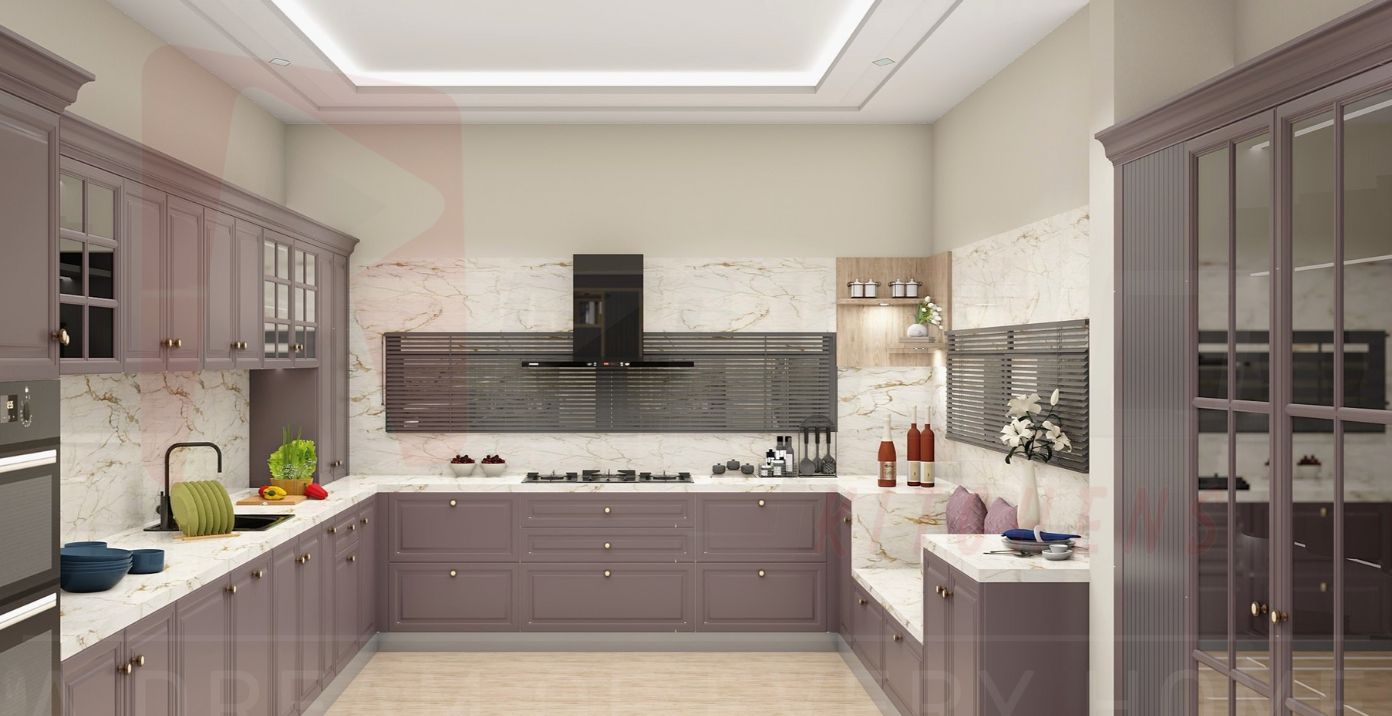 Aug 16, 2024
Aug 16, 2024Natural Lightning's Role in Modular Kitchen Design
-
Aug 12, 2024
Explore the Future of Modular Kitchen Design in 2024
-
Aug 03, 2024
Modular Kitchen Design for Every Home
-
Aug 01, 2024
The Future of Cooking: Smart Modular Kitchen Design
-
July 29, 2024
Smart Technology Integration in Modular Kitchen Design
-
July 26, 2024
Best Modular Kitchen Design for Any Space in 2024
-
July 24, 2024
Smart Modular Kitchen Design for Any Budget
-
July 22, 2024
Eco-Friendly Modular Kitchen Design Trends
-
July 20, 2024
Modular Kitchen Design: Perfect Layouts & Lighting
-
July 18, 2024
Modular Kitchen Design for Open Floor Plans
-
July 15, 2024
Luxurious Modular Kitchen Design with Affordable Price
-
July 12, 2024
Stylish Modular Kitchen Design for Modern Homes
-
July 10, 2024
Trendy Modular Kitchen Design for Every Home
-
July 08, 2024
Modular Kitchen Design with a Classic Touch in 2024
-
July 03, 2024
10 Reasons to Consider a Modular Kitchen Design
-
July 02, 2024
Unique Modular Kitchen Design Features
-
June 28, 2024
Trendy Smart Modular Kitchen Design
-
June 27, 2024
Stylish and Functional: Modular Kitchen Design Trends
-
June 24, 2024
Creating a Stylish and Useful Modular Kitchen Design
-
June 22, 2024
Helpful Tips for Modular Kitchen Design
-
June 19, 2024
12 Trendy Ideas For Modular Kitchen Design
-
June 12, 2024
1100+ Modular Kitchen Designs In India | Regalo Kitchens
-
May 28, 2024
Best Strategies for Creating Modular Kitchen Design
-
May 27, 2024
Modular Kitchen Design Ideas and Inspirations
-
May 23, 2024
Tips Before Investing in a Modular Kitchen Design
-
May 21, 2024
Tips Before Investing in a Modular Kitchen Design
-
Apr. 19, 2024
The Effect of Modular Kitchen Design on Cooking
-
Apr. 10, 2024
Regalo Kitchens: Best Modular Kitchen Design in Gurgaon
-
Apr. 8, 2024
Spacious Modular kitchen Design | Regalo Kitchens
-
Apr. 1, 2024
67 Modular Kitchen Design Ideas Images 2024
-
Mar 28, 2024
Best Modular Kitchen Design to Fulfill Your Needs
-
Mar 26, 2024
10 Modular Kitchen Design Ideas | Regalo Kitchens
-
Mar 20, 2024
120+ Modular Kitchen Designs Ideas
-
Mar 18, 2024
200+ L-Shape Modular Kitchen Design Ideas, And Cost
-
Mar 15, 2024
Modular Kitchen Designs for Home Online
-
Mar 15, 2024
Modular Kitchen Designs & Patterns in India
-
Mar 14, 2024
430 Best Modular Kitchen Designs ideas in 2024
-
Mar 12, 2024
125+ Modular Kitchen Designs | Kitchen Interiors
-
Mar 12, 2024
Modular Kitchen Designs and Ideas by Regalo Kitchens
-
Mar 12, 2024
Kitchen - Built Your Own Perfect Modular Kitchen
-
Mar 11, 2024
1000+ Modular Kitchen Designs With Suitable Prices

